Diary Entry
The breakdown on the La Cumbre mountain pass was very unfortunate. The car spends the next two weeks in the workshop. After replacing a few parts. I’m doing test rides back to La Cumbre and the behavior at altitude is improving, but not ideal yet. On these trips I can really enjoy the mountain panorama in the bright sunlight. I even pass a herd of llamas grazing at the edge of a stream.
After cleaning the cooling system and replacing the cooling cap and circuit, we will continue. In the meantime, we explore the administrative capital of Bolivia.
On paper, Sucre is the capital of Bolivia. However, most of the ministries and the seat of government in the country are in La Paz, making the city the highest administrative seat in the world.
The city center of Sopocachi is at an altitude of 3524 meters and we move into an Airbnb there again. All around us the skyscrapers and the built-up slopes of the mountains reach into the sky. We live in the heart of the city’s modern financial district. In the distance we can see Mount Illimani towering at 6438 meters like a mighty giant. Other 6000m mountains like the Huayna Potosi (6088 meters) are also in sight.
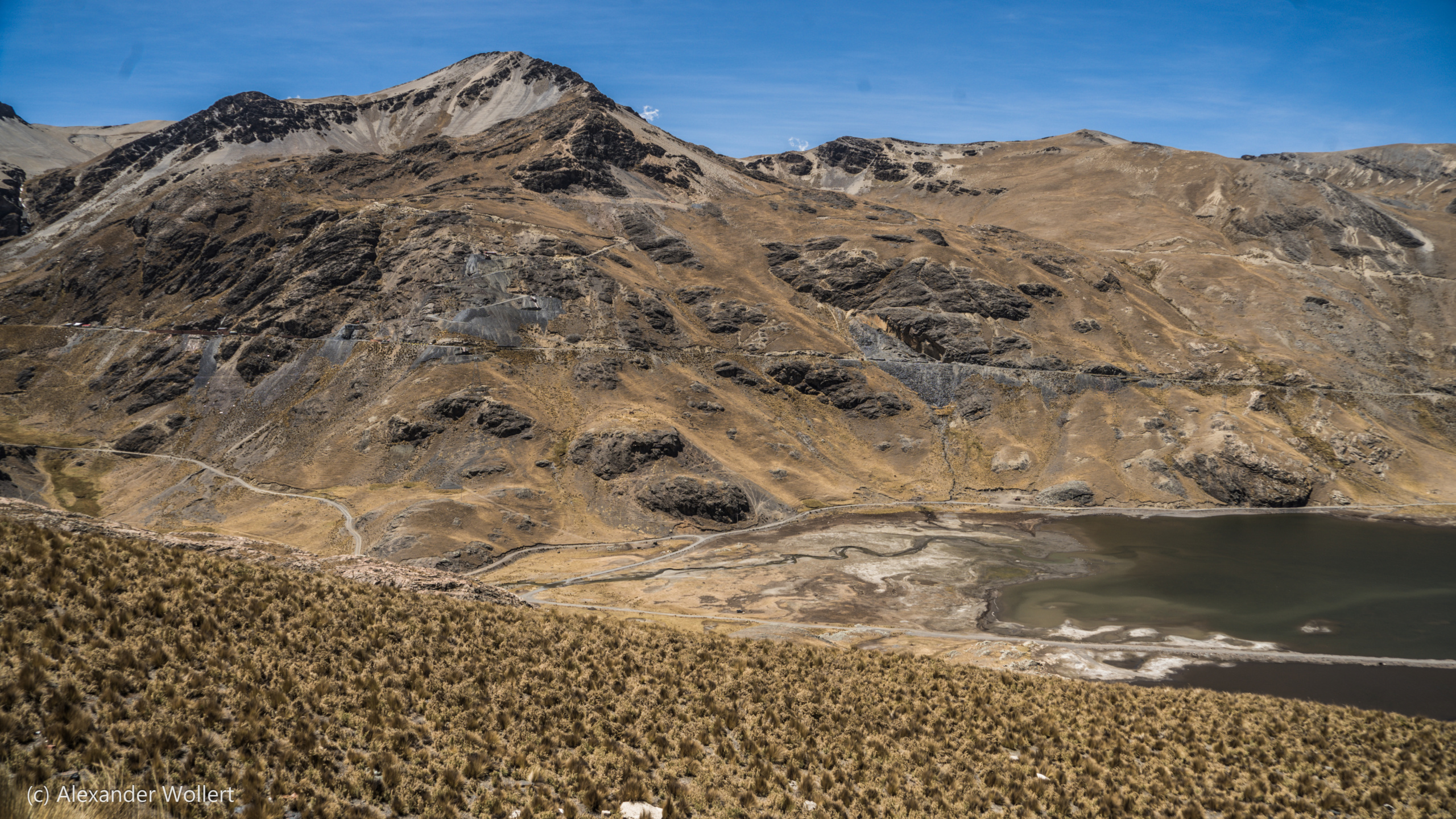
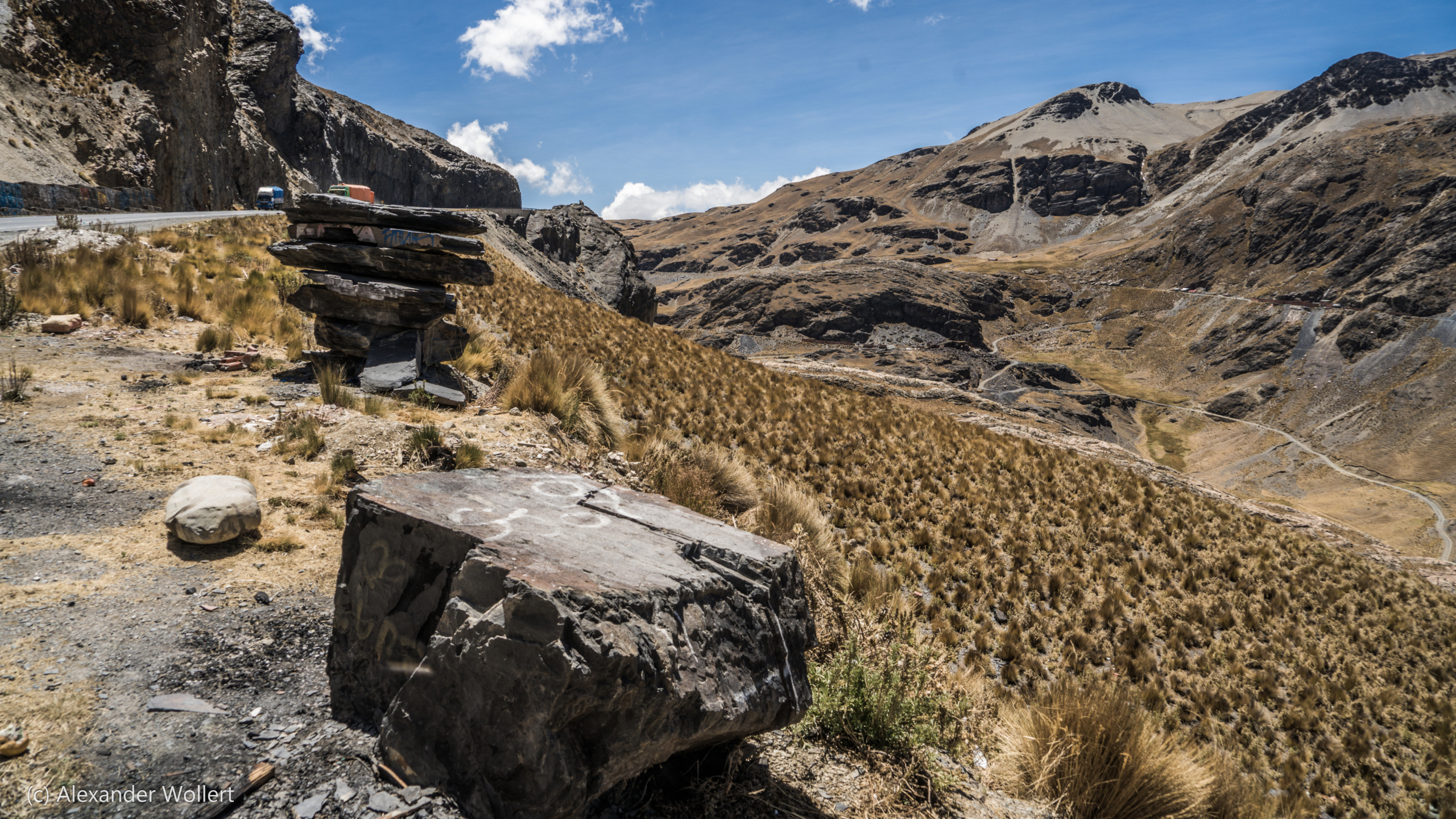


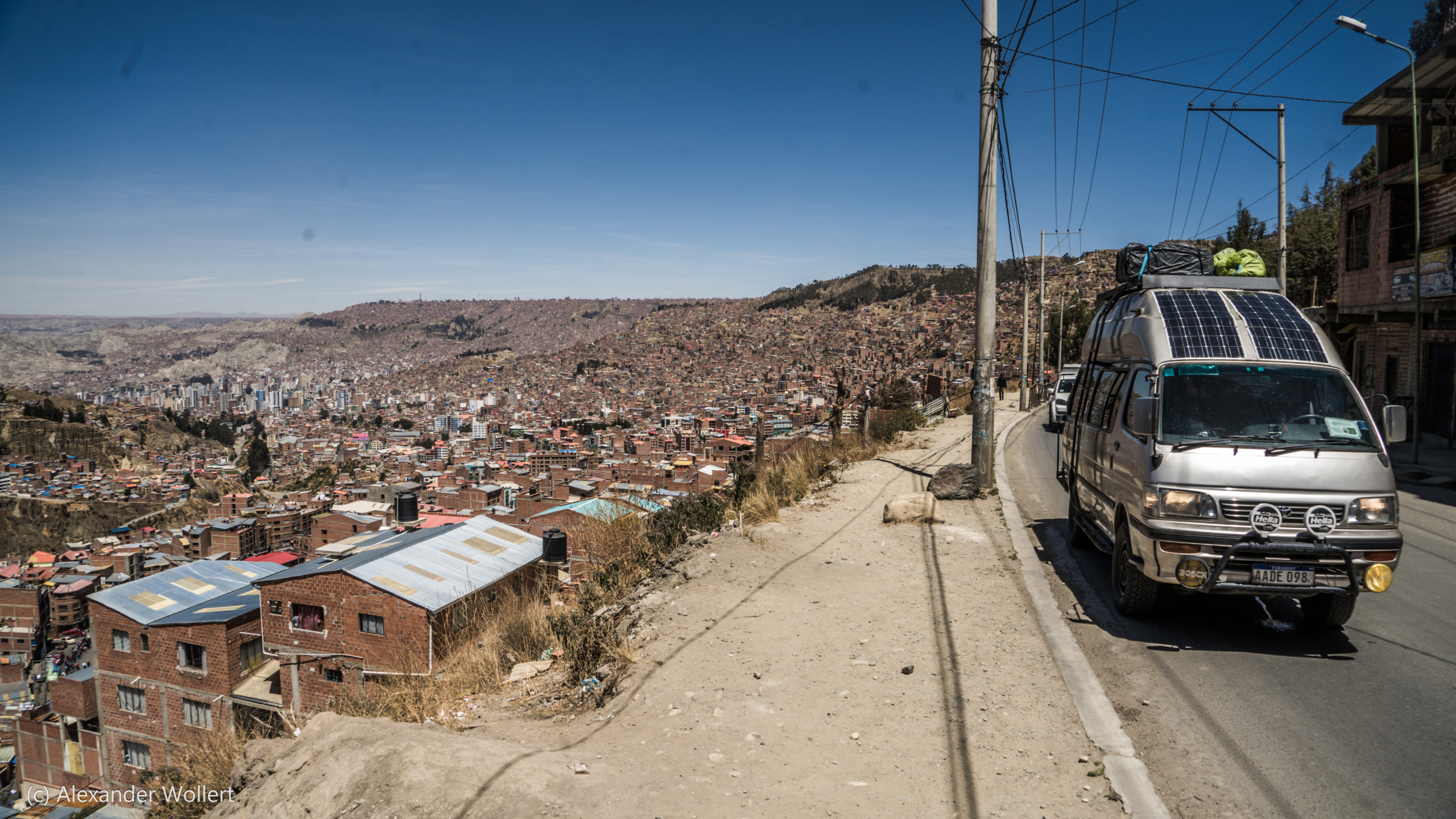
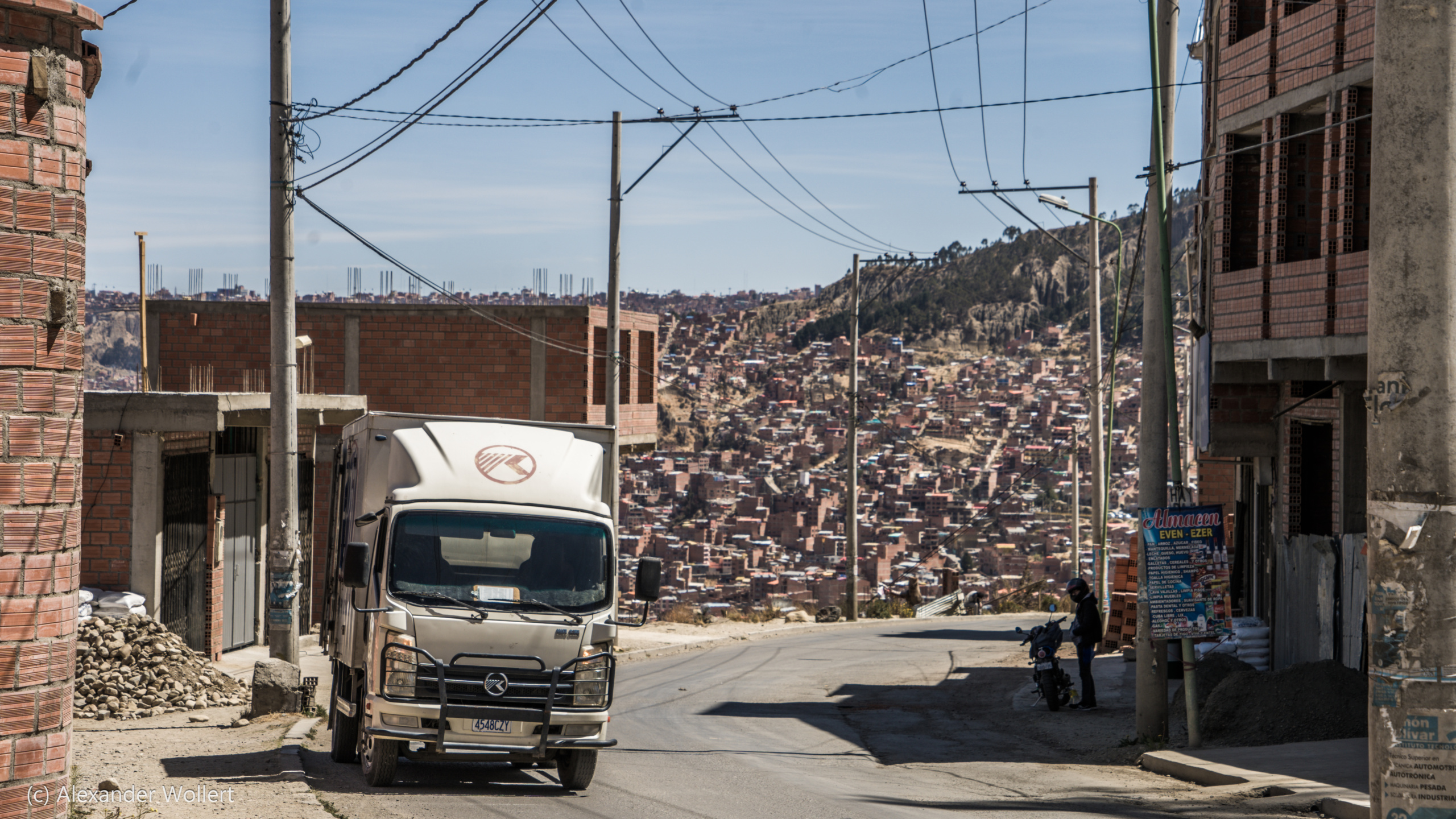

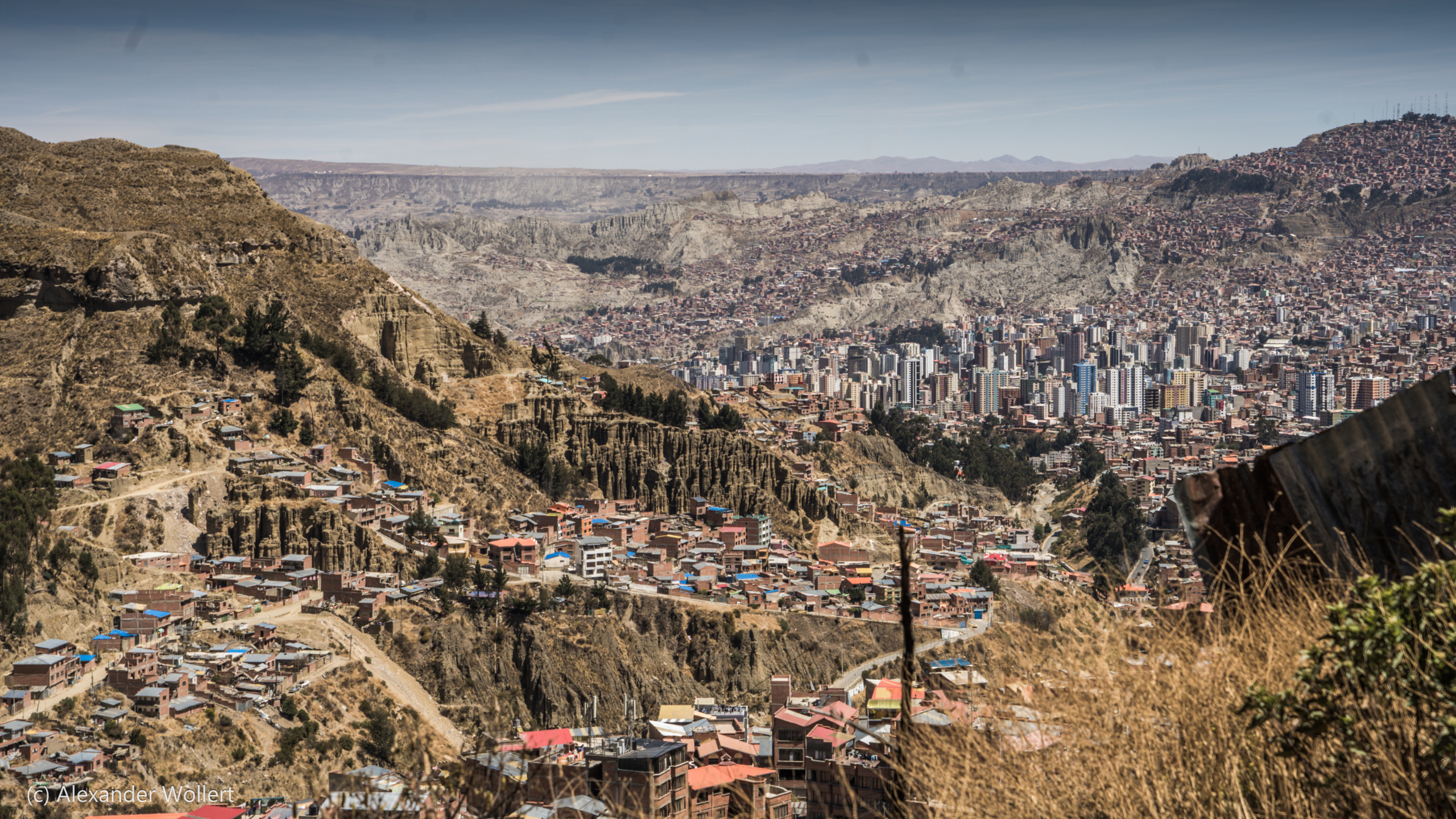
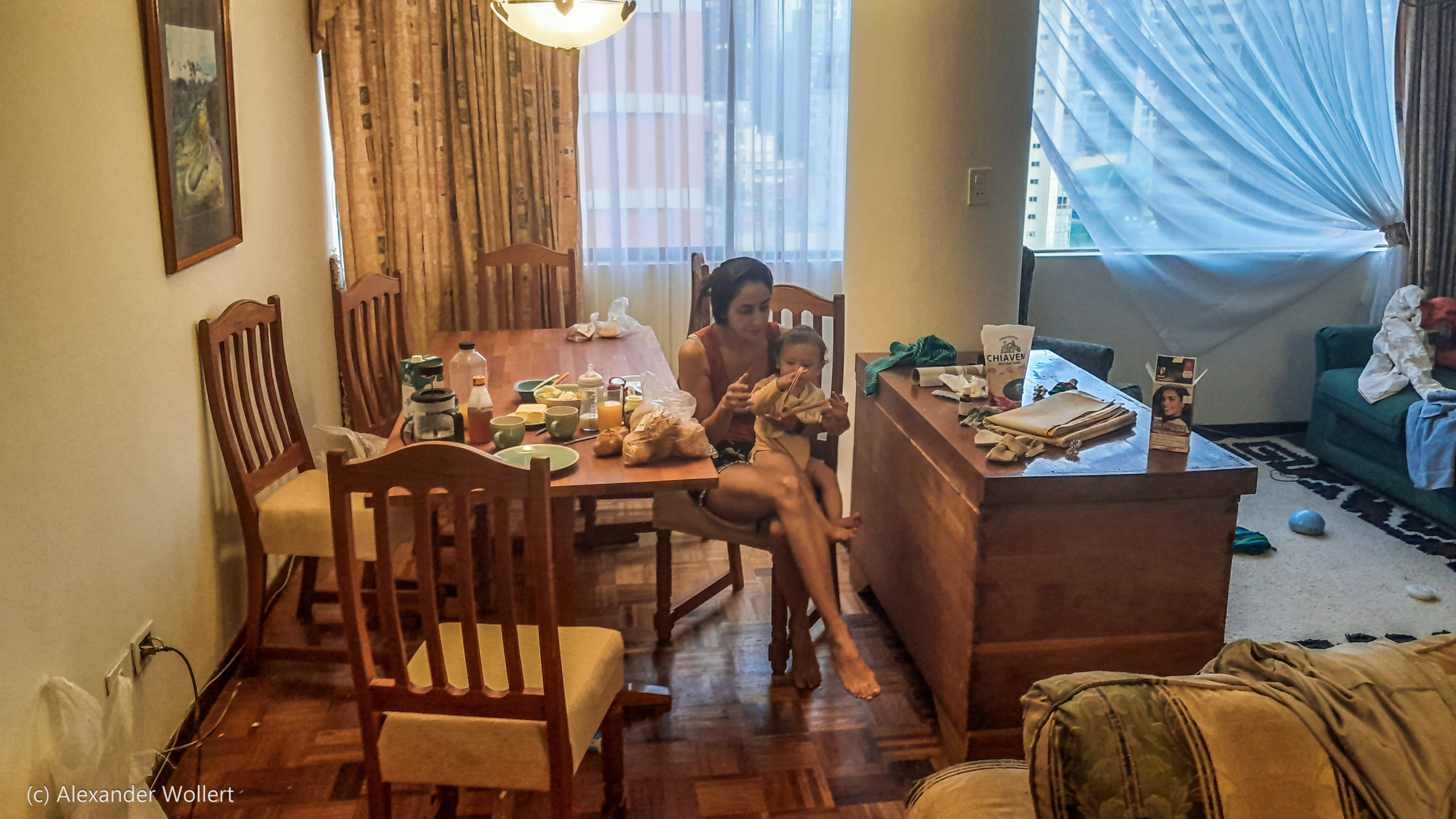




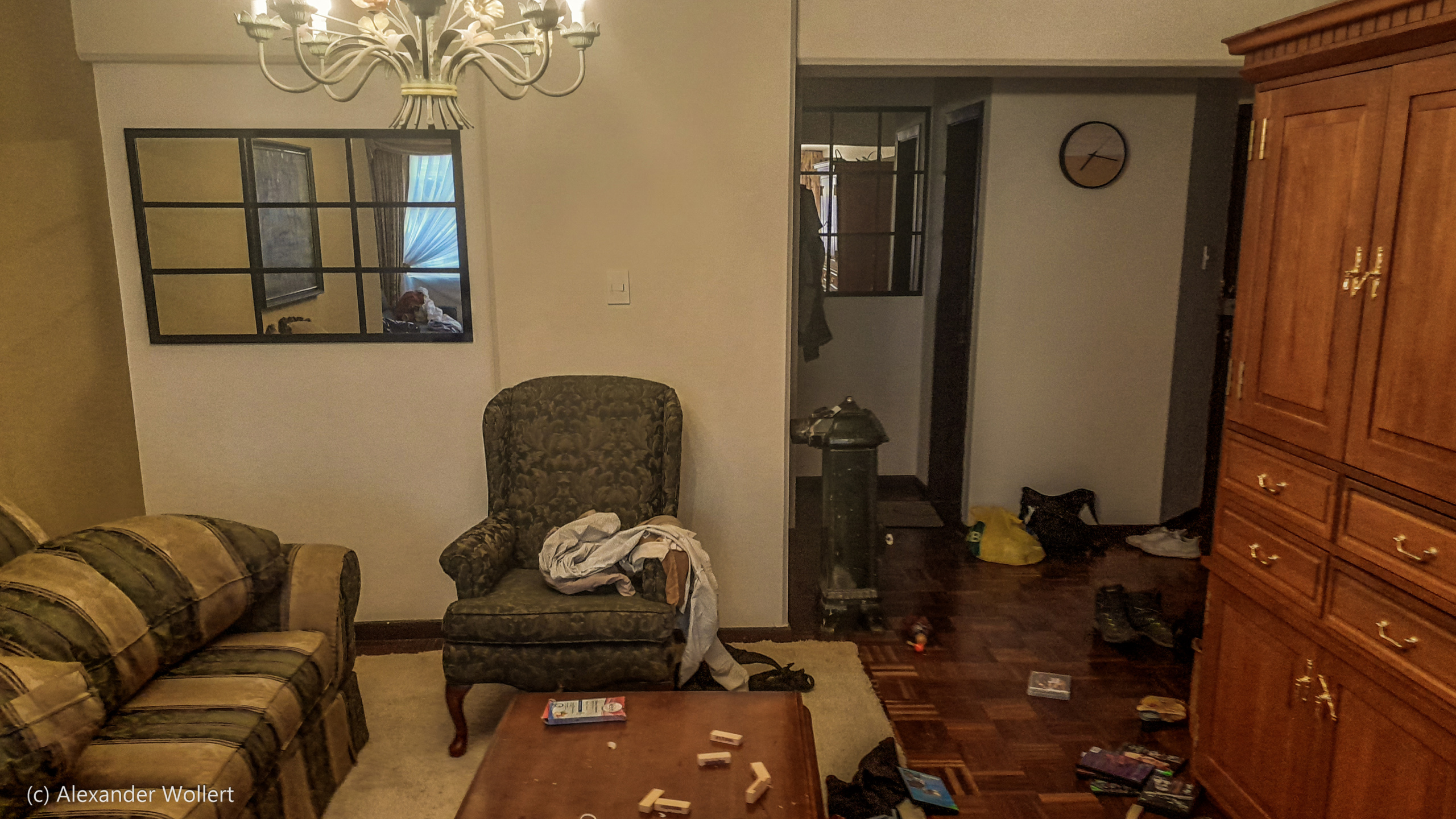
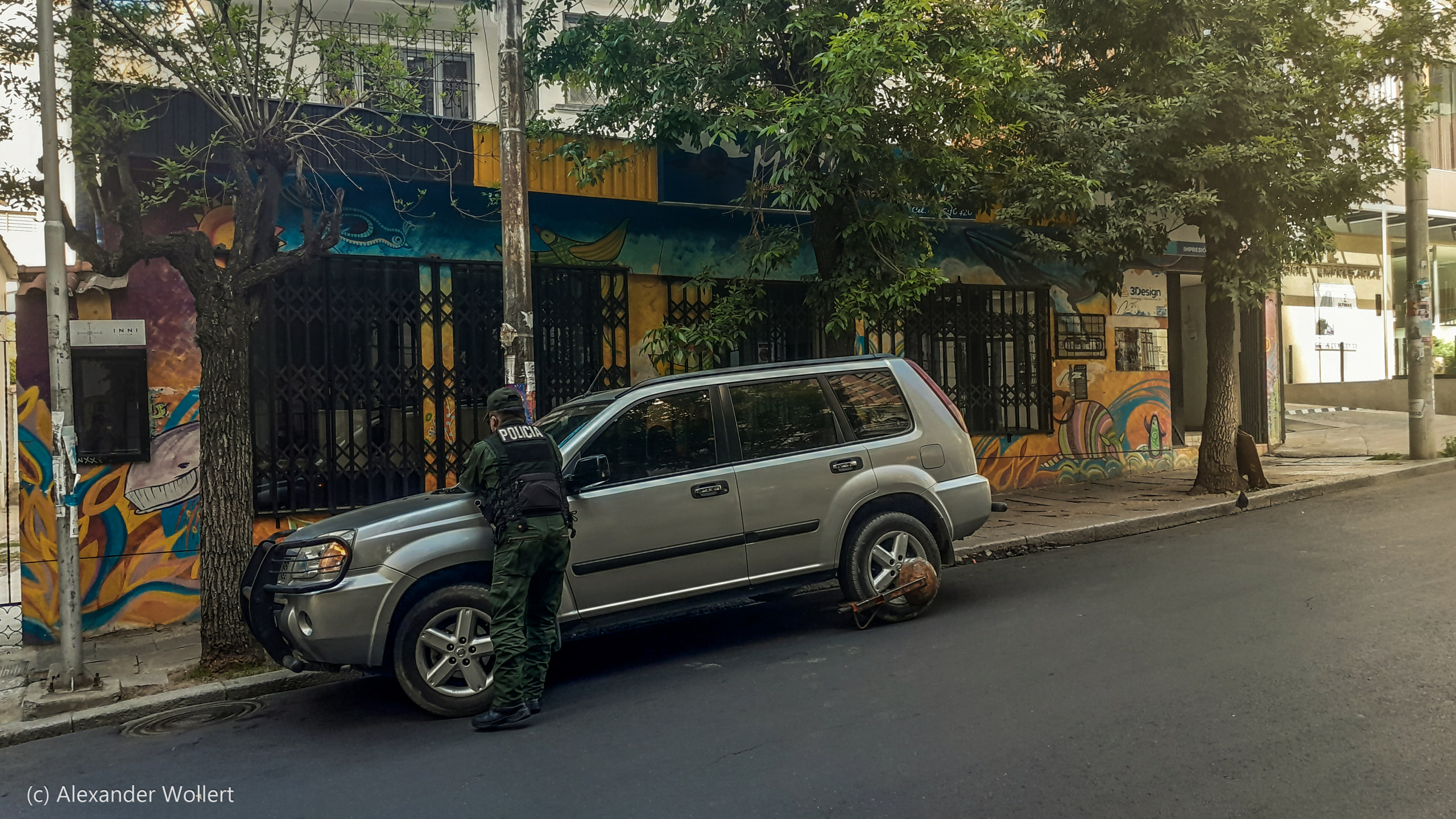
The city is characterized by a mixture of old tradition and modernity. We see this in the contrast of the upmarket financial district where we live and the state-of-the-art cable cars that connect the whole city and in contrast the traditionally dressed Bolivian women, the cholitas that can be seen on every street and the markets for magical articles for rituals at home and on the mountain.
The city is extremely exciting and bursting with creativity. You can see that in the beautiful graffiti in the artists’ quarters, but also in the large cemetery, which forms a small town in its own right.
LA PAZ IS THE HIGHEST ADMINISTRATION IN THE WORLD


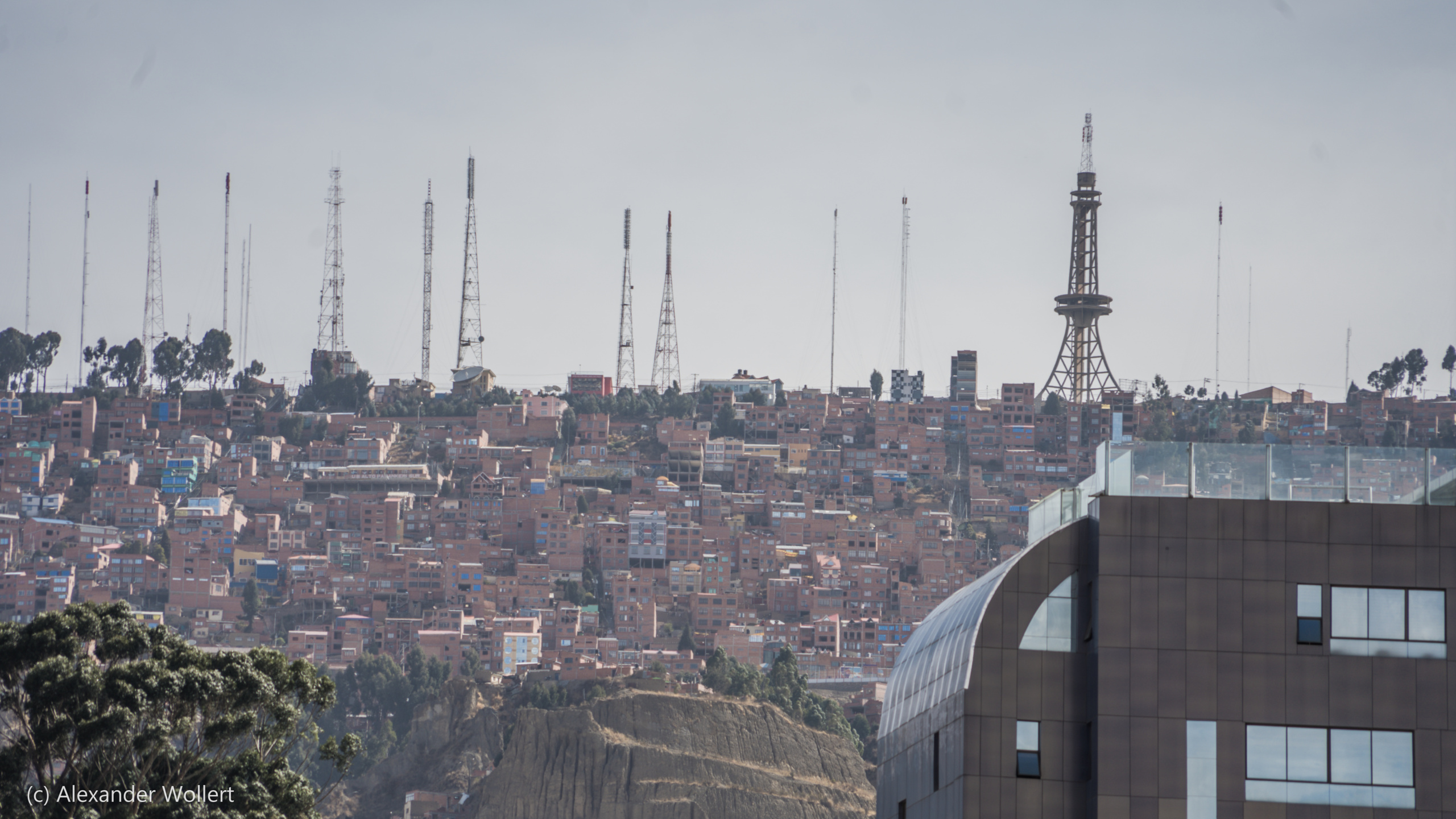

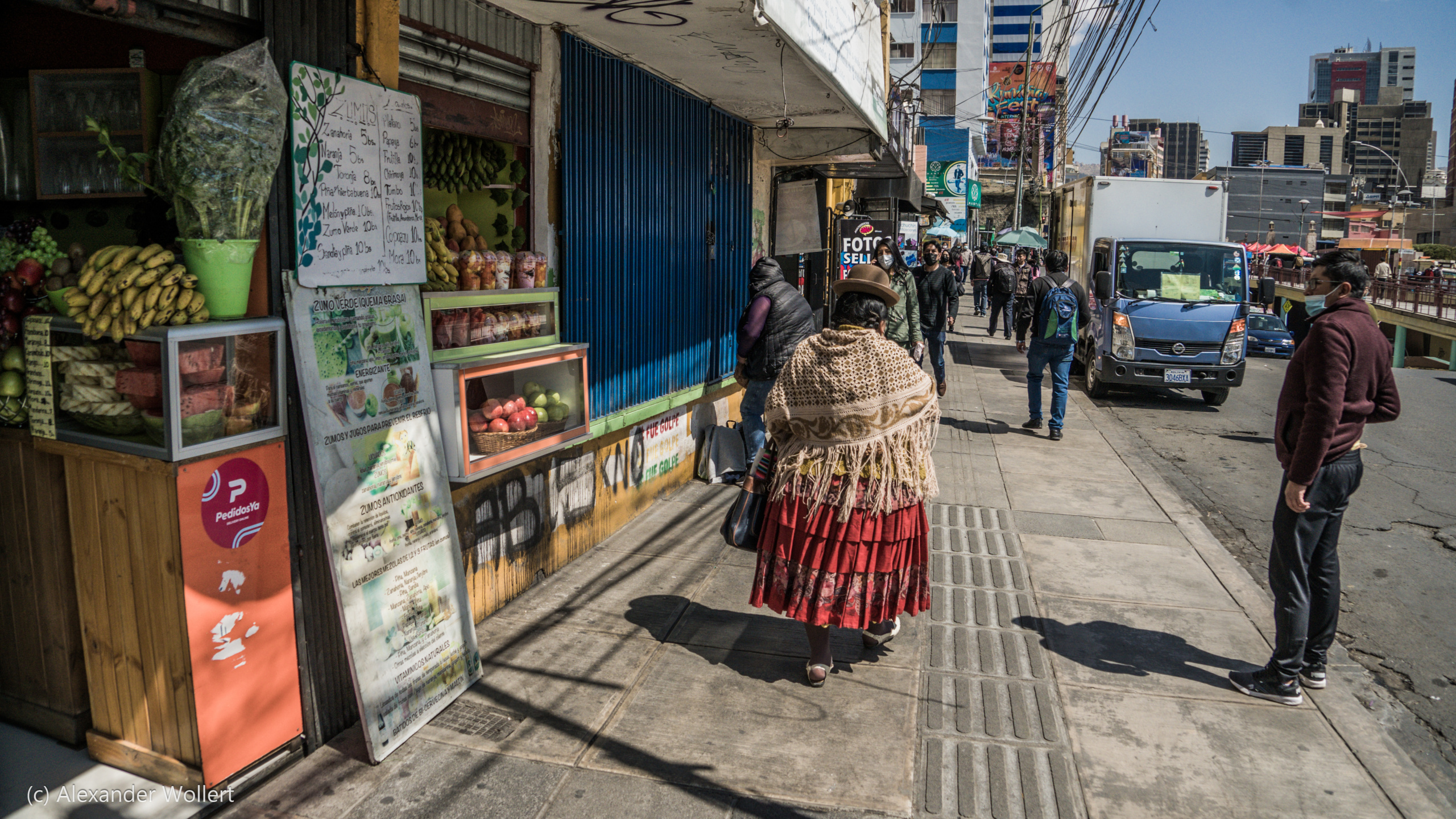
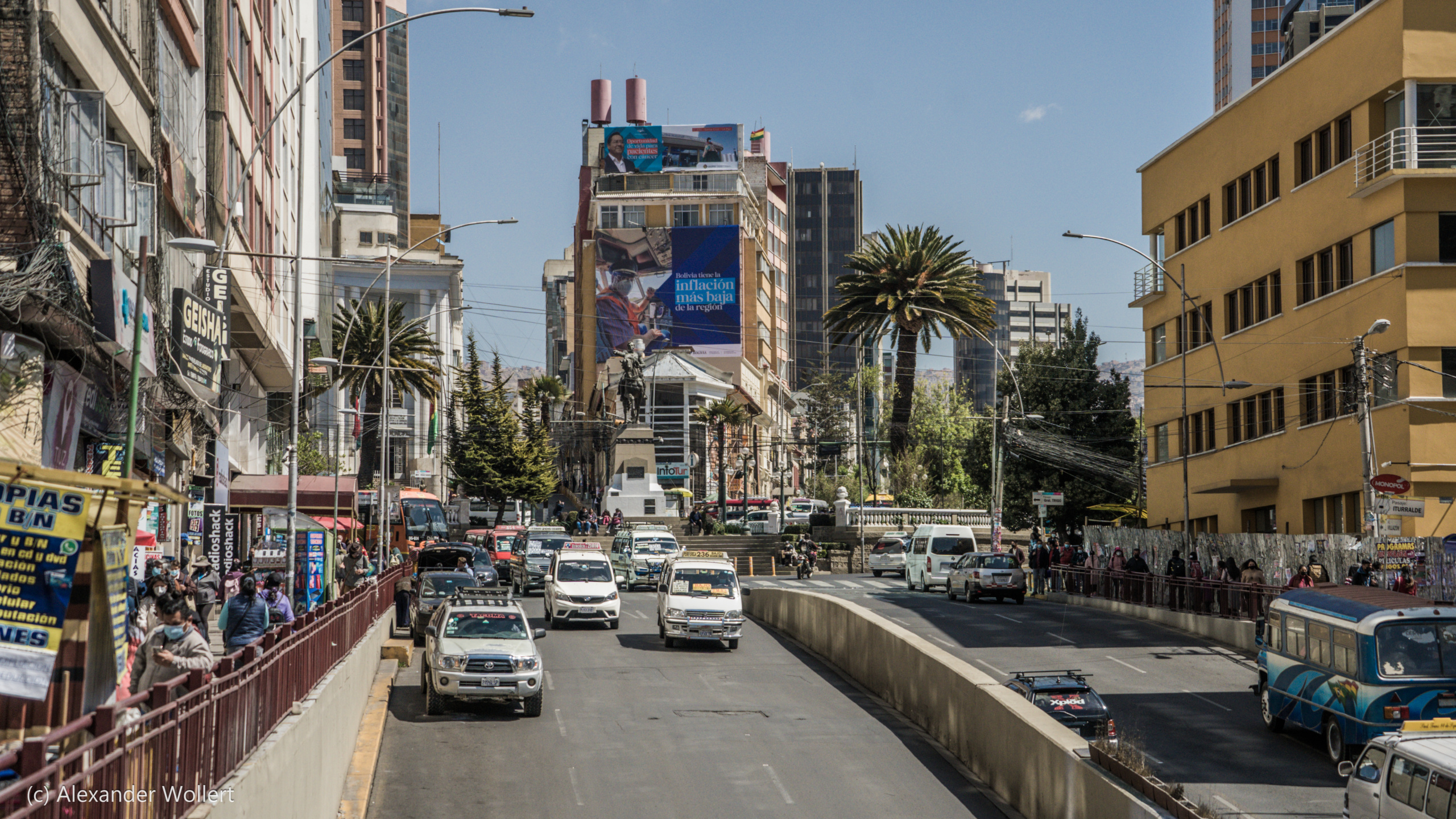
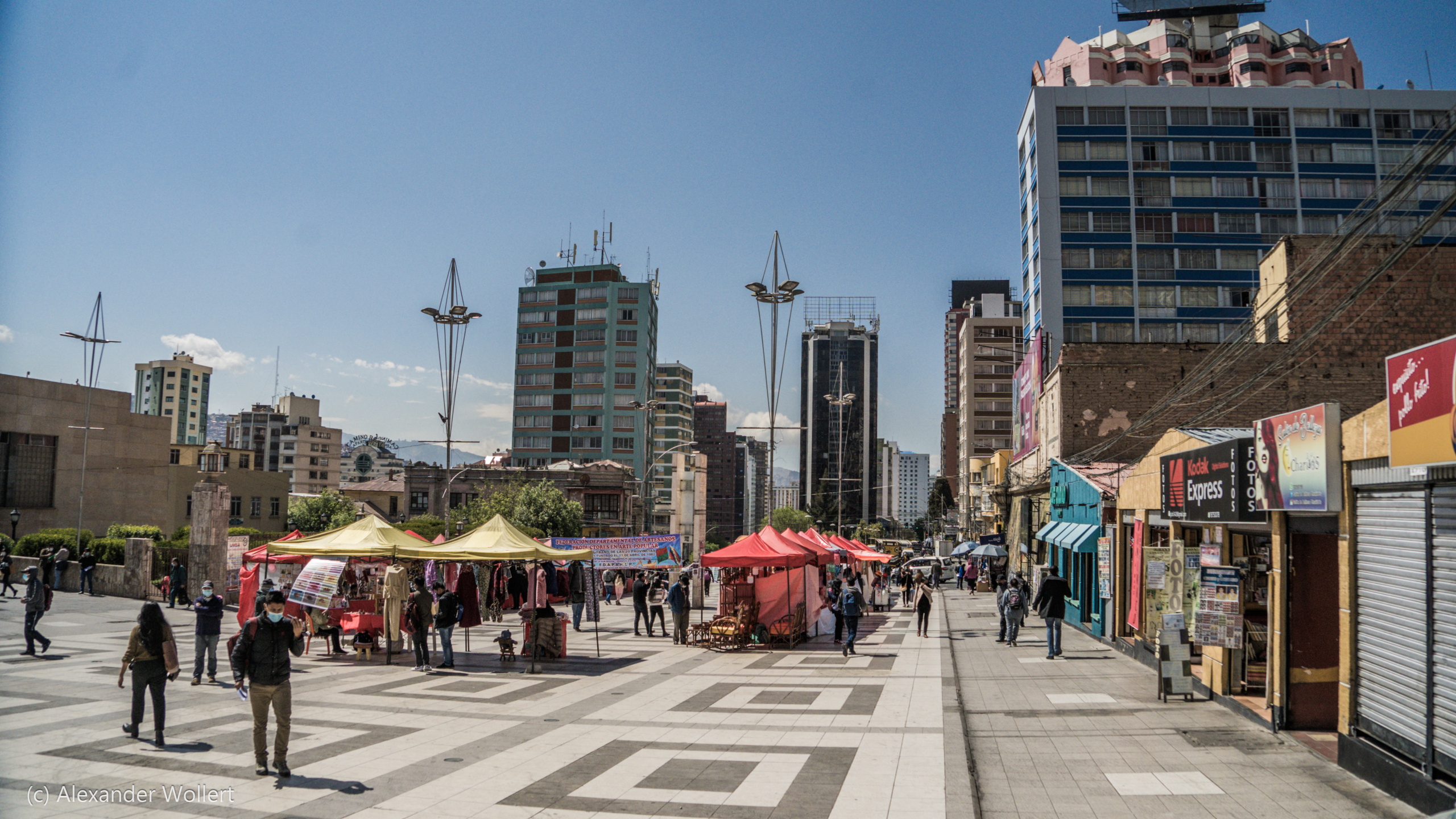
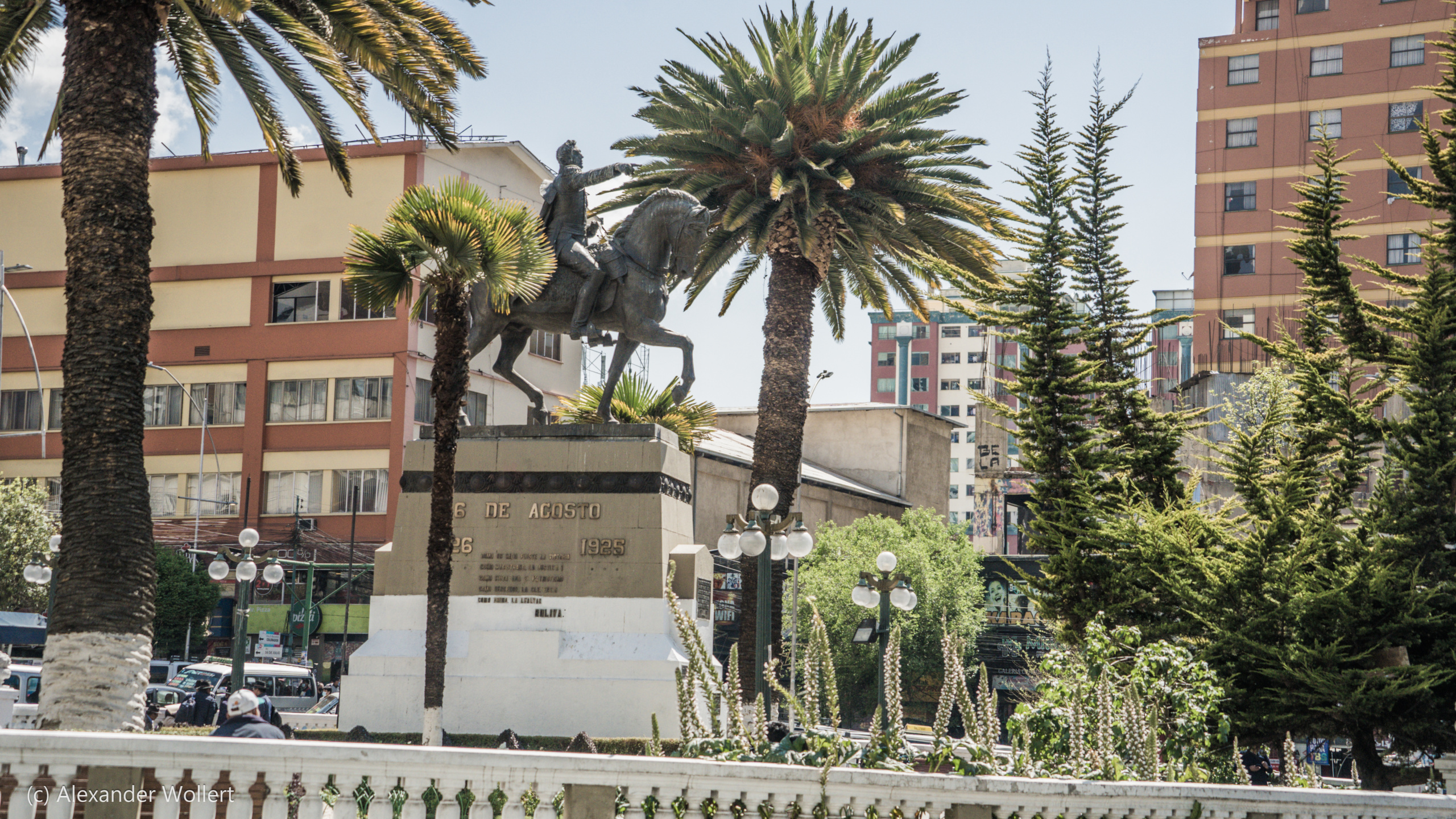
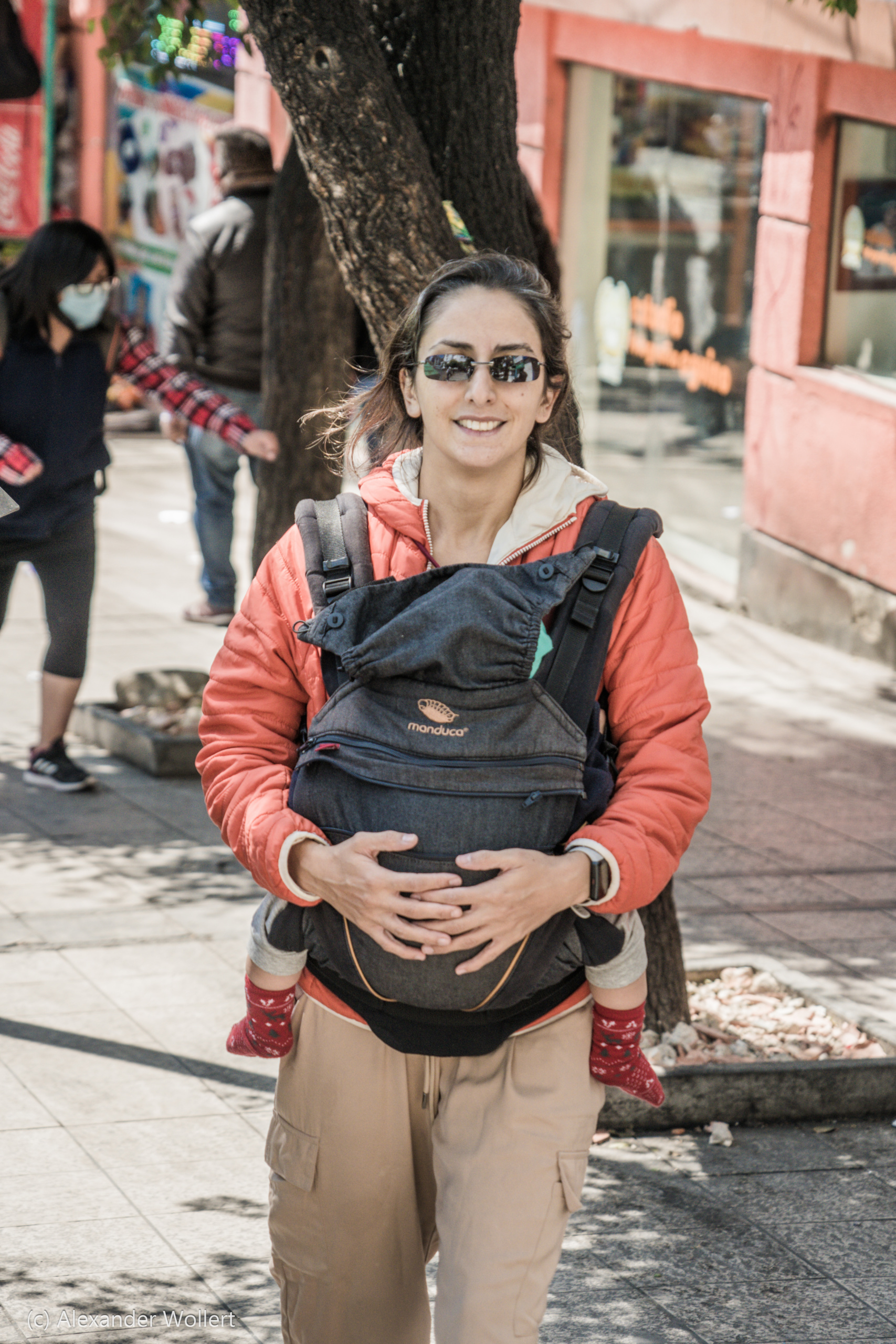
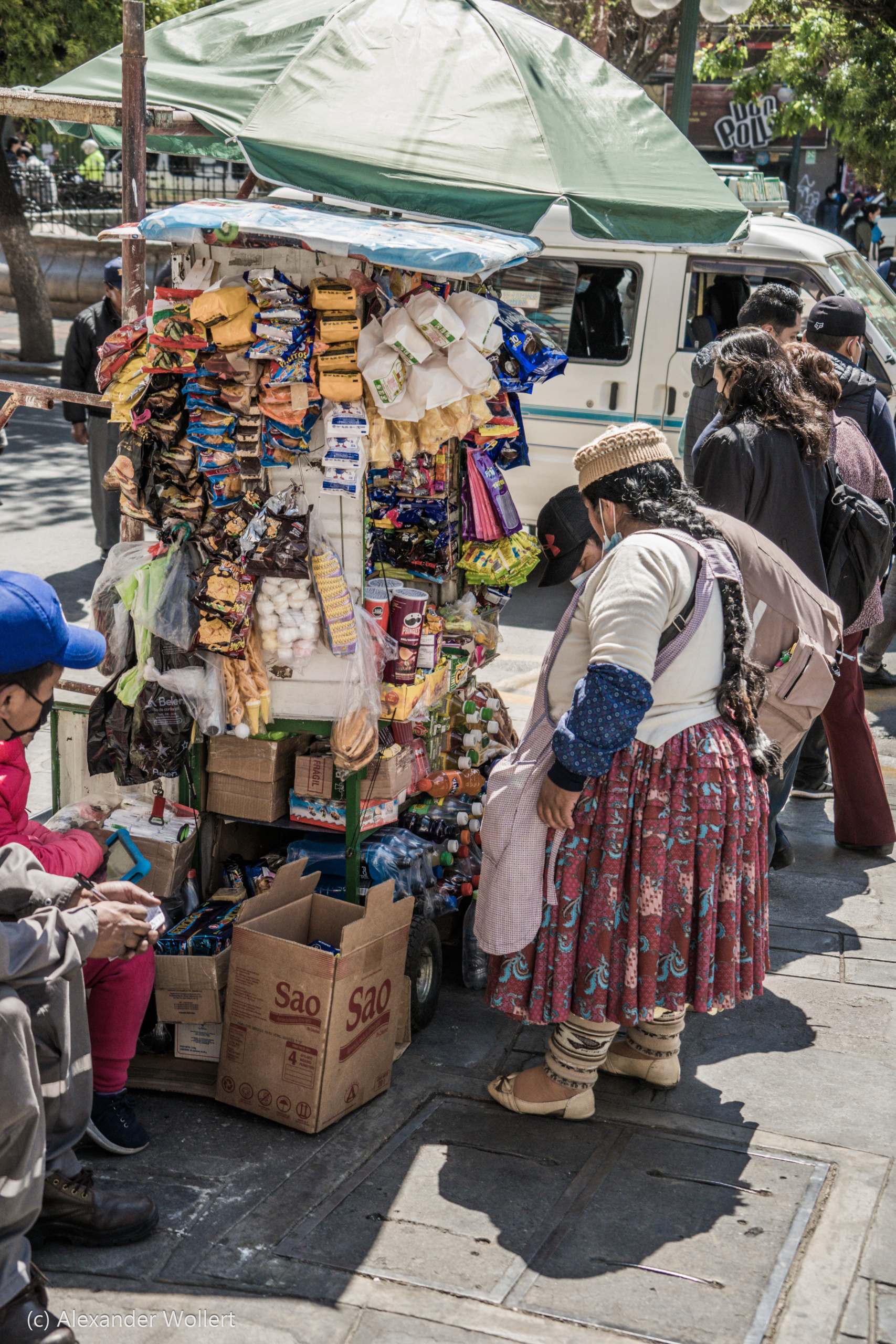


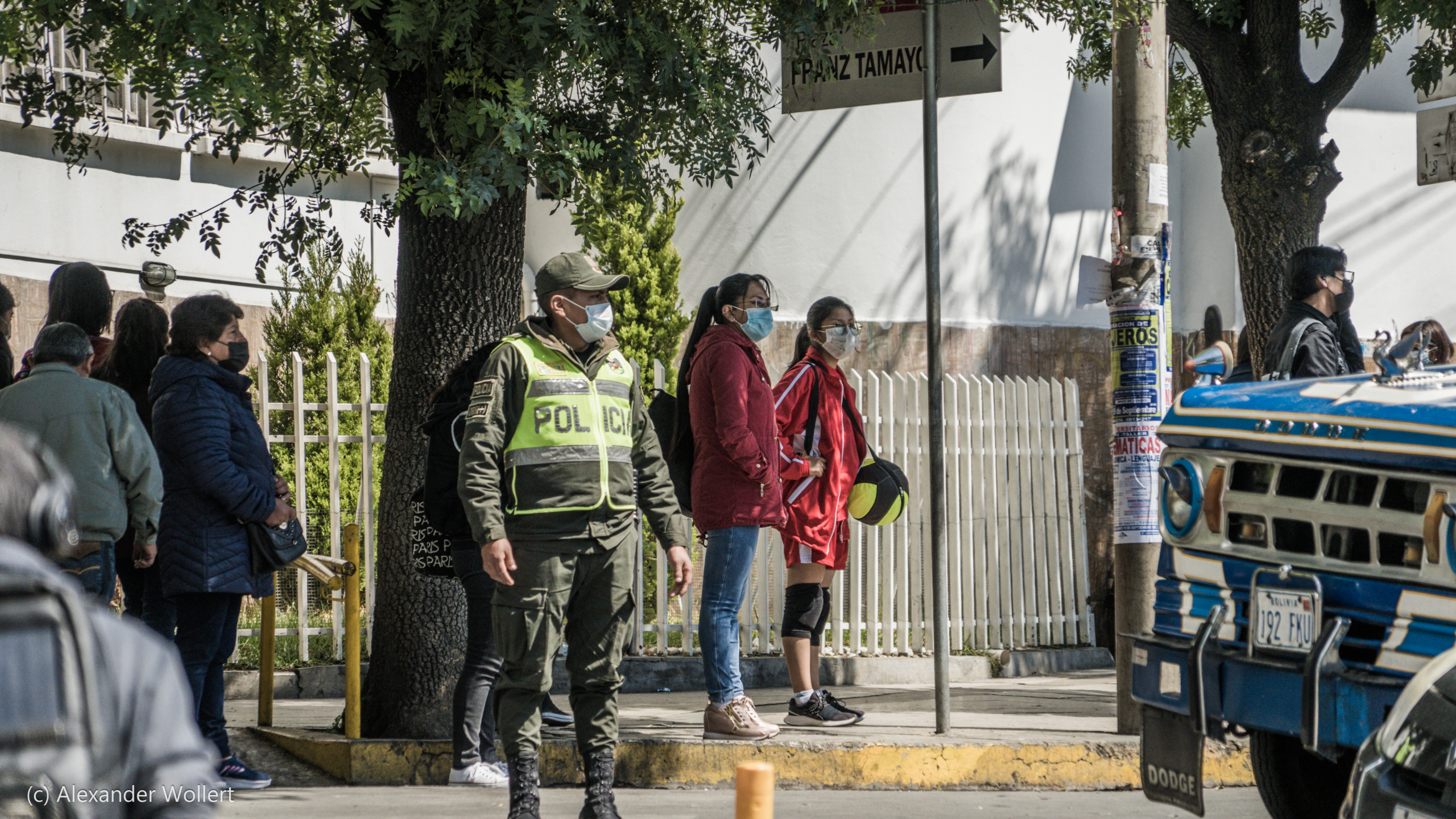








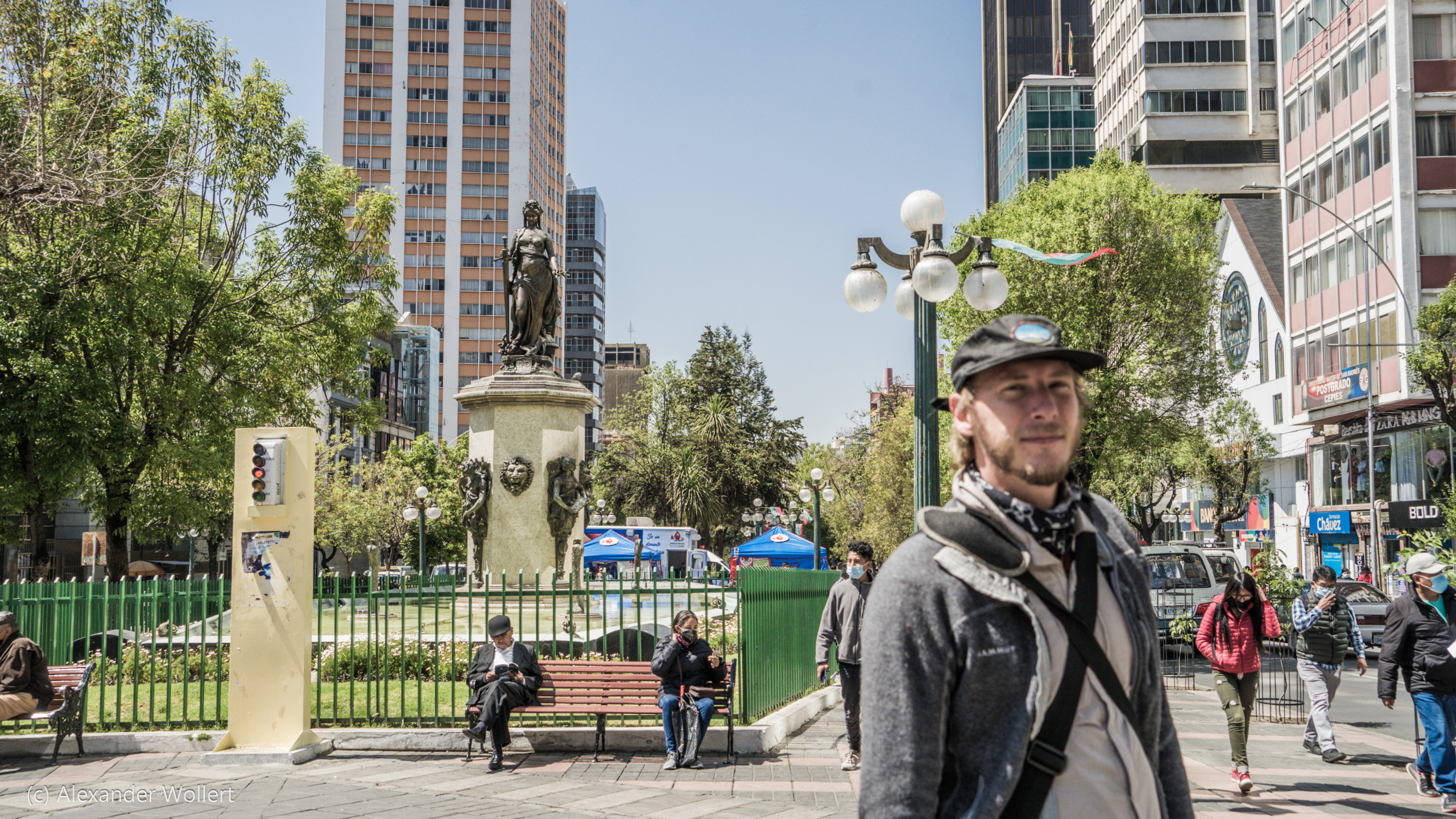

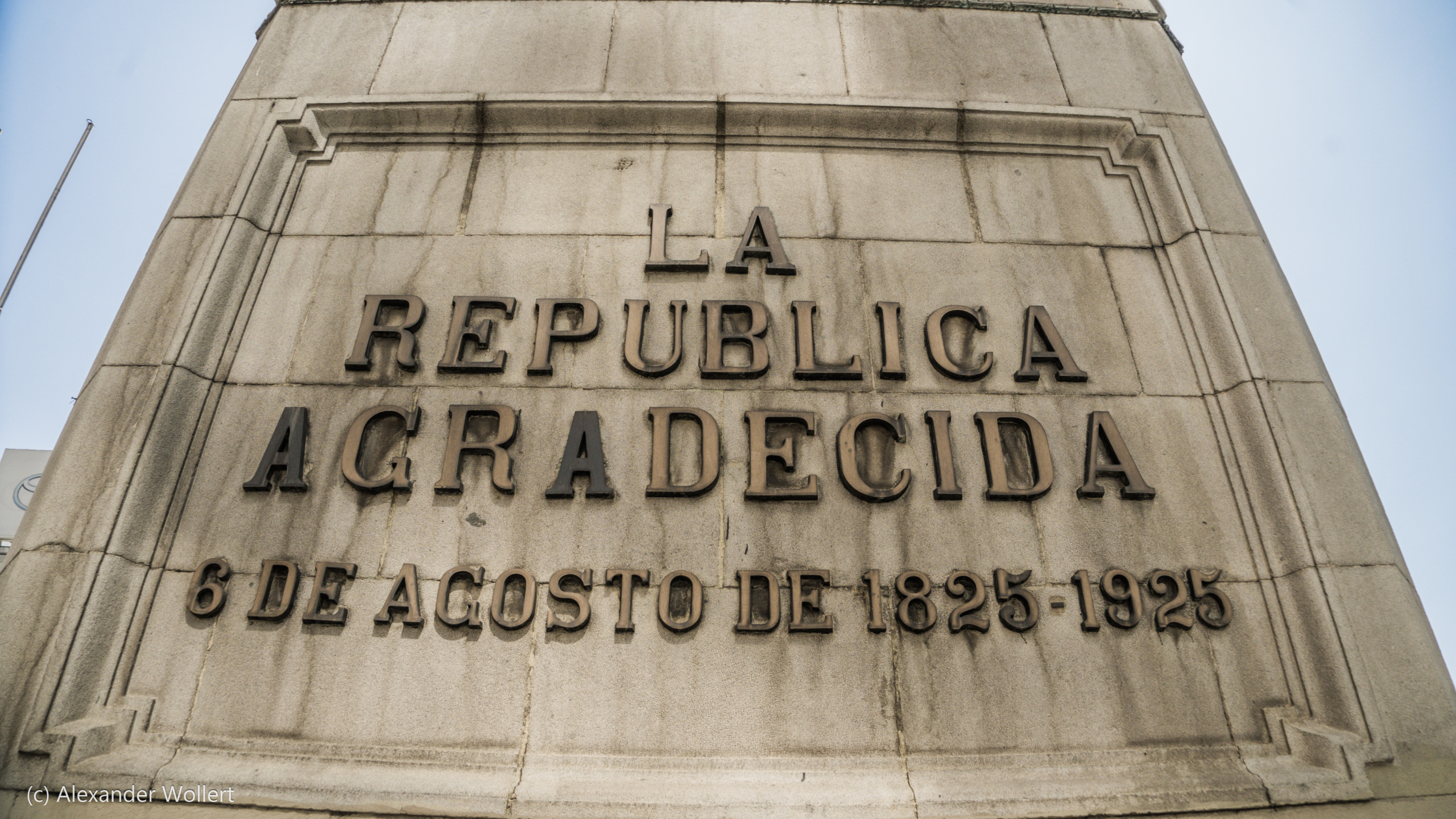
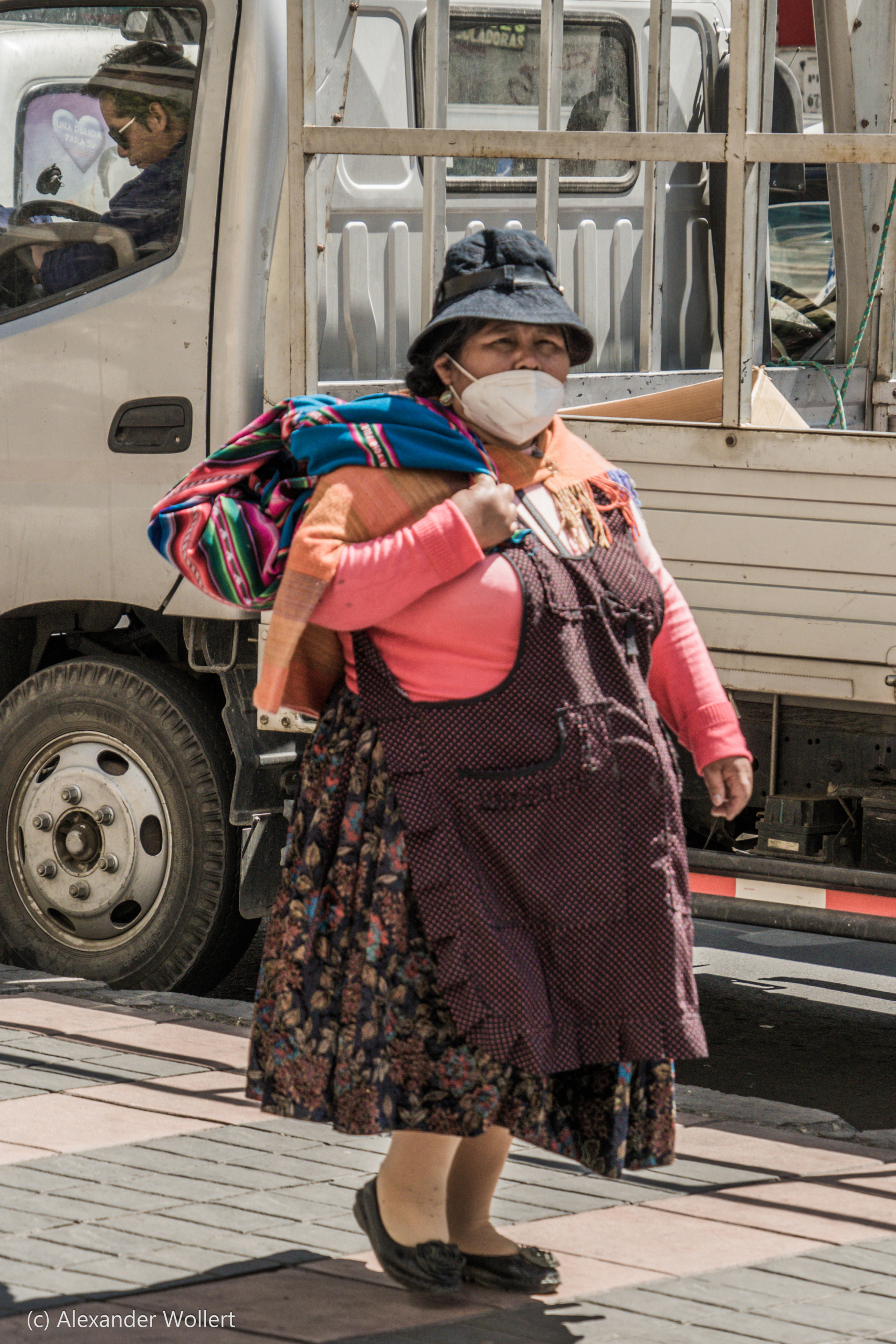
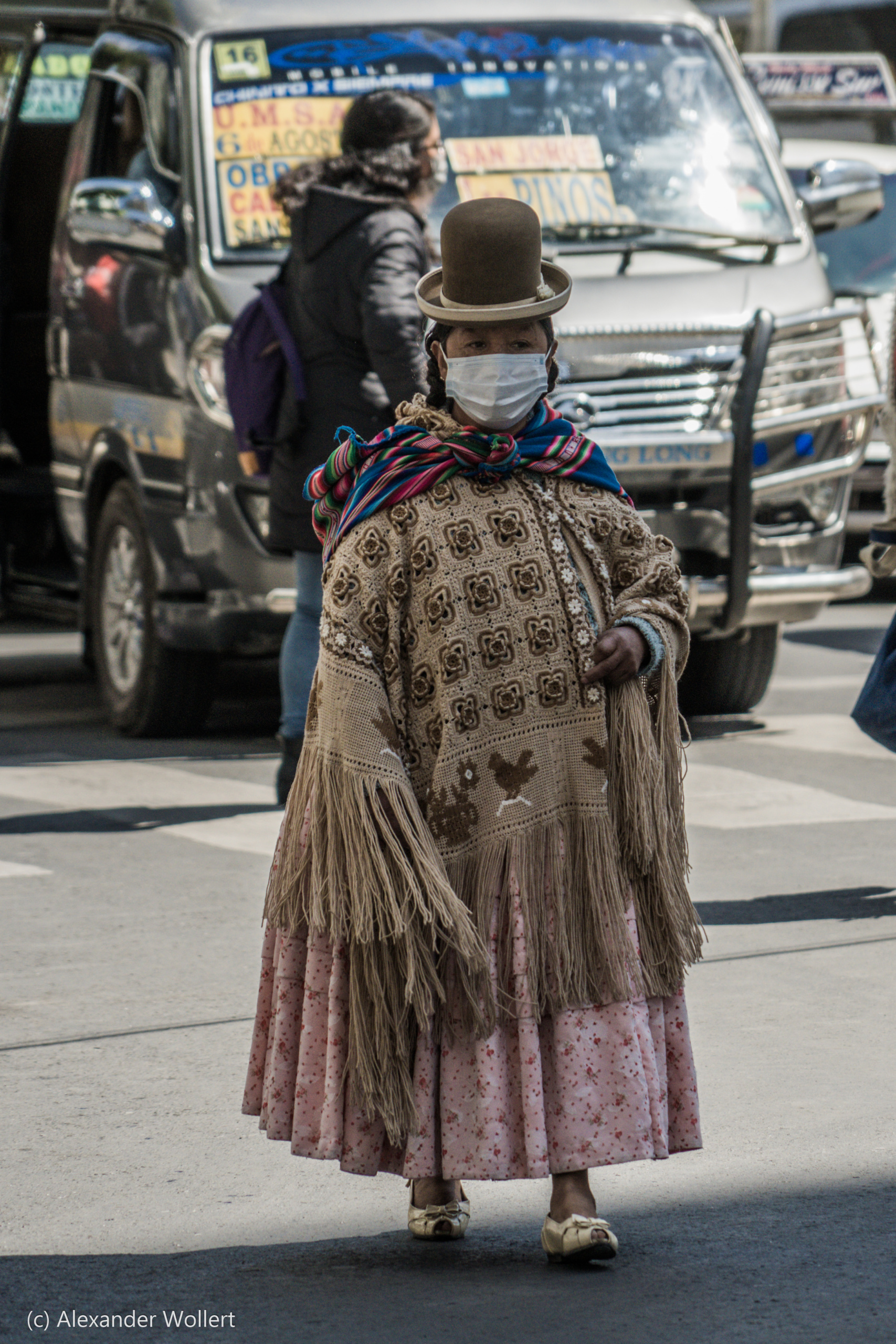

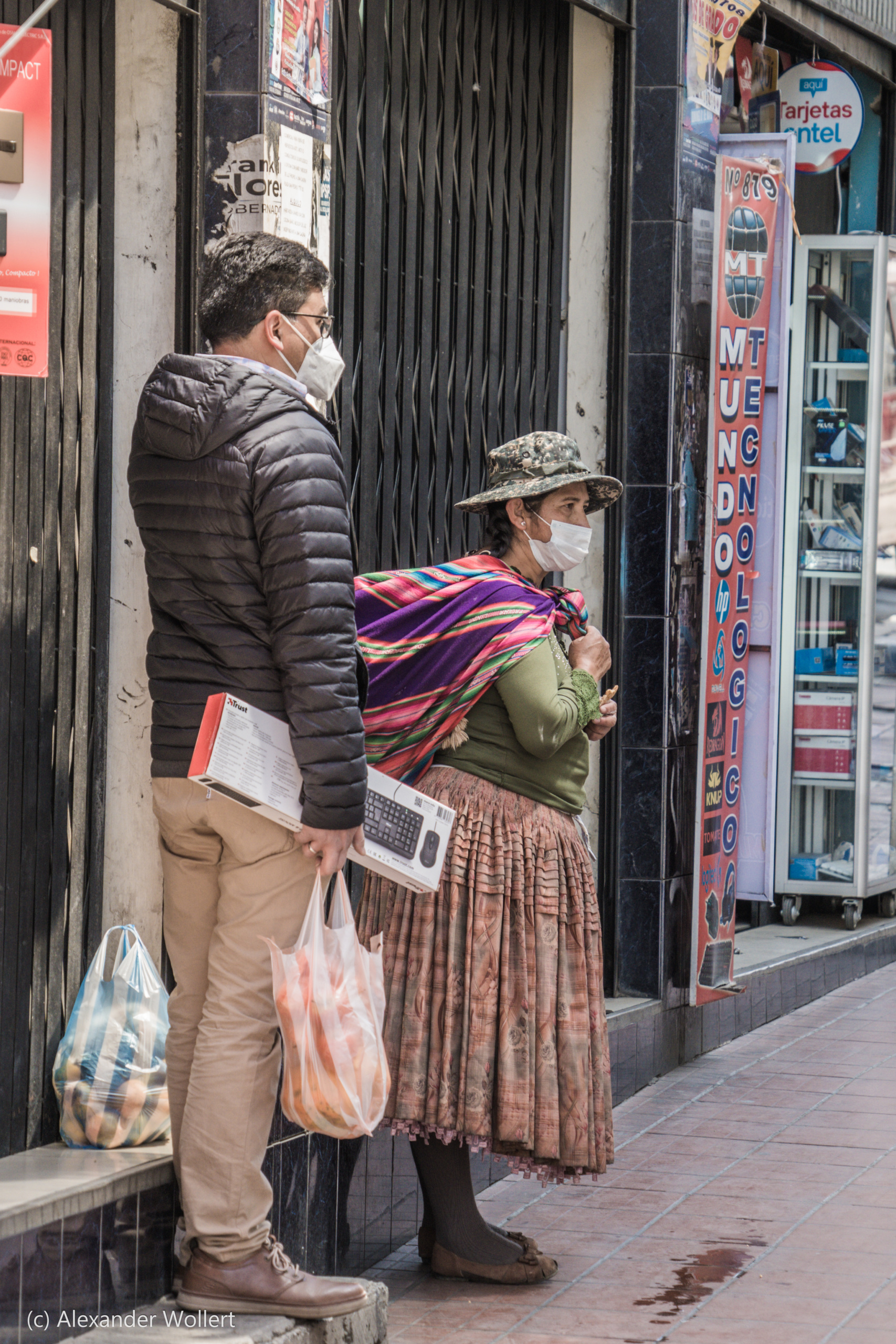
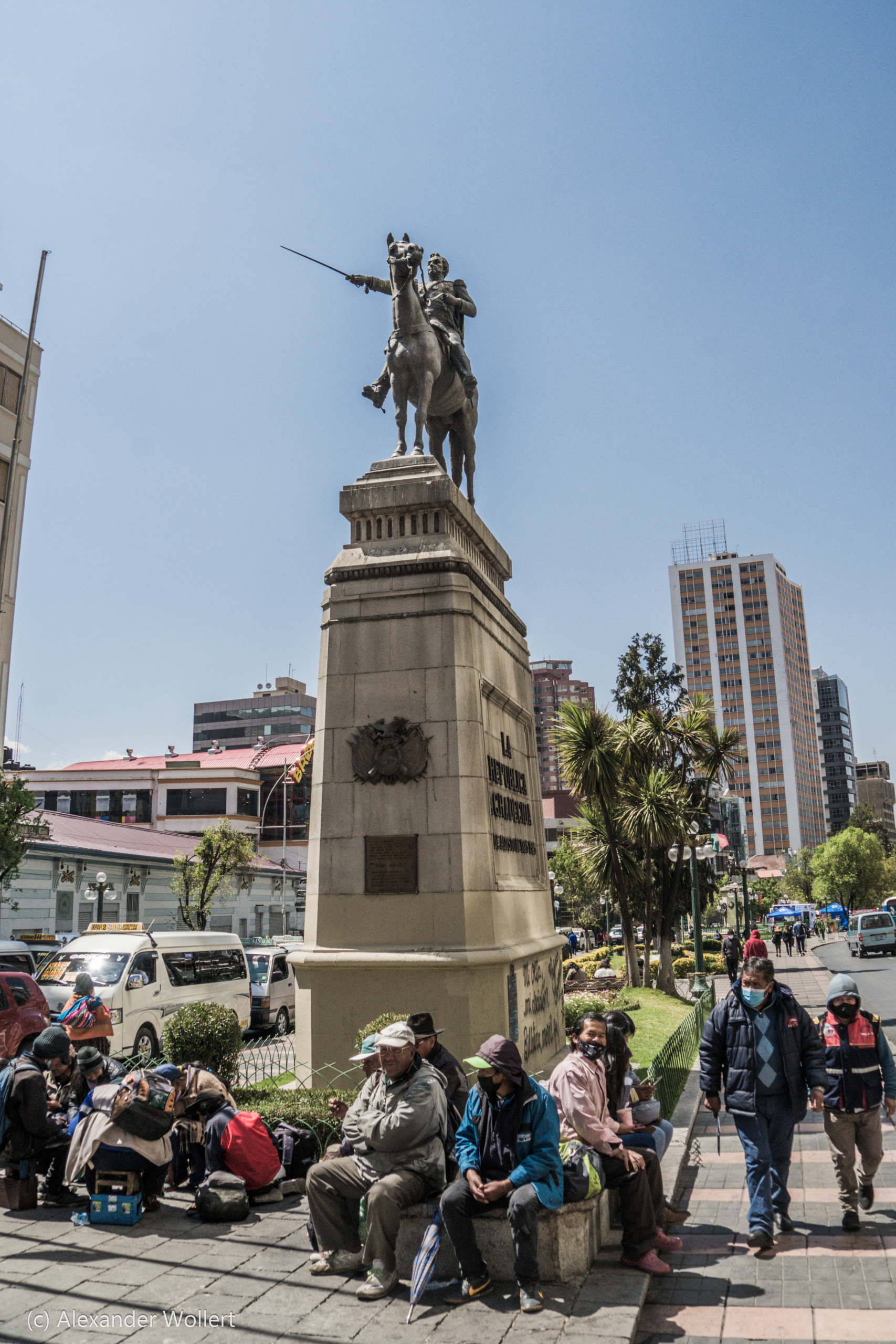
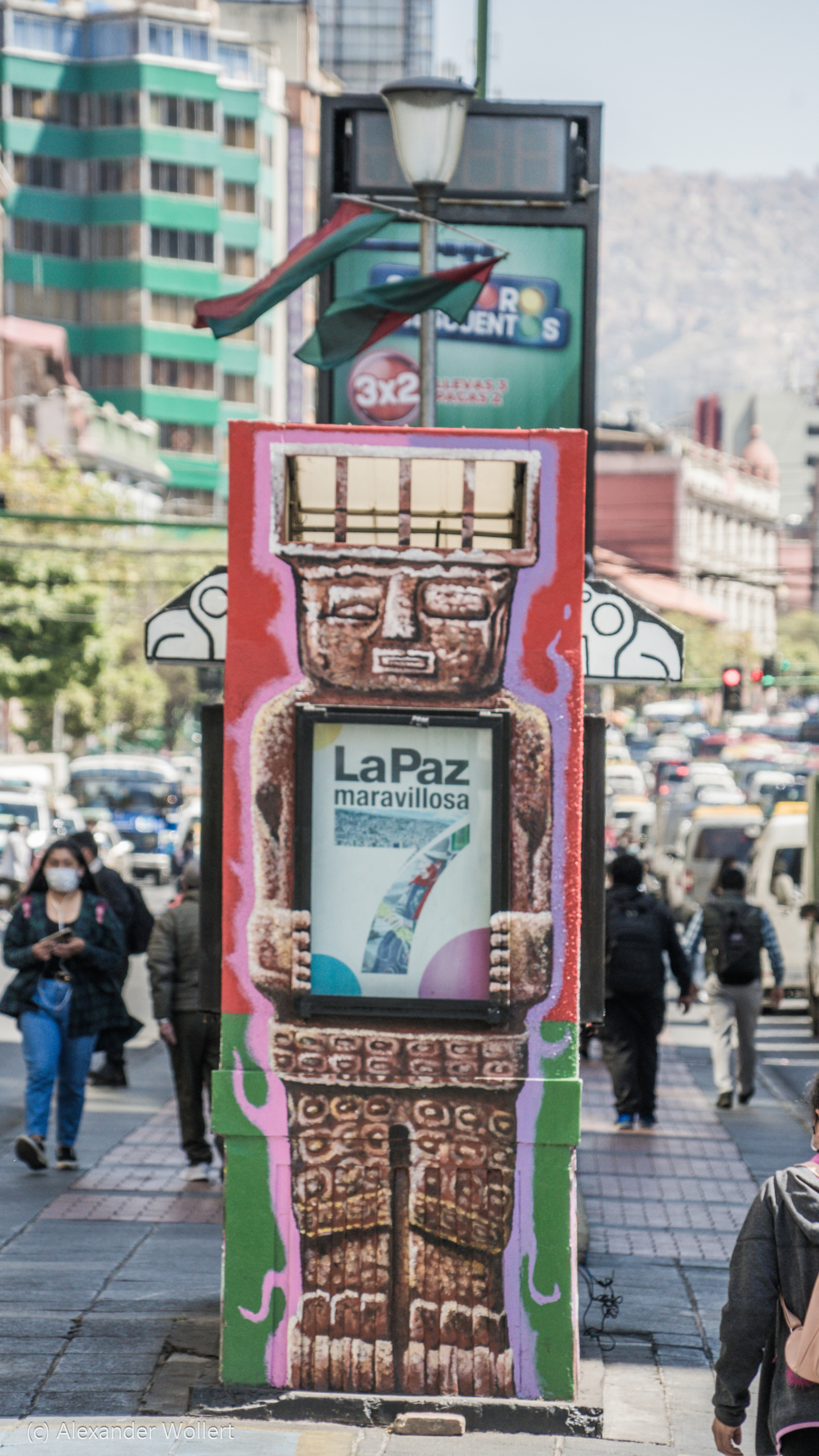
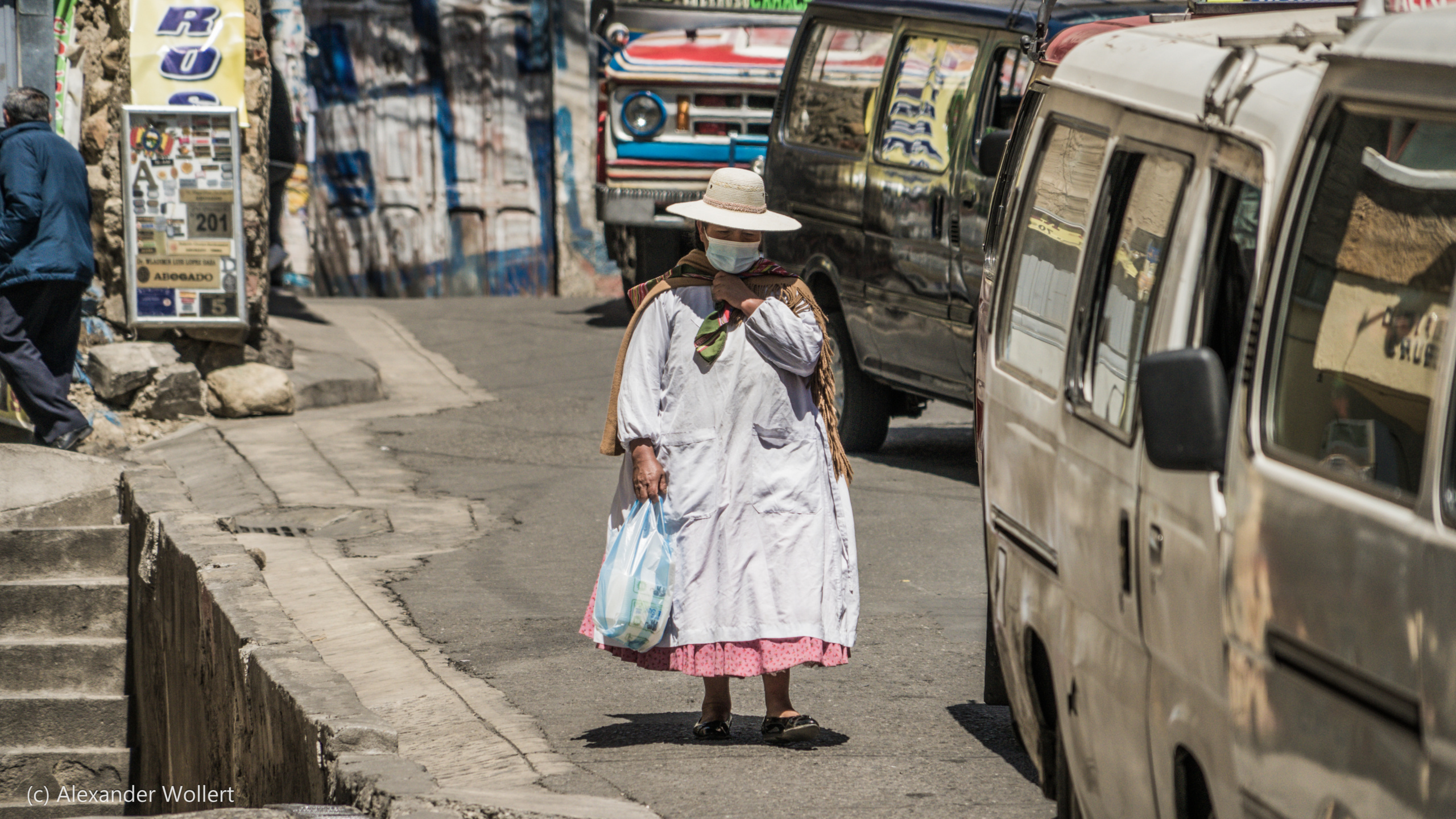
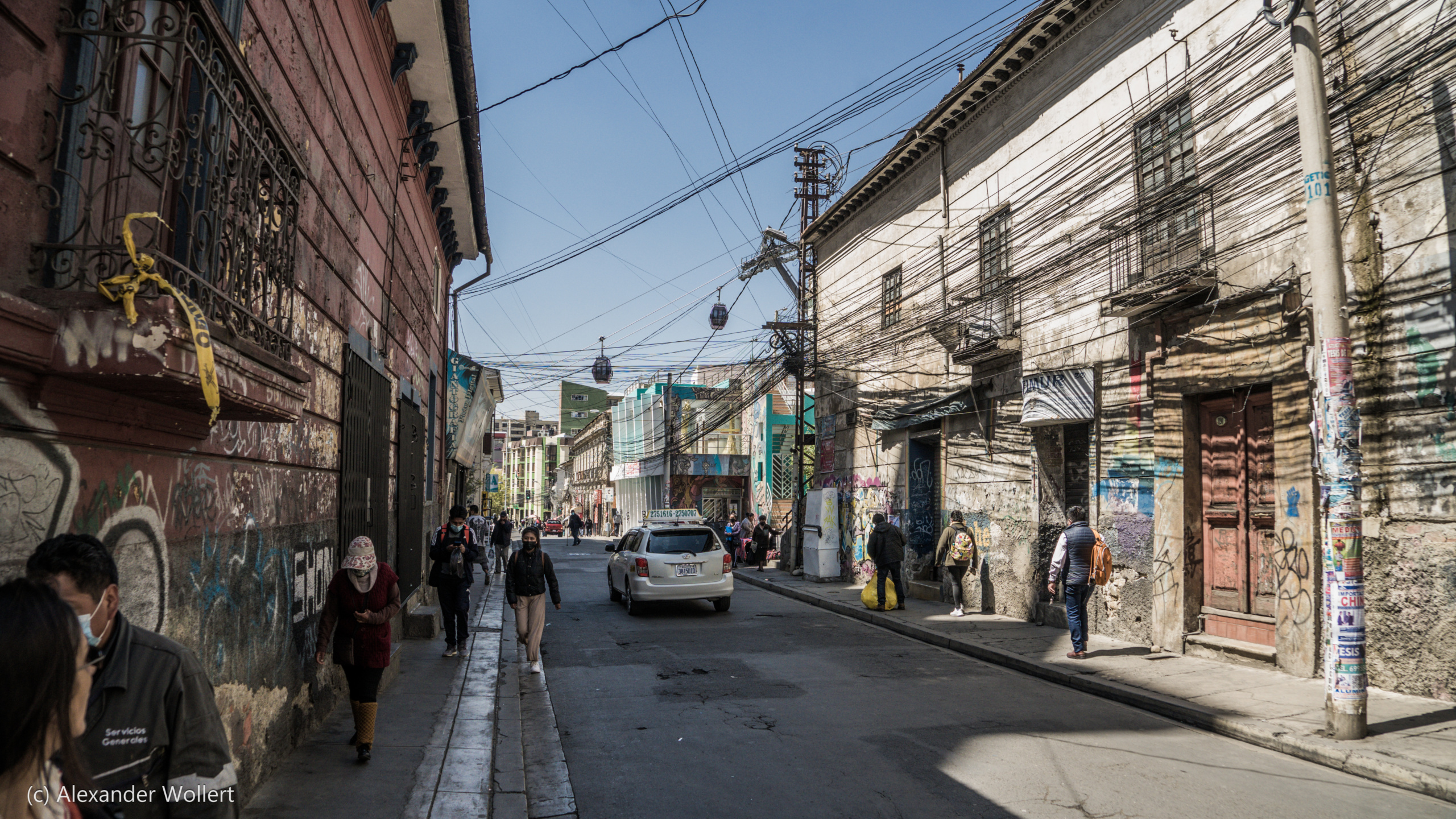



The city is suffocating in traffic. And that, although not that many people are driving their own cars. There are a million minivans with numbers and signs showing where they’re going.
These small buses stop wherever someone wants to get on or off. However, this does not help for smooth traffic.
On the return of another test drive on the pass of La Cumbre, in the midst of the wildest crowd I get into an accident, when a taxi driver drove me into the ladder of my car and then tried to get money from me. He tries everything to intimidate me.
He threatens to call the police, who are known to be very corrupt in the country, and states how many years he has been driving around the city without an accident, then says ladders on vehicles are forbidden in Bolivia and that it would be much easier if I would give him money now. I won’t go along with it and have him call the police. It takes an hour for it to come. Two officers question us and look in vain for witnesses. Then they question us again and then disappear. Before they leave, I ask what the result is now. I’m right – the case is closed. You could have told me yourself.
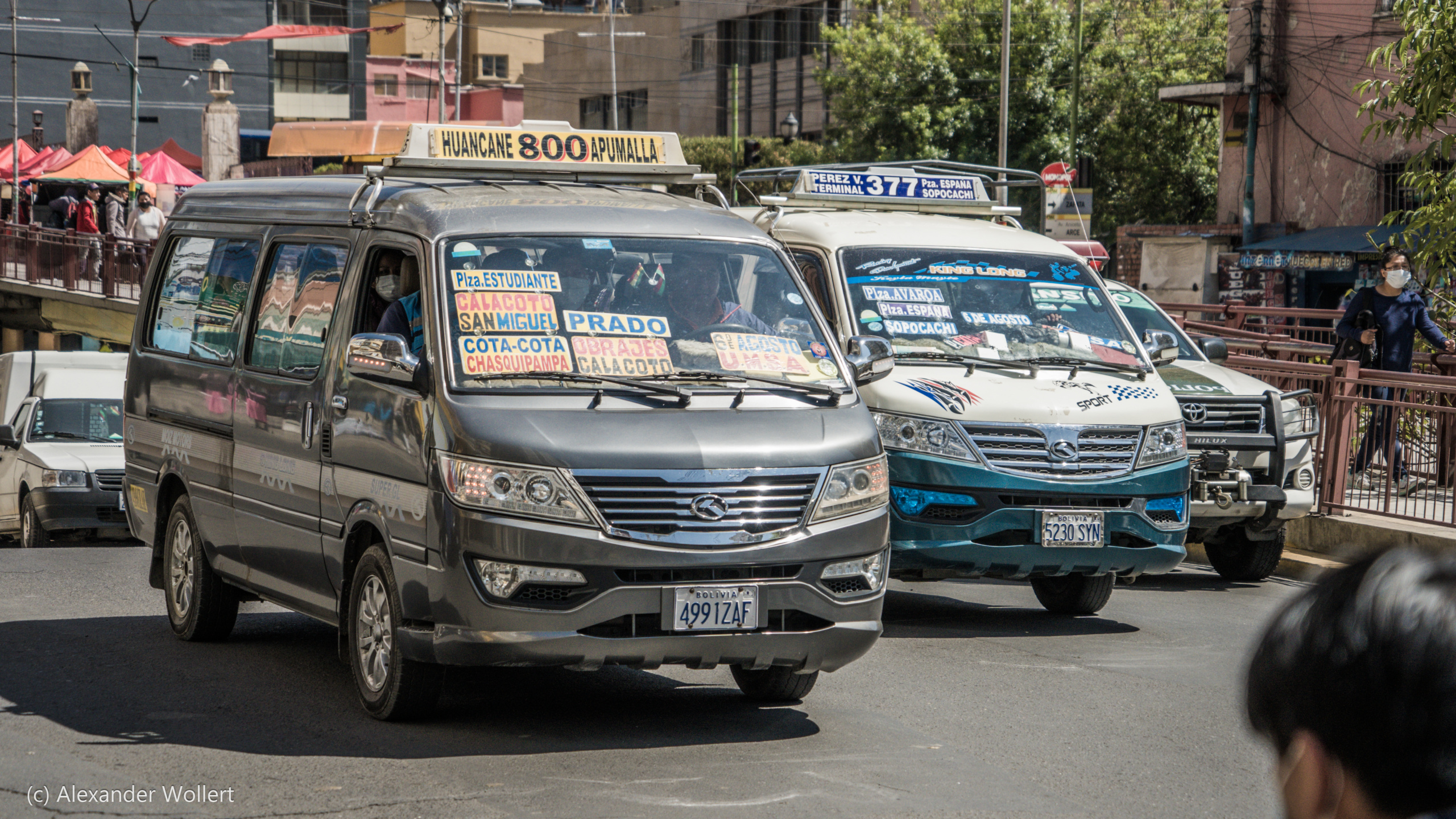
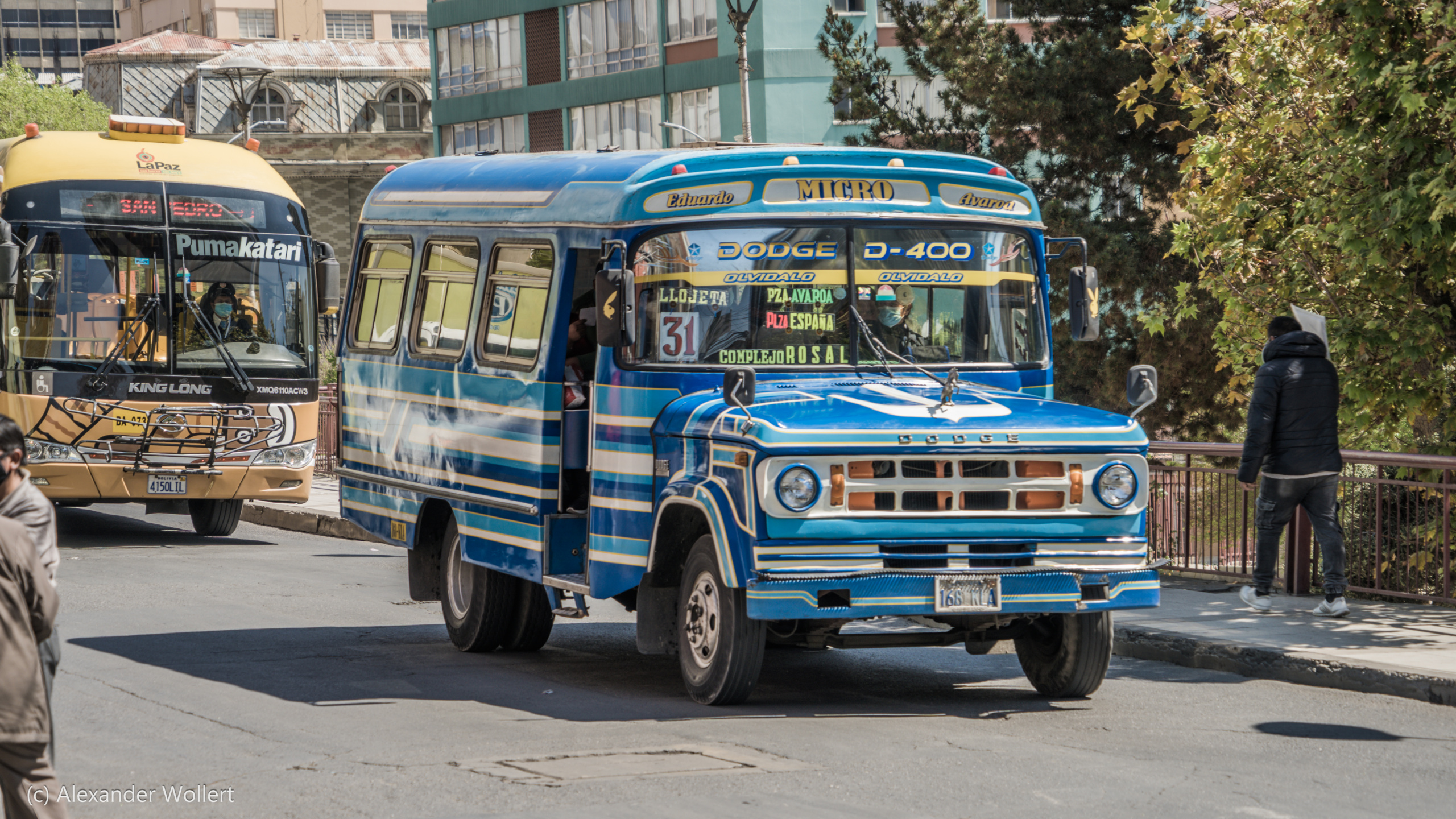
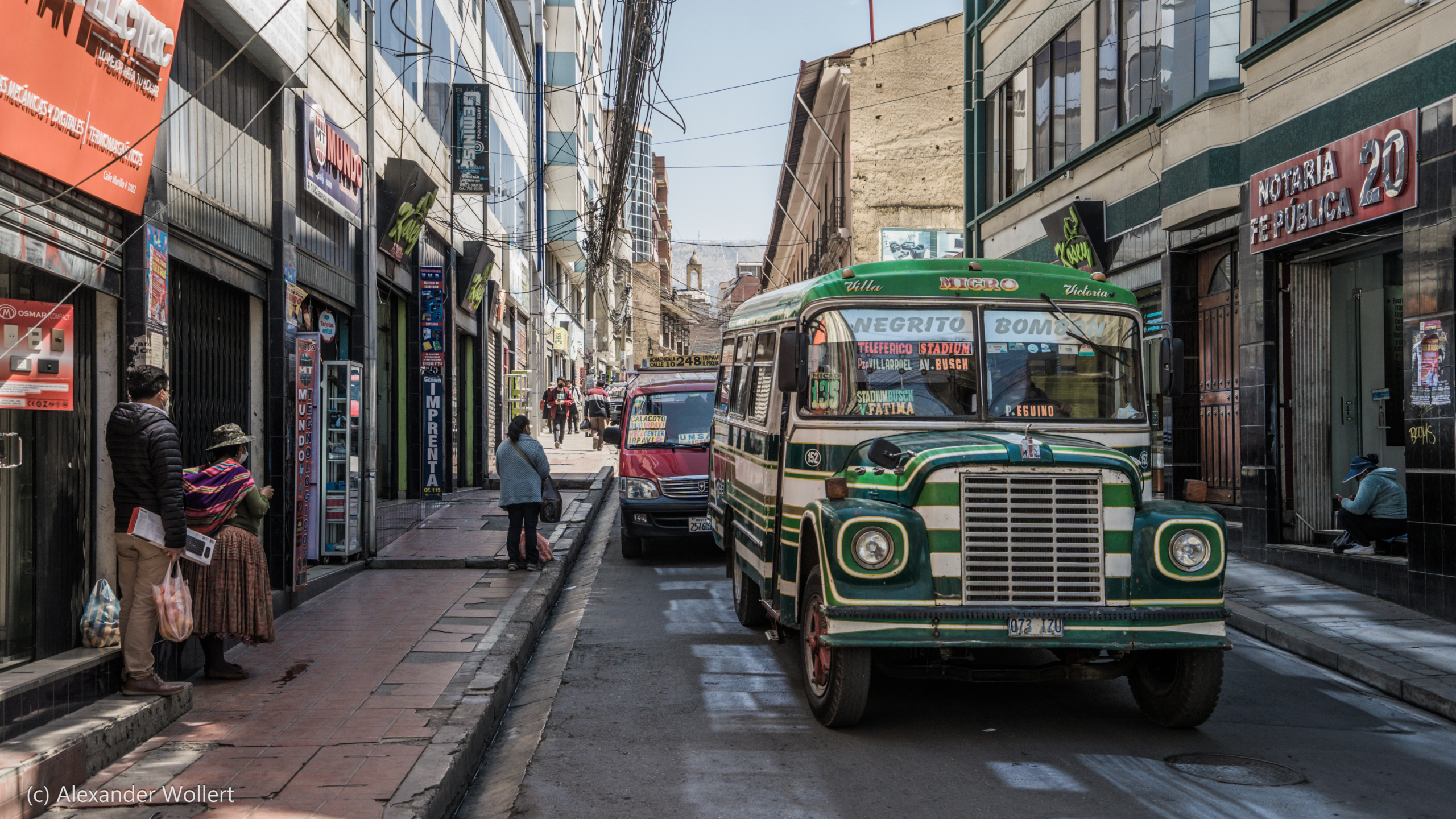
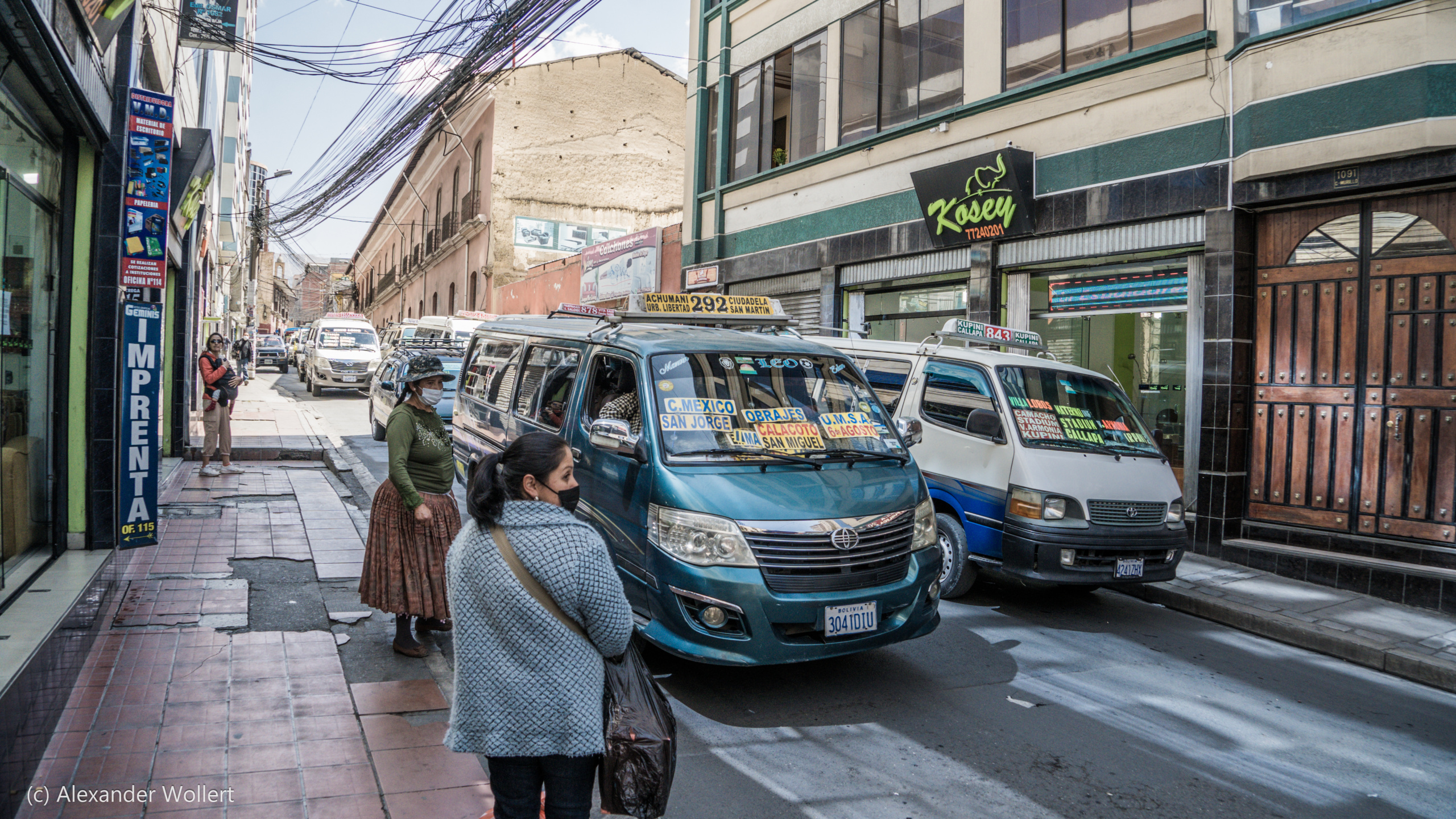
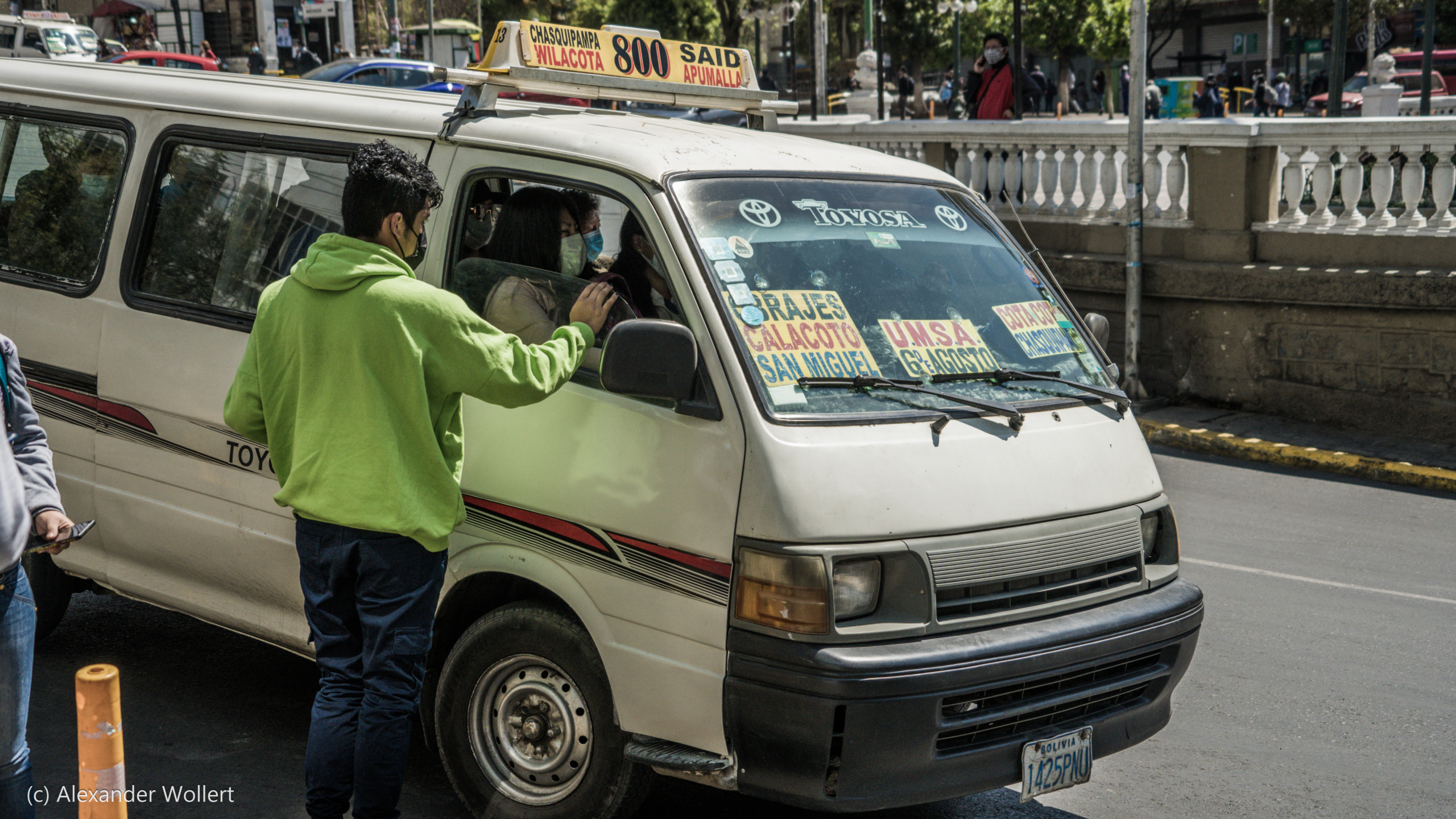
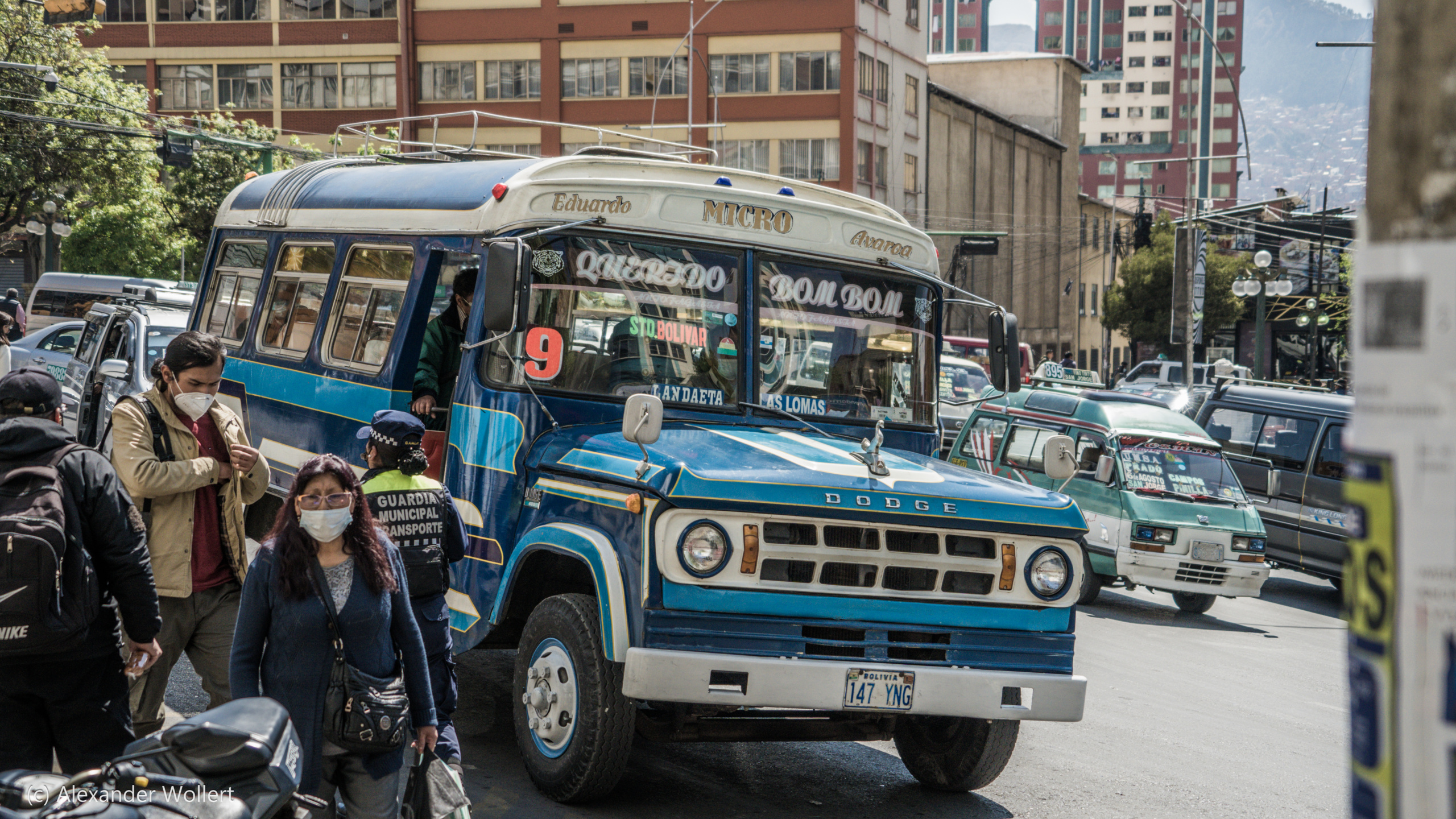
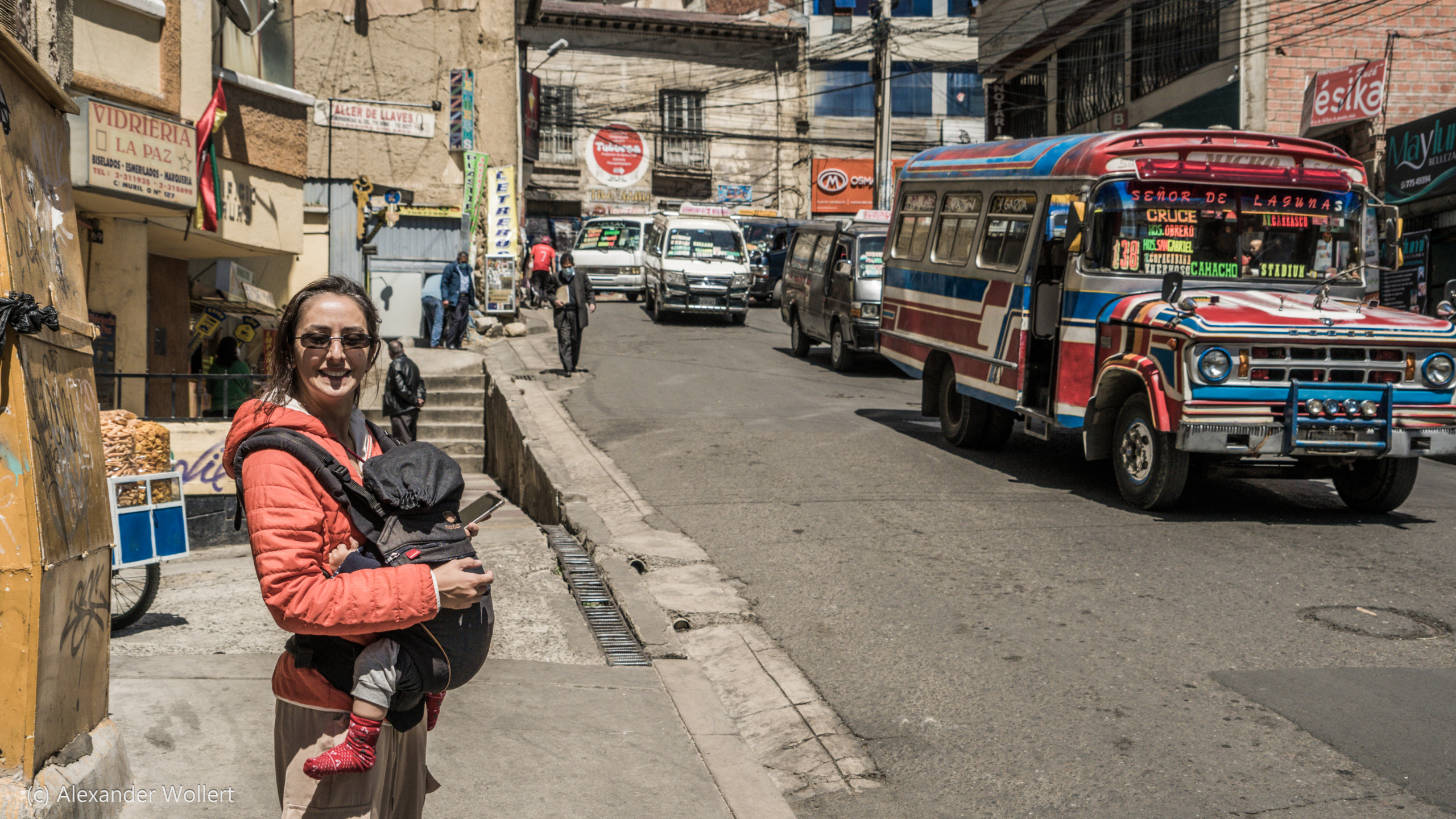
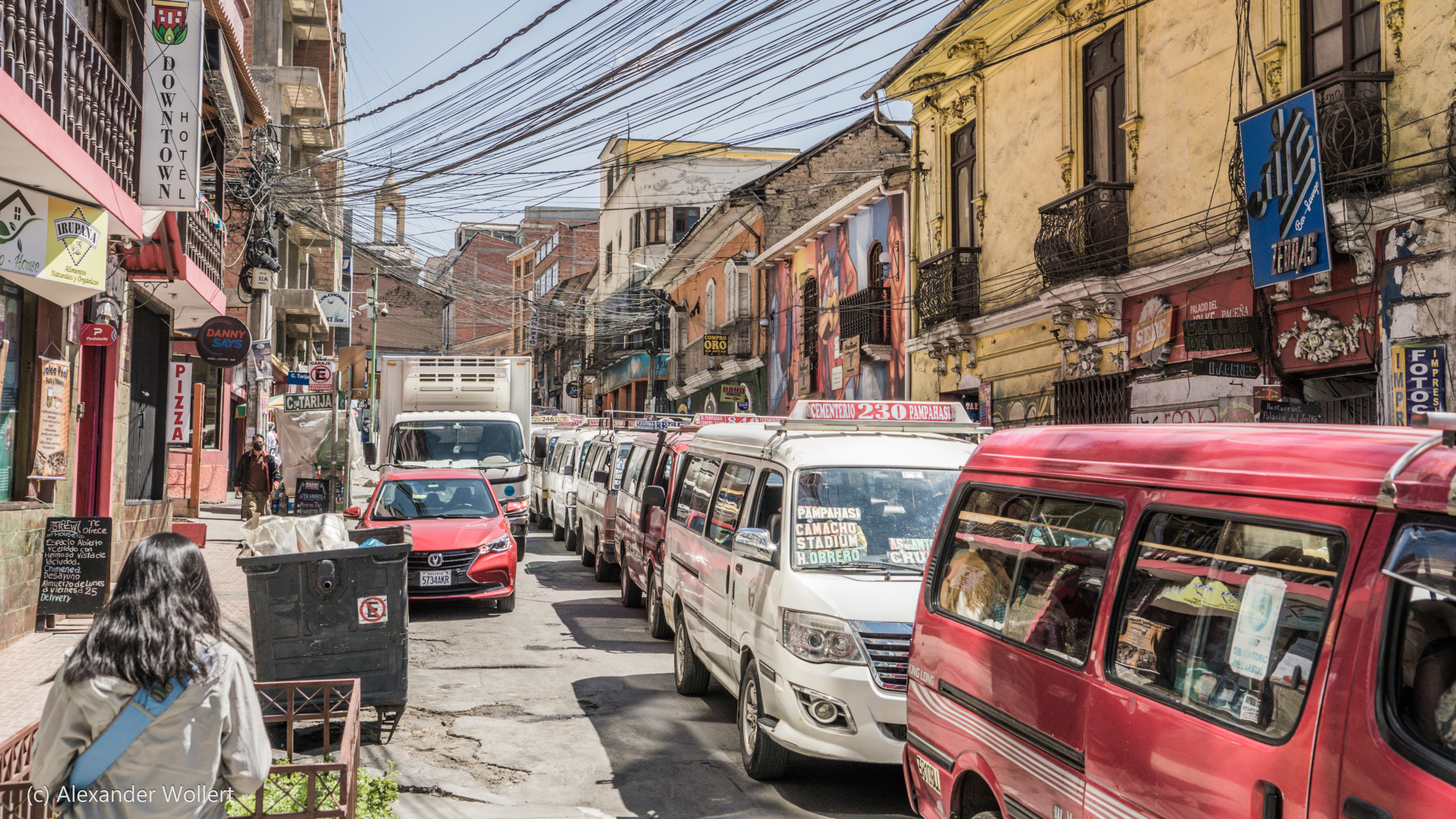
The city itself stretches over a thousand meters in altitude and it is no wonder that a network of cable cars, the teleféricos, has recently been made public transport. Above that we explore the ends of the city. With no border, the city merges into El Alto.
One would assume it’s a neighborhood of La Paz, but ahead of us it’s emphasized over and over that it’s self-contained. There, a cable car takes us to a vantage point at 4092 meters above sea level.



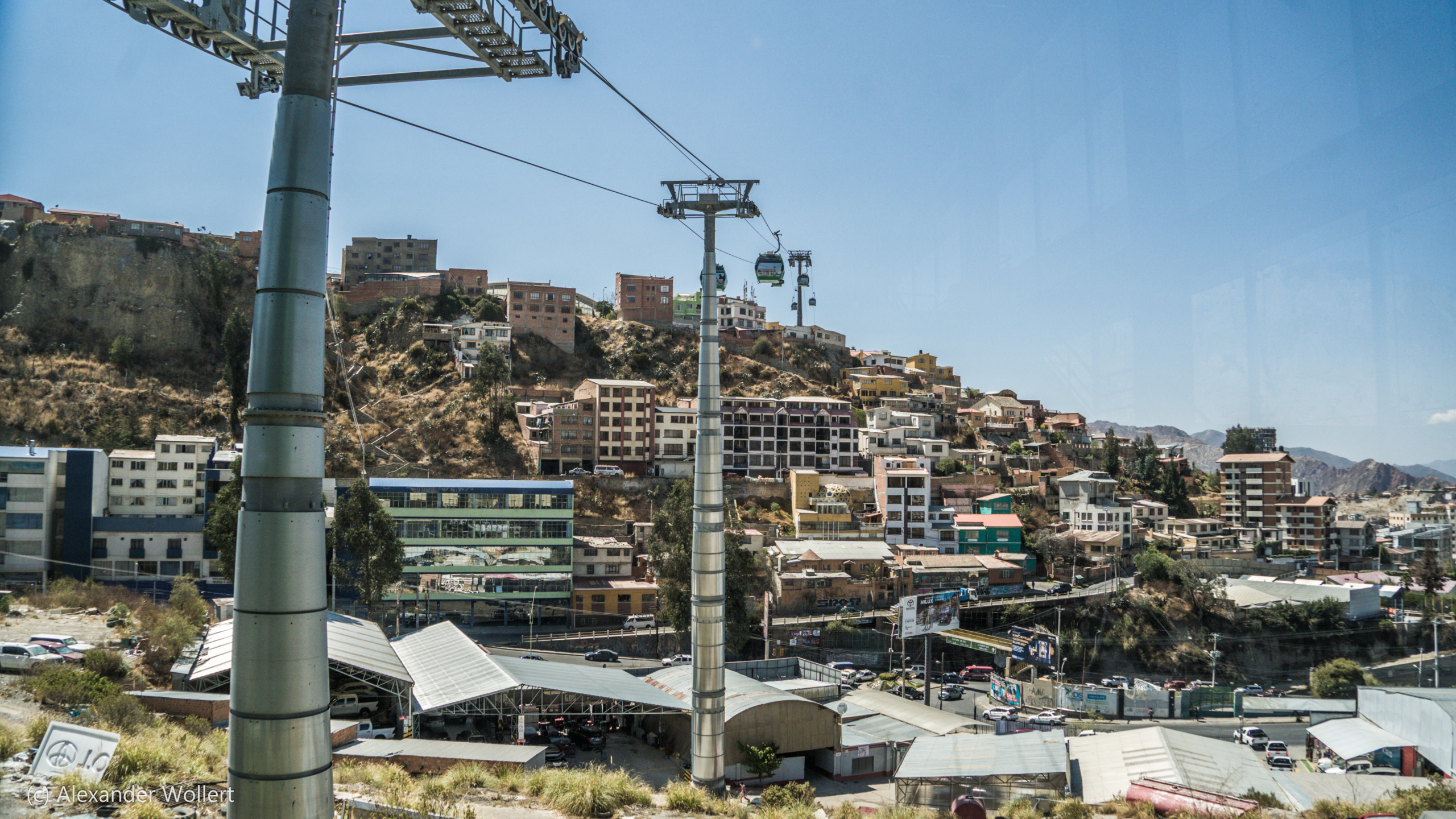
We make extensive use of these cable cars to easily get to the other ends of town and enjoy the views. The rides just started operating in 2014 and the gondolas and stations are state-of-the-art.
The network is the largest in the world. A fifteen minute walk will take us to three different stations and different lines that are clearly color coded.
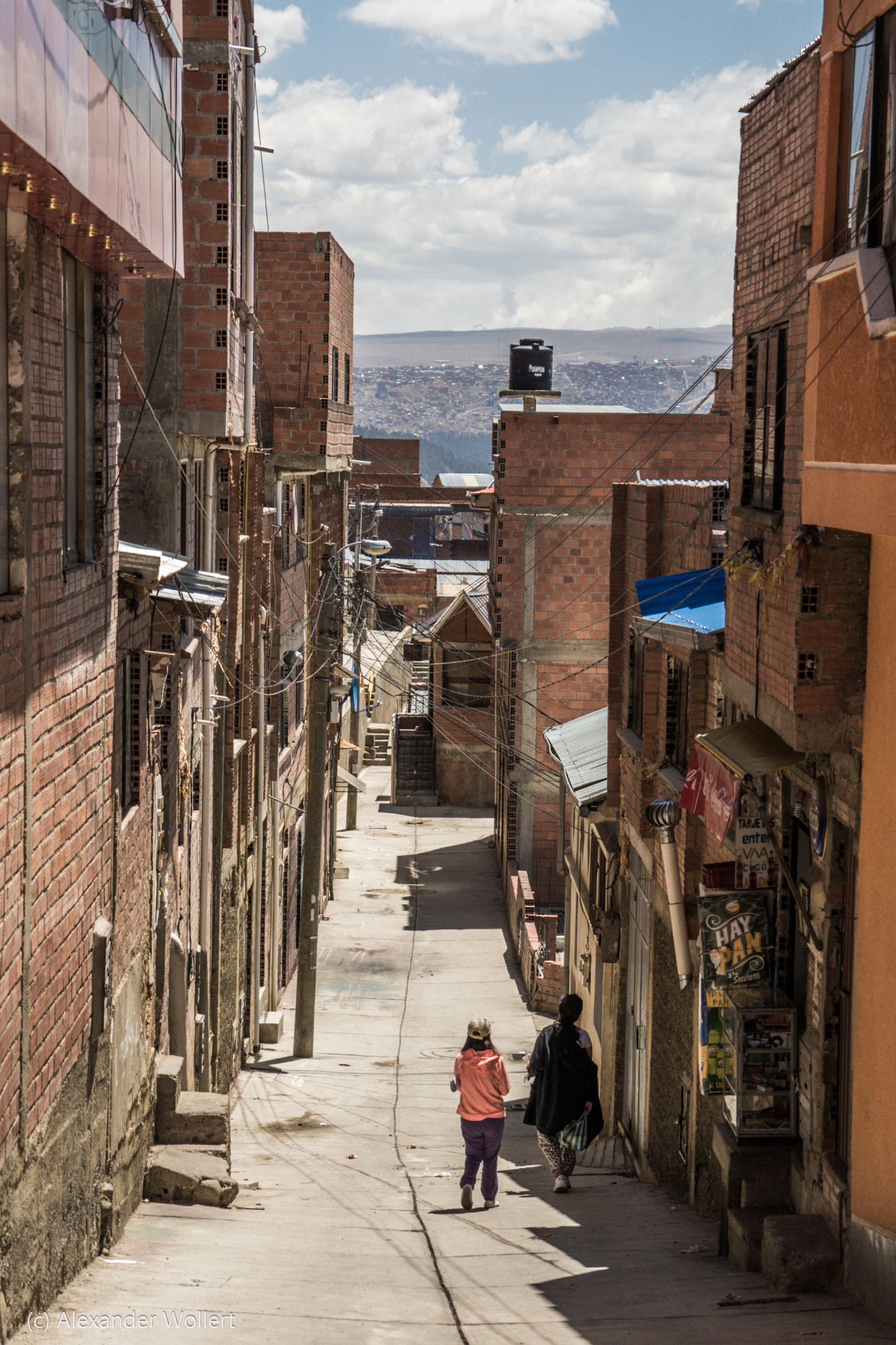
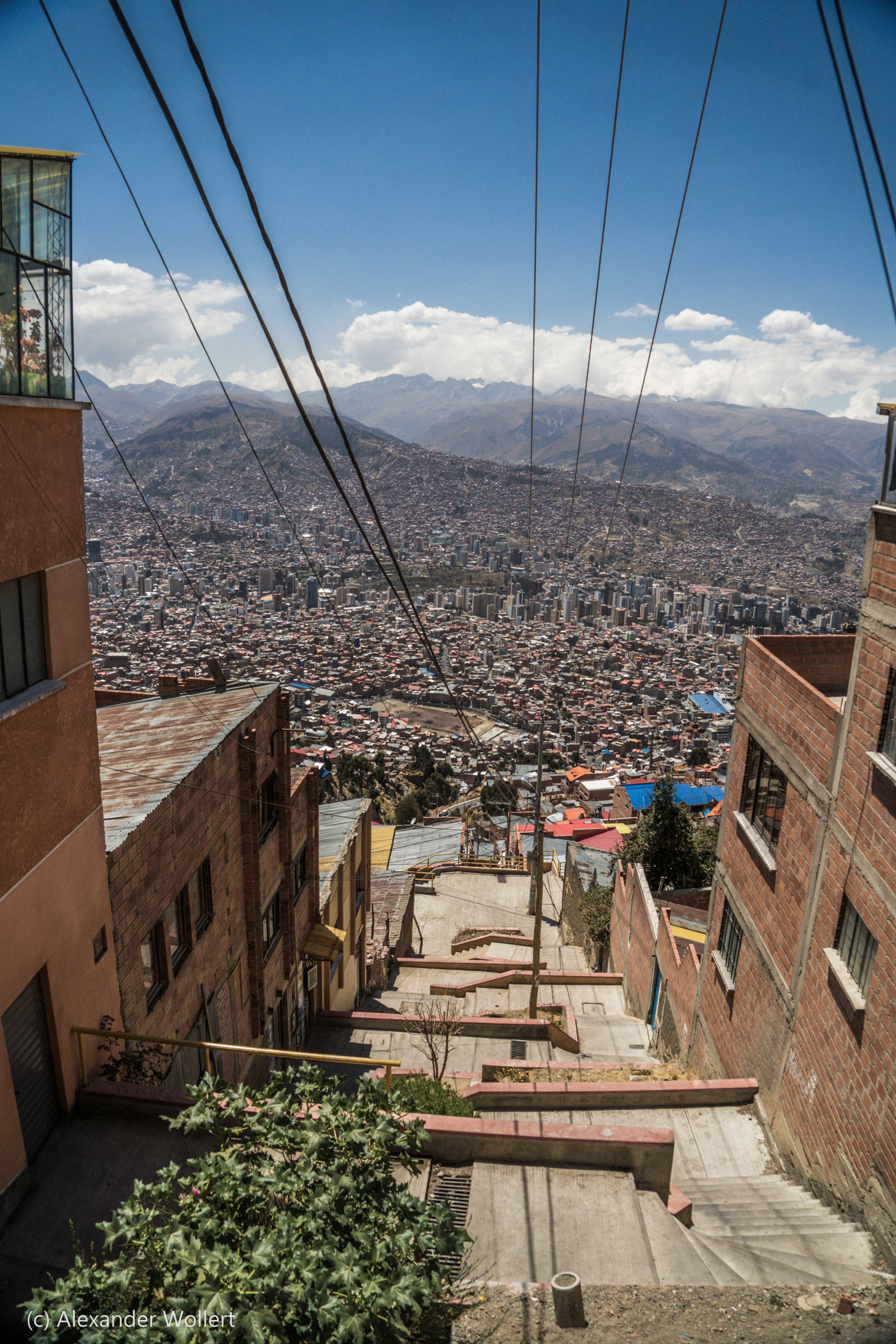
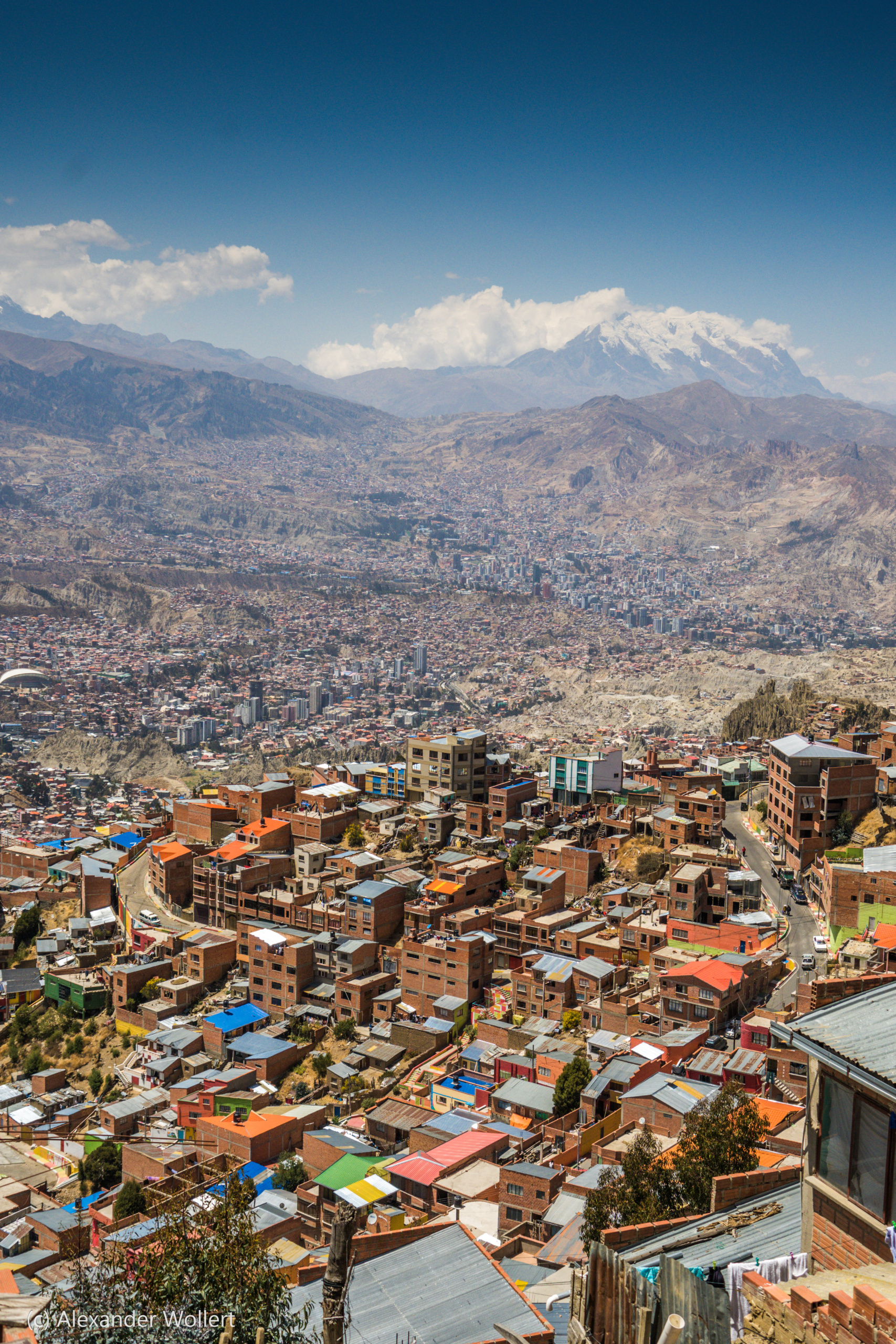

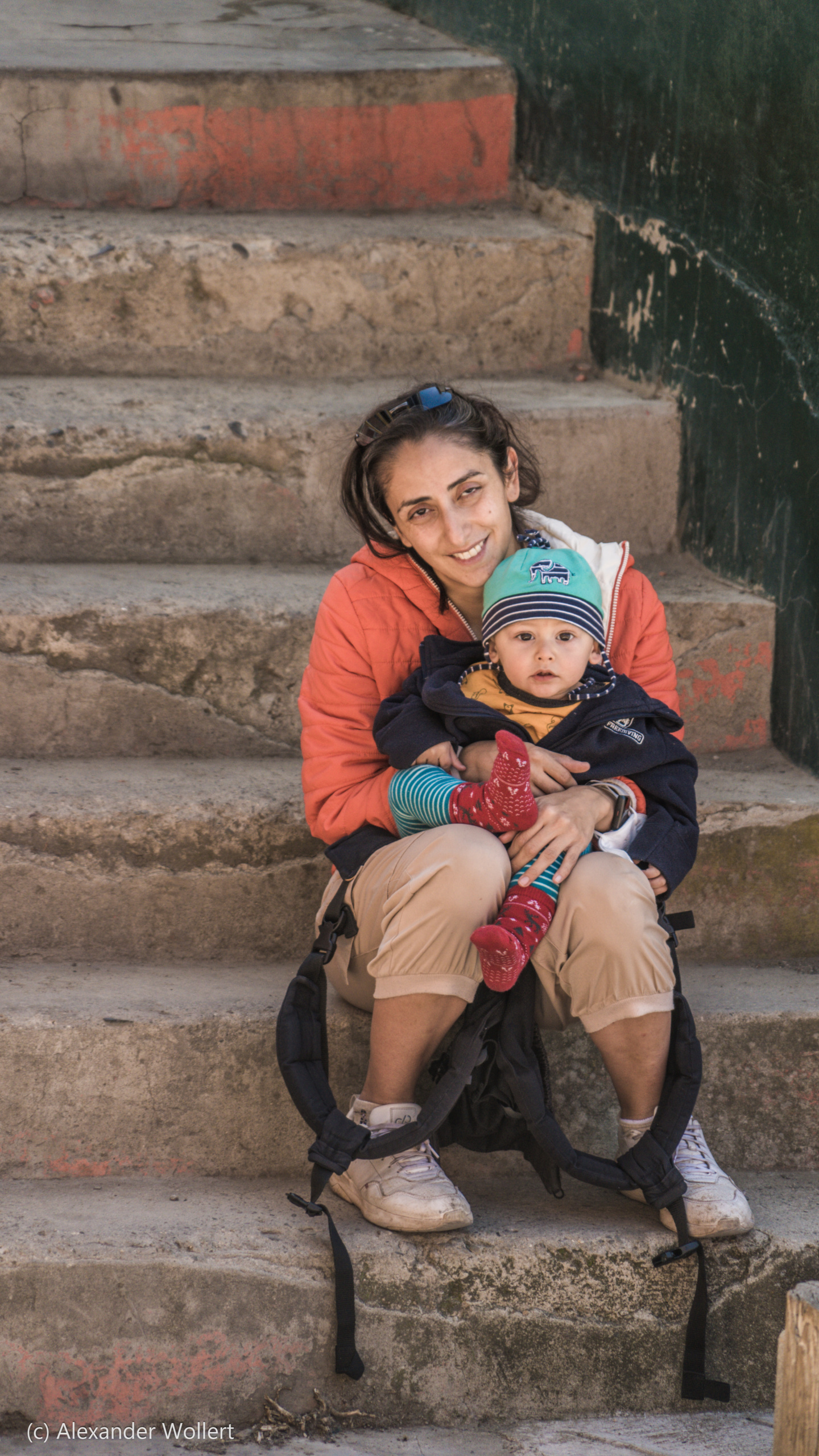
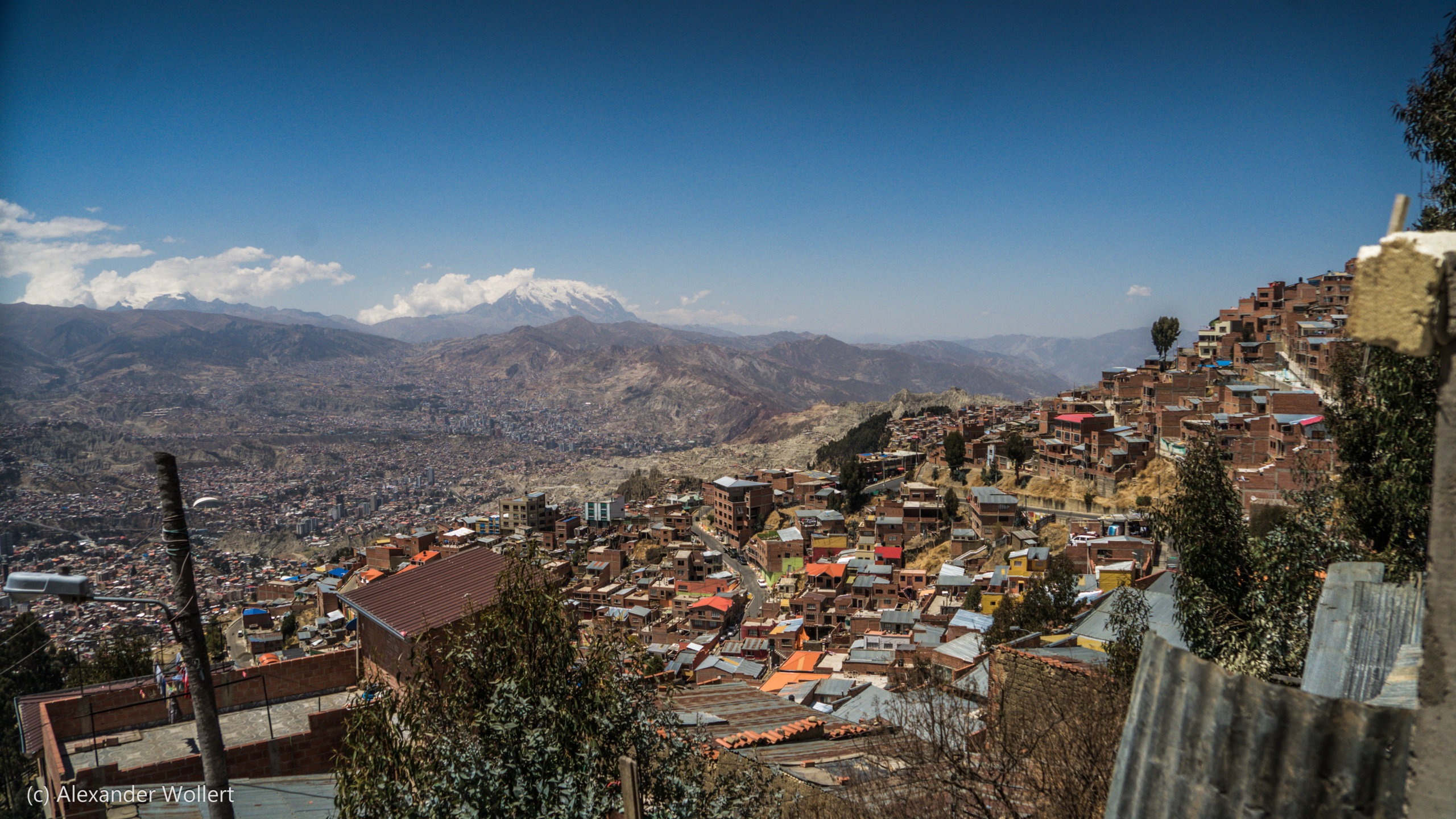
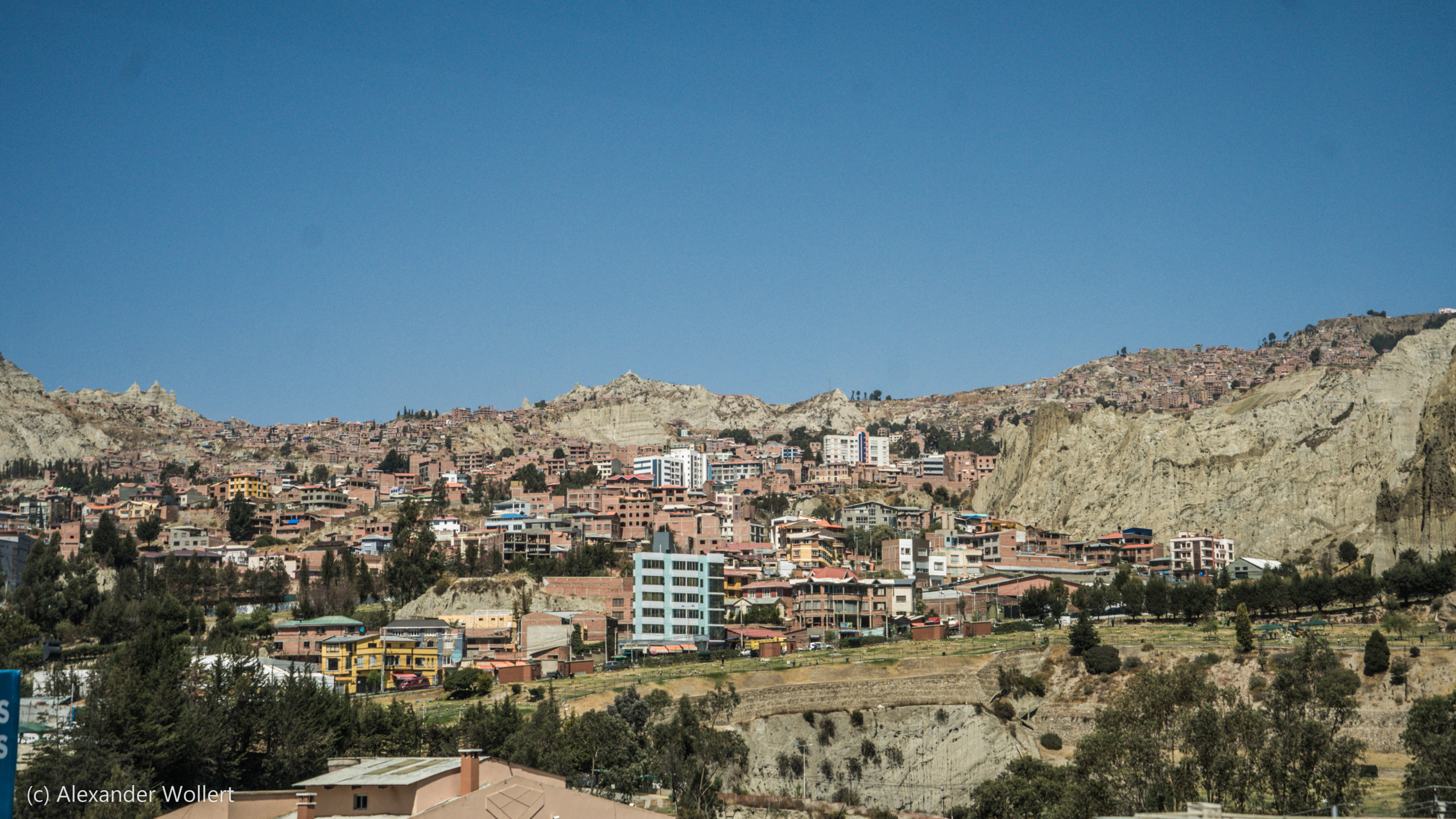
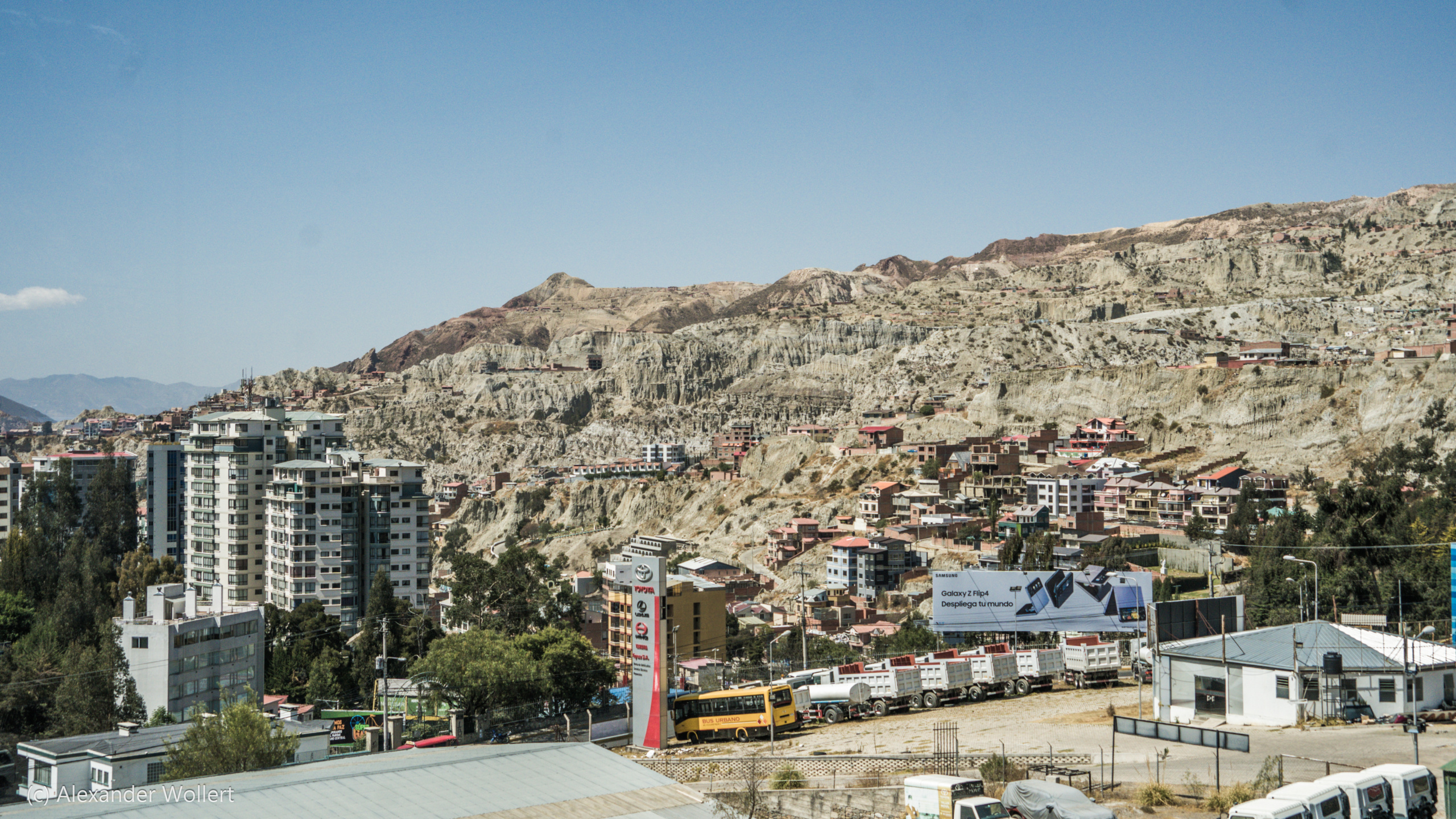
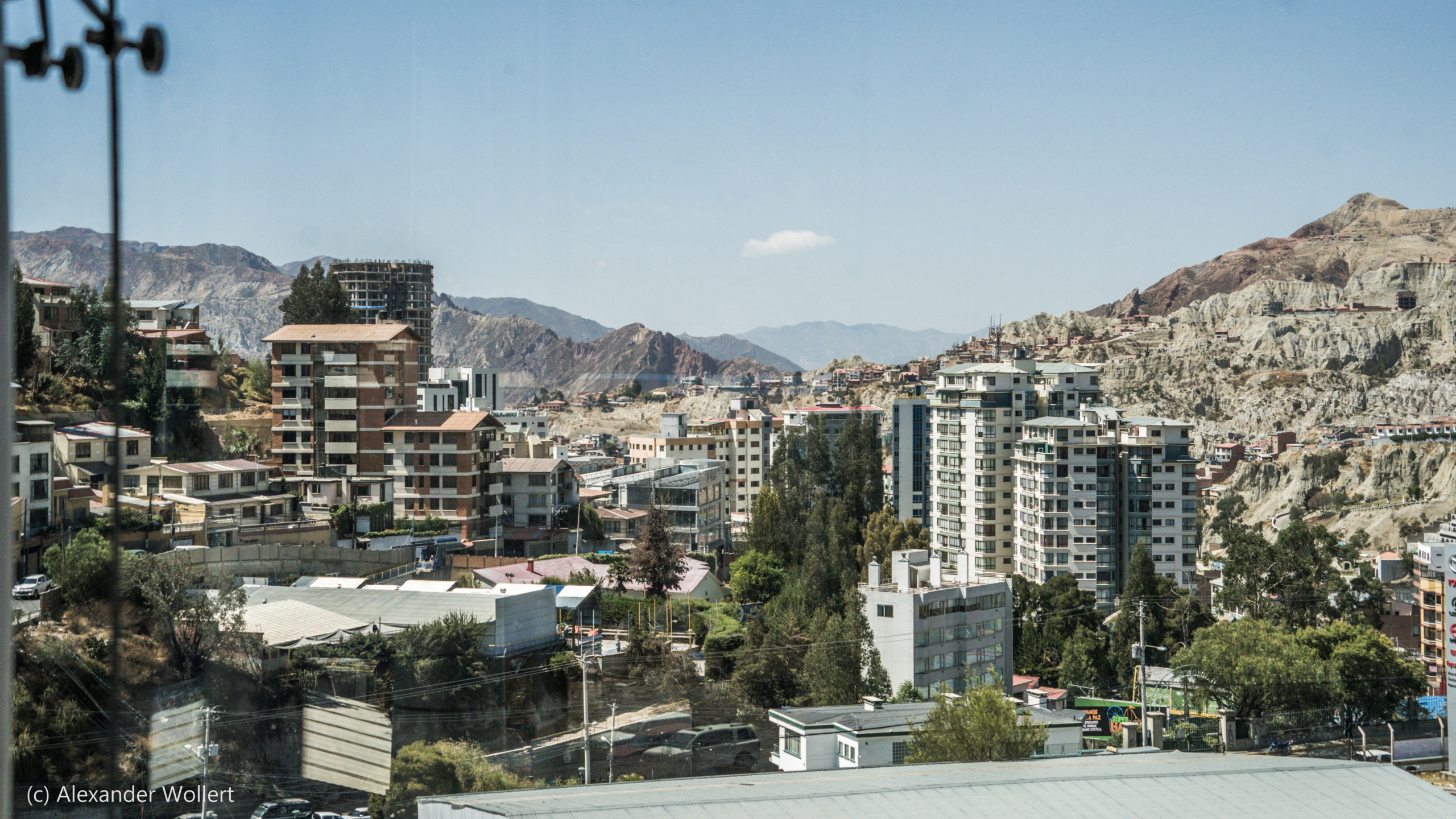

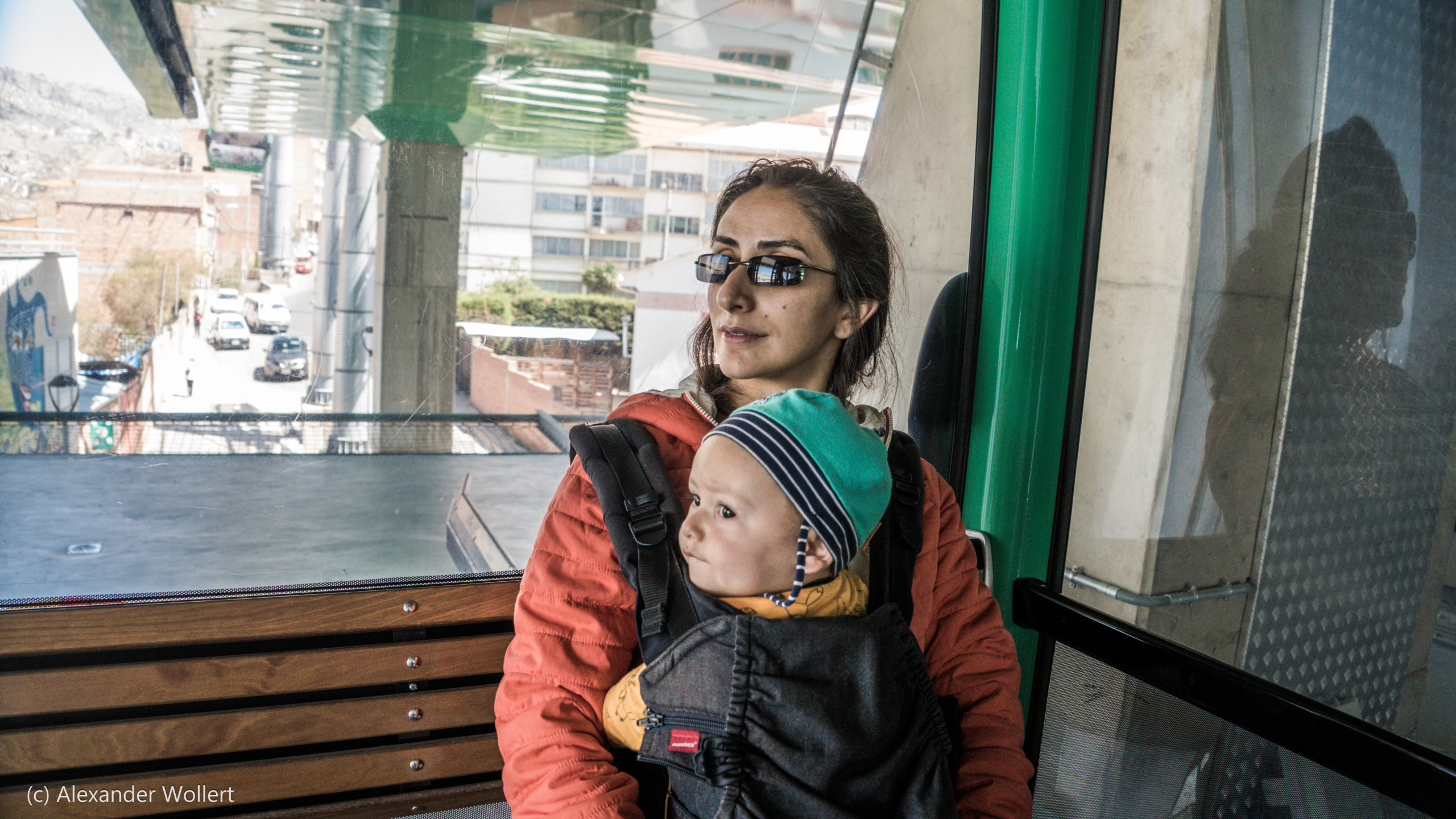
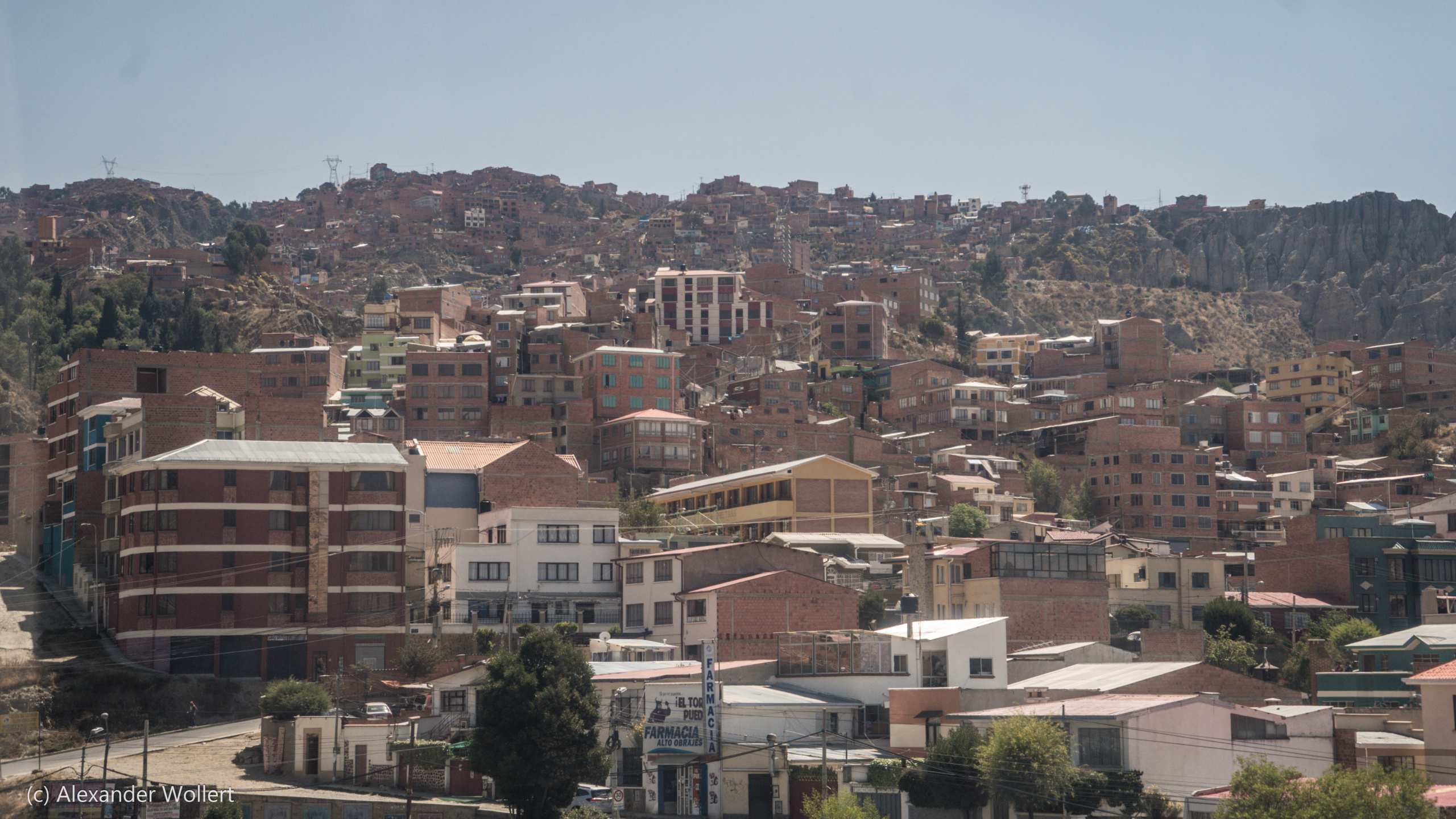
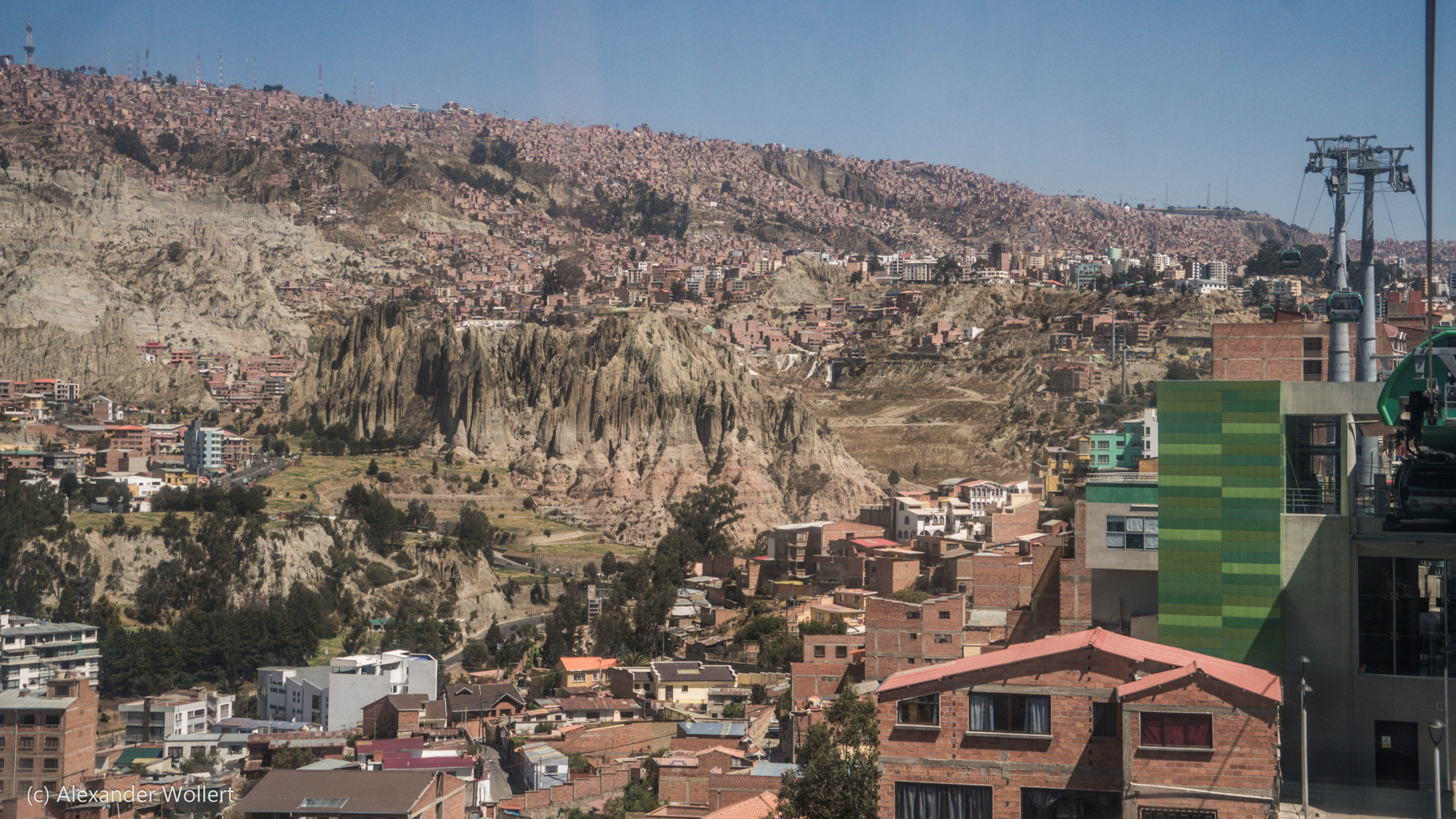

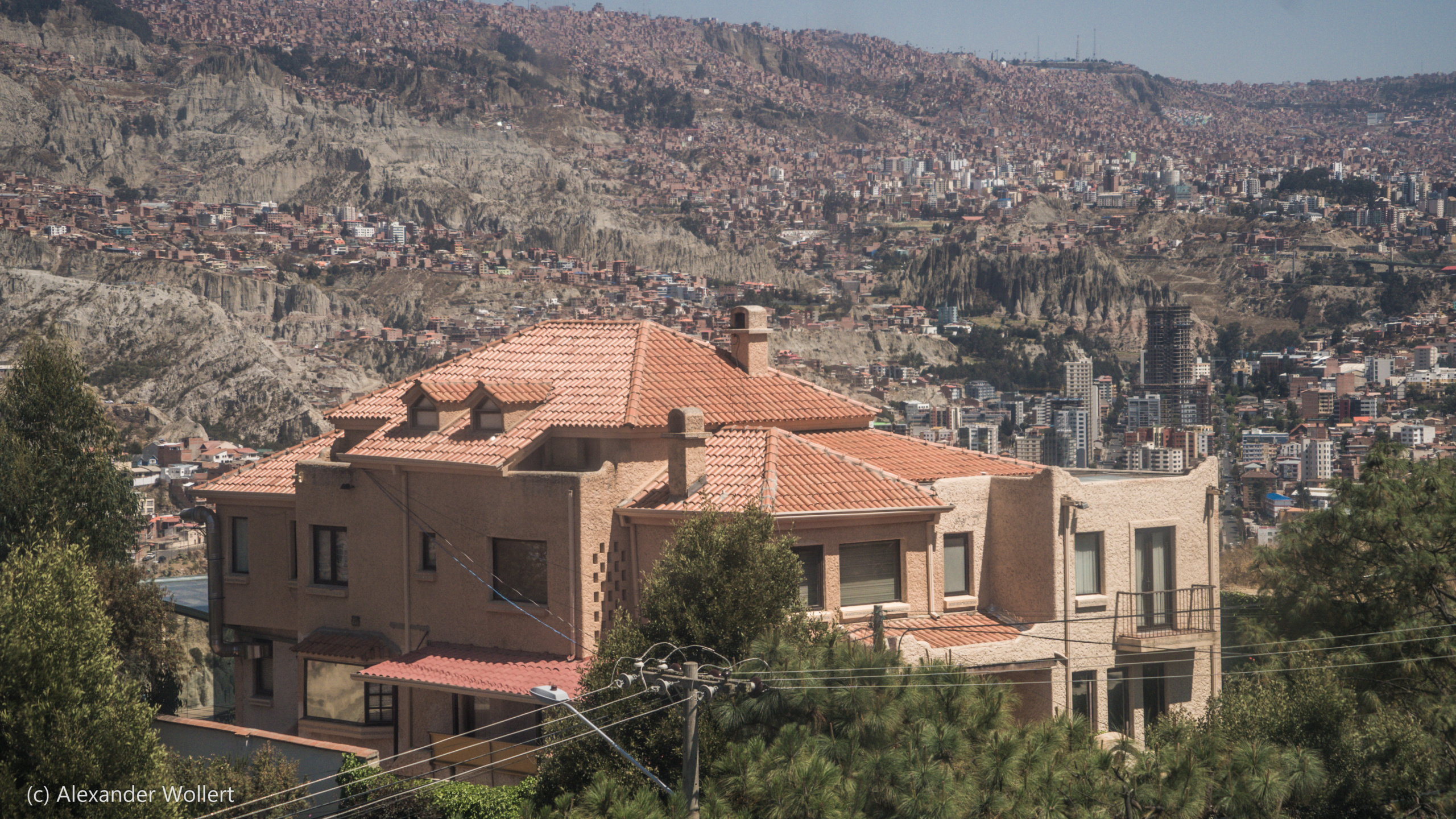

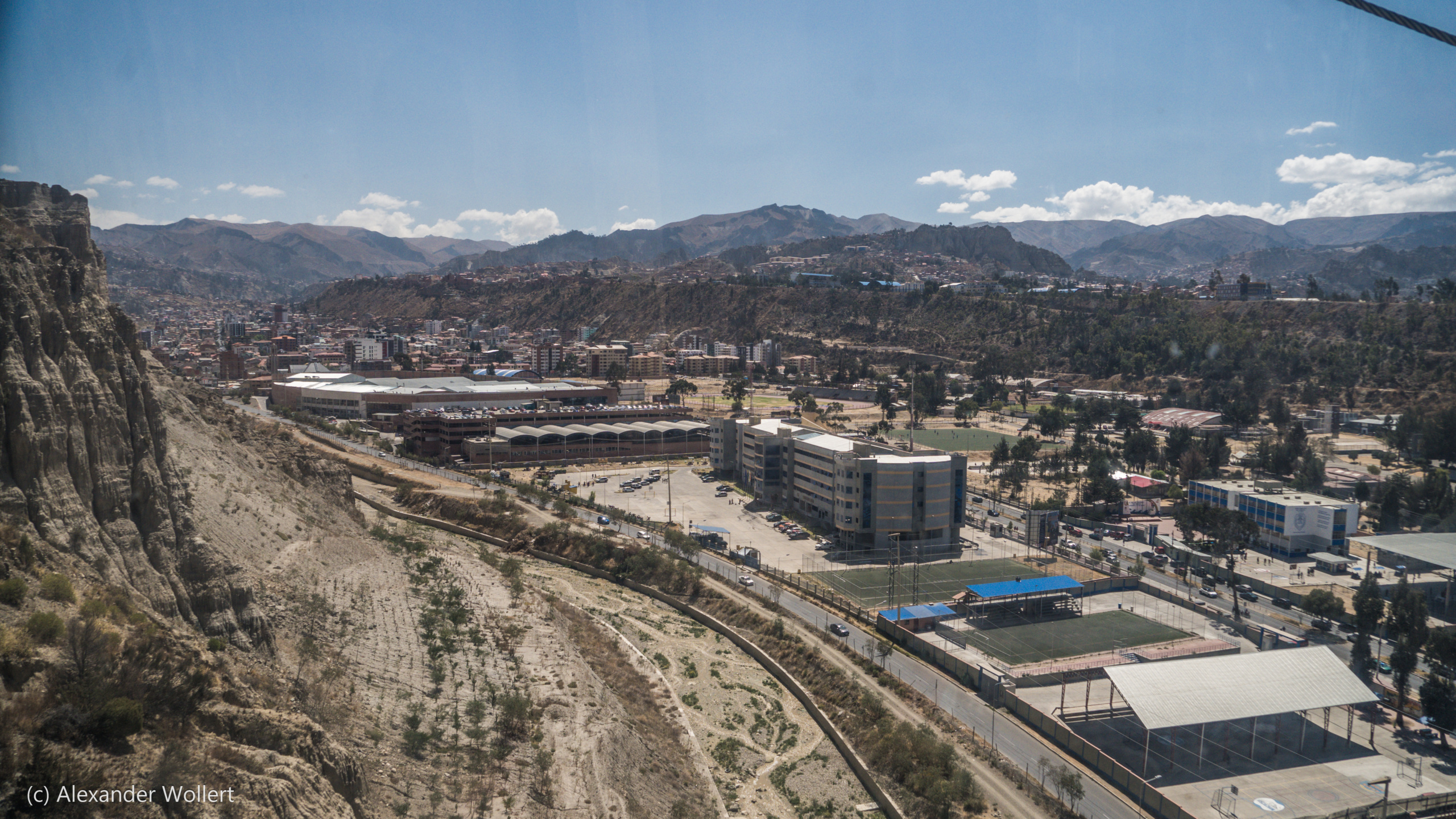
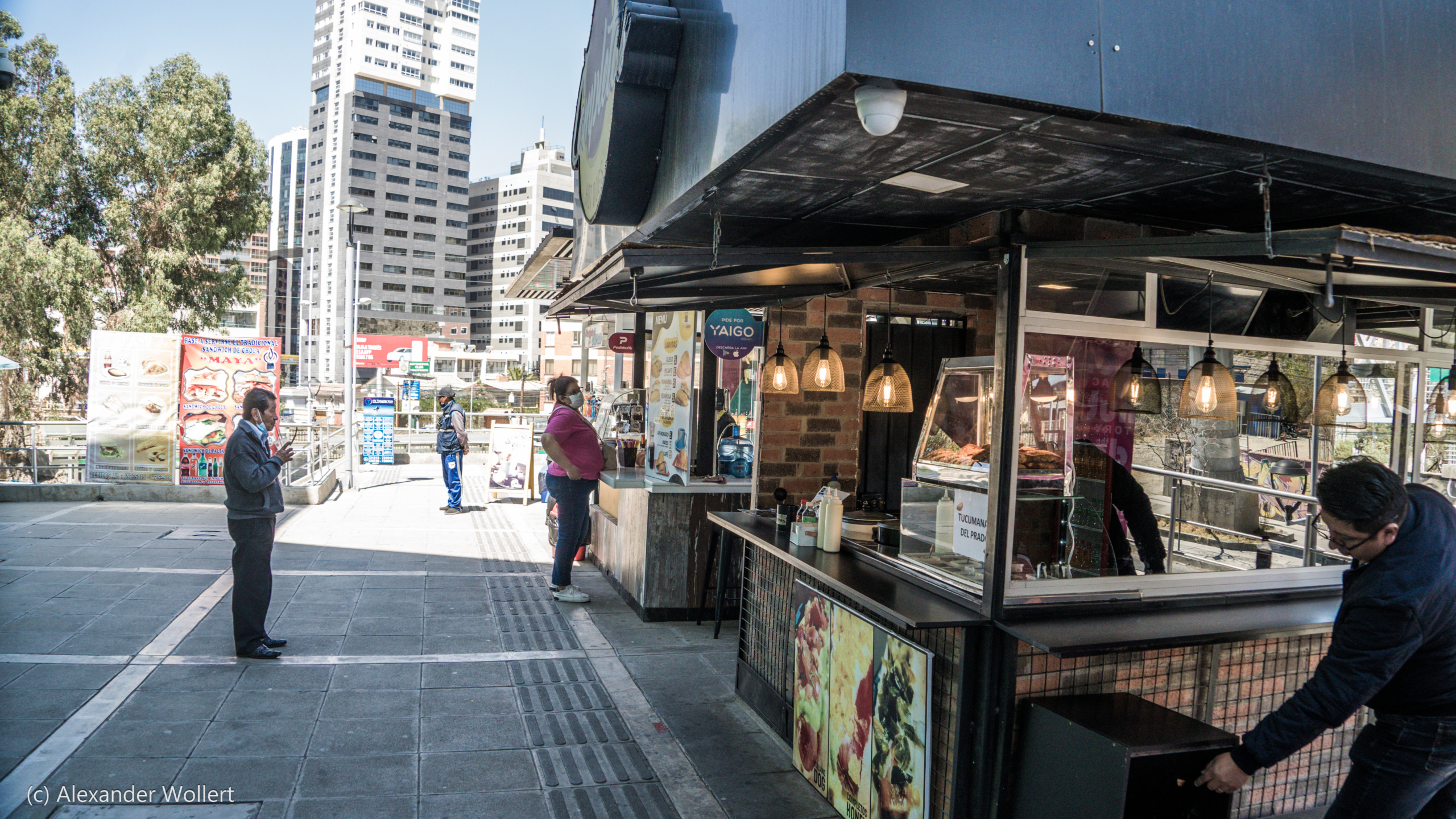
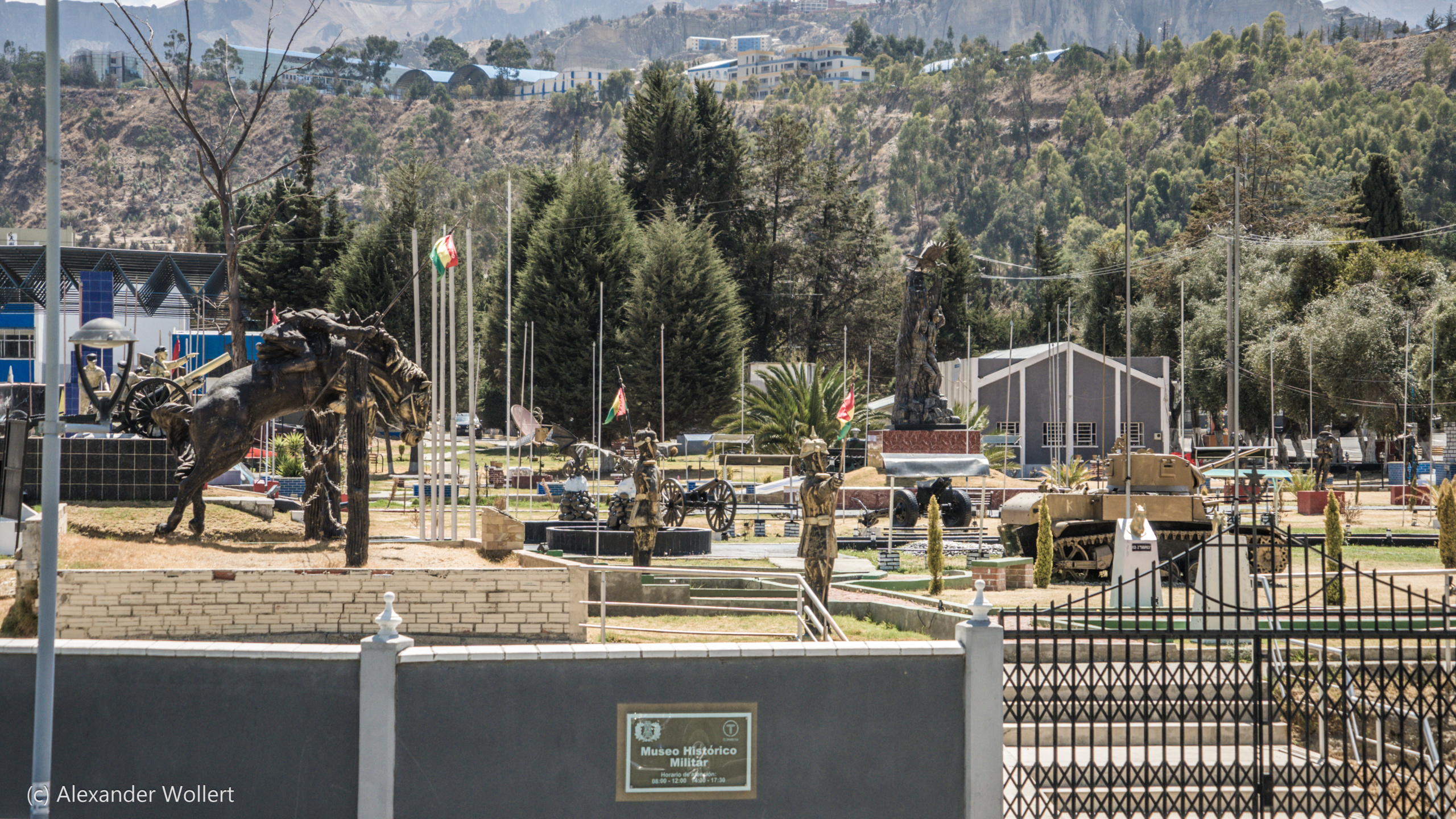
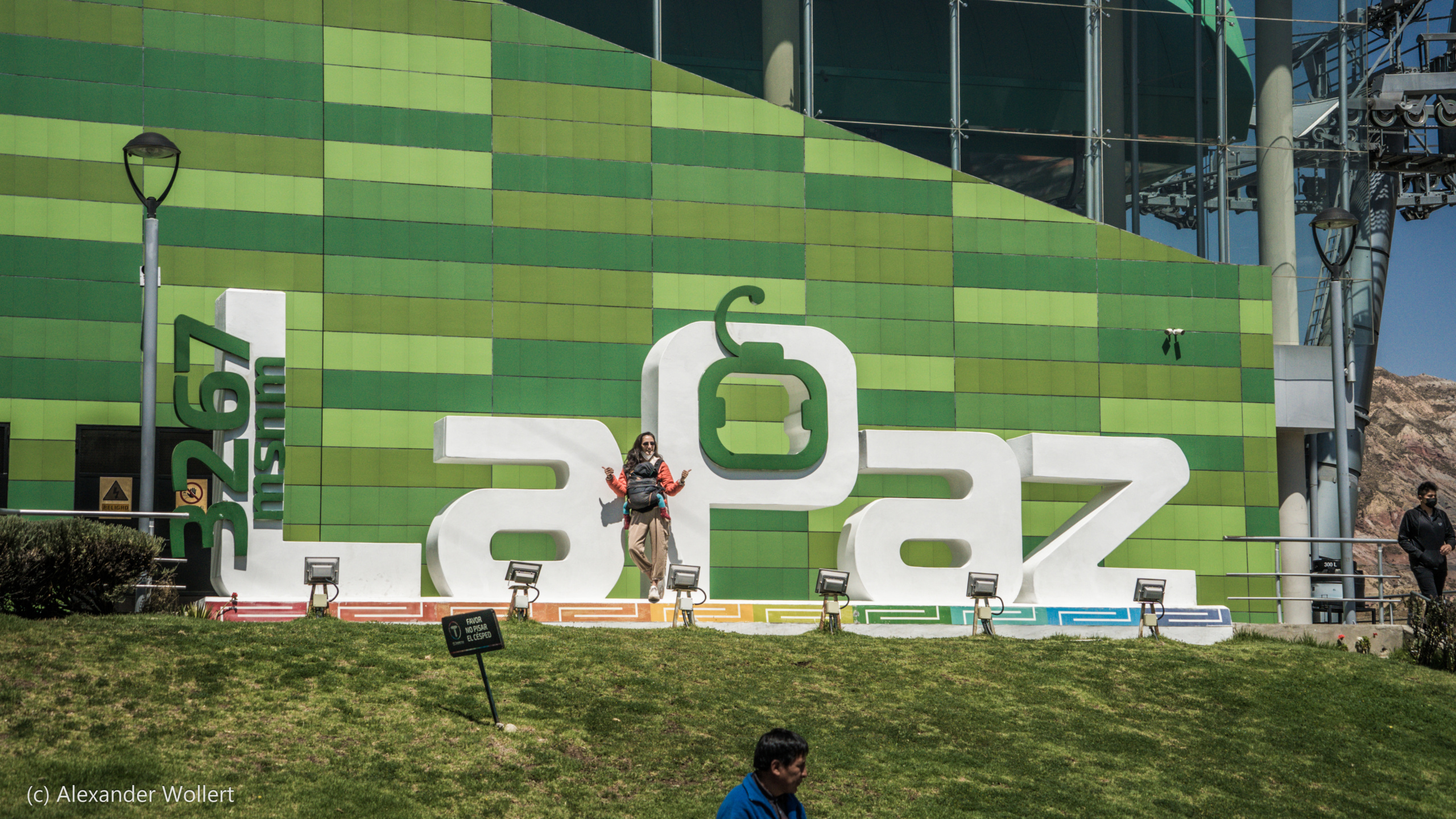


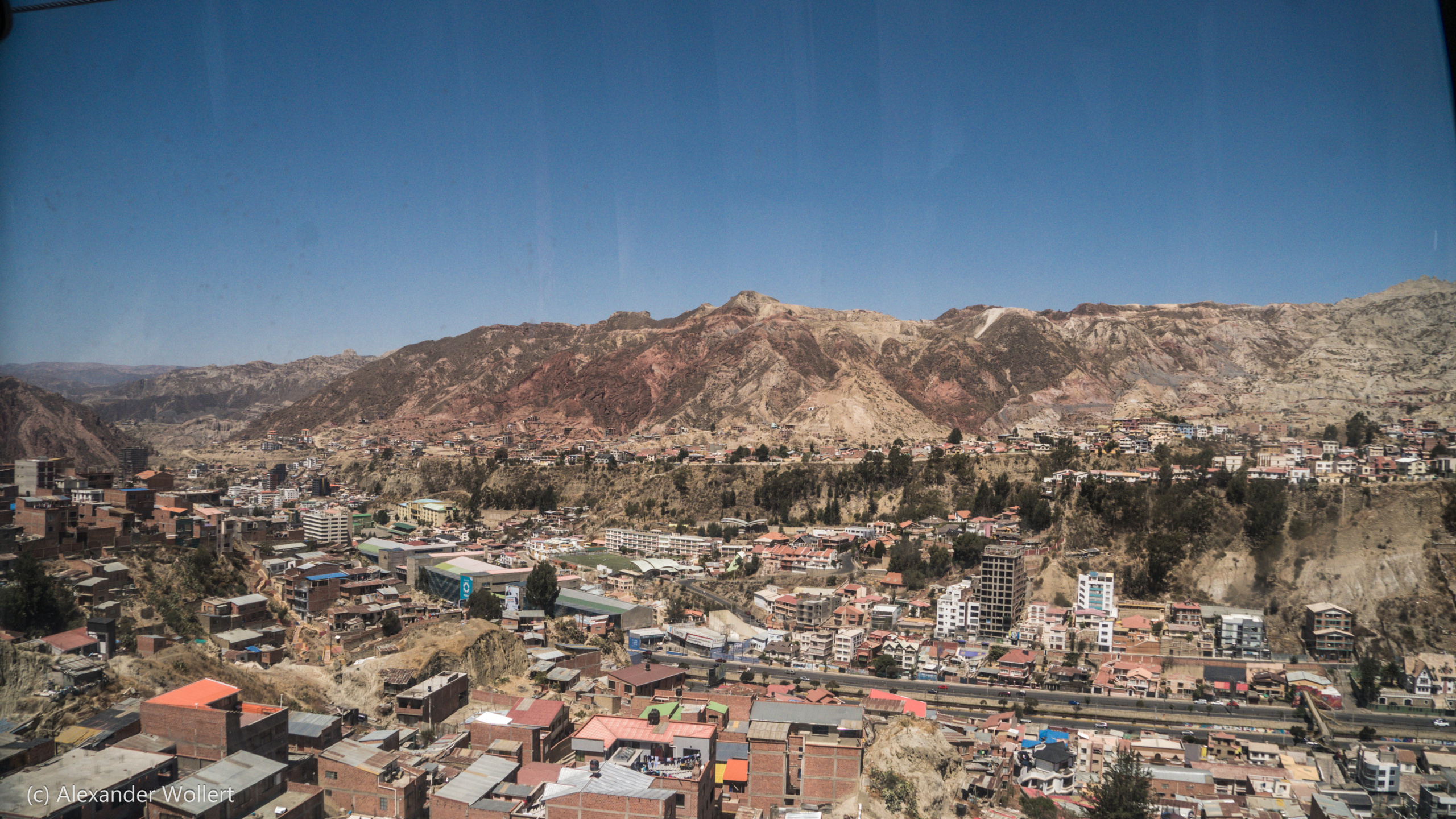
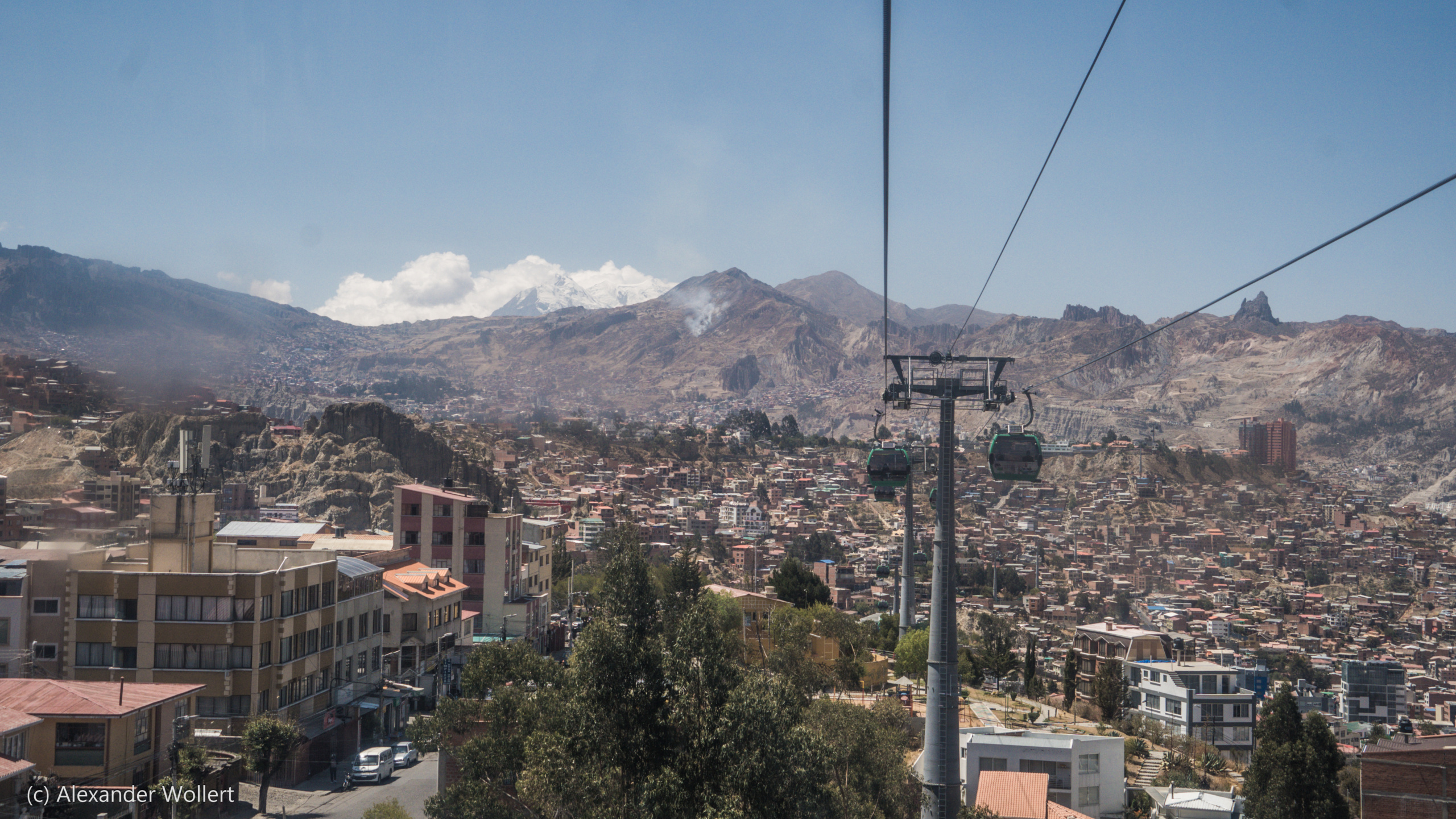
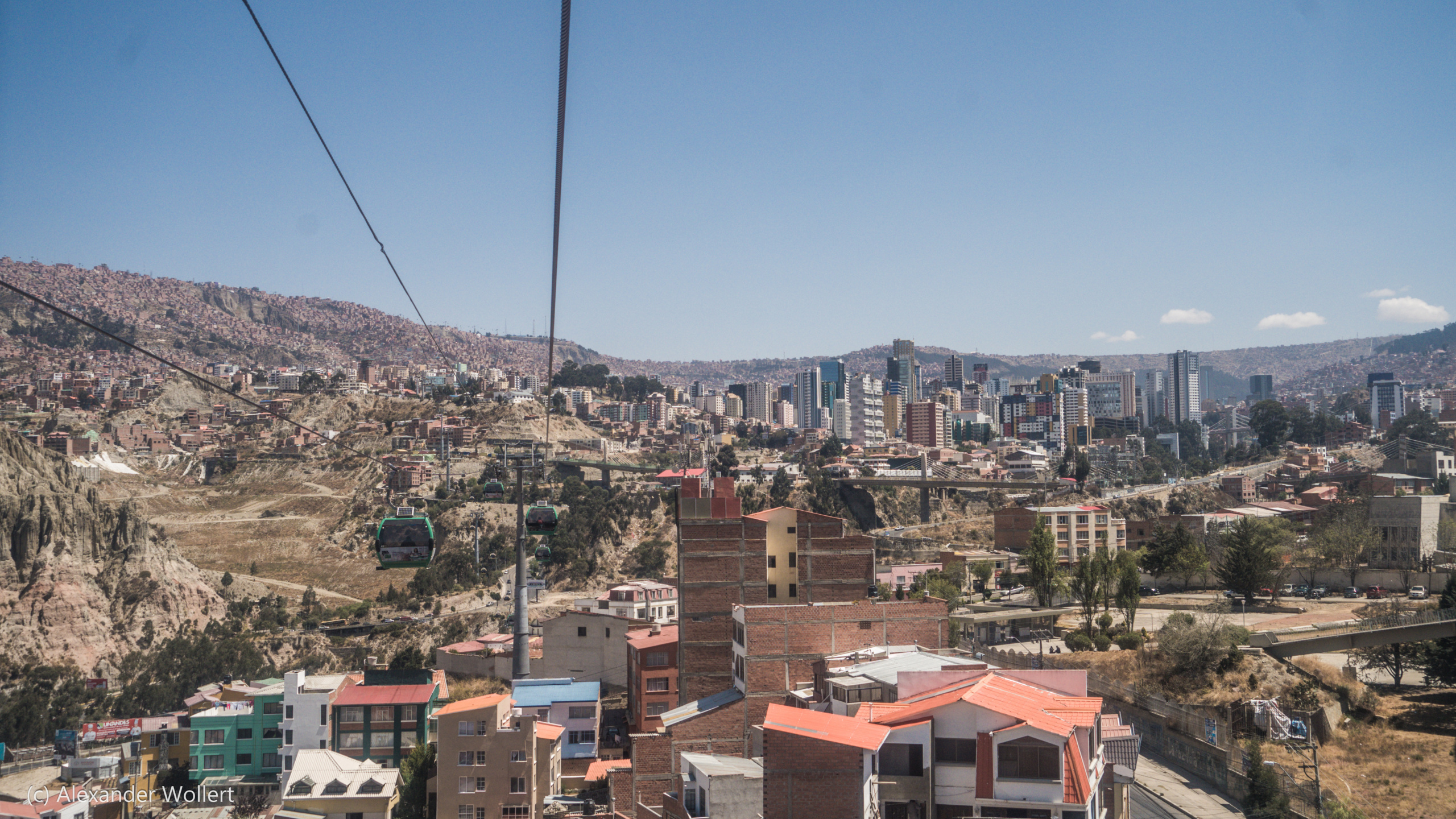

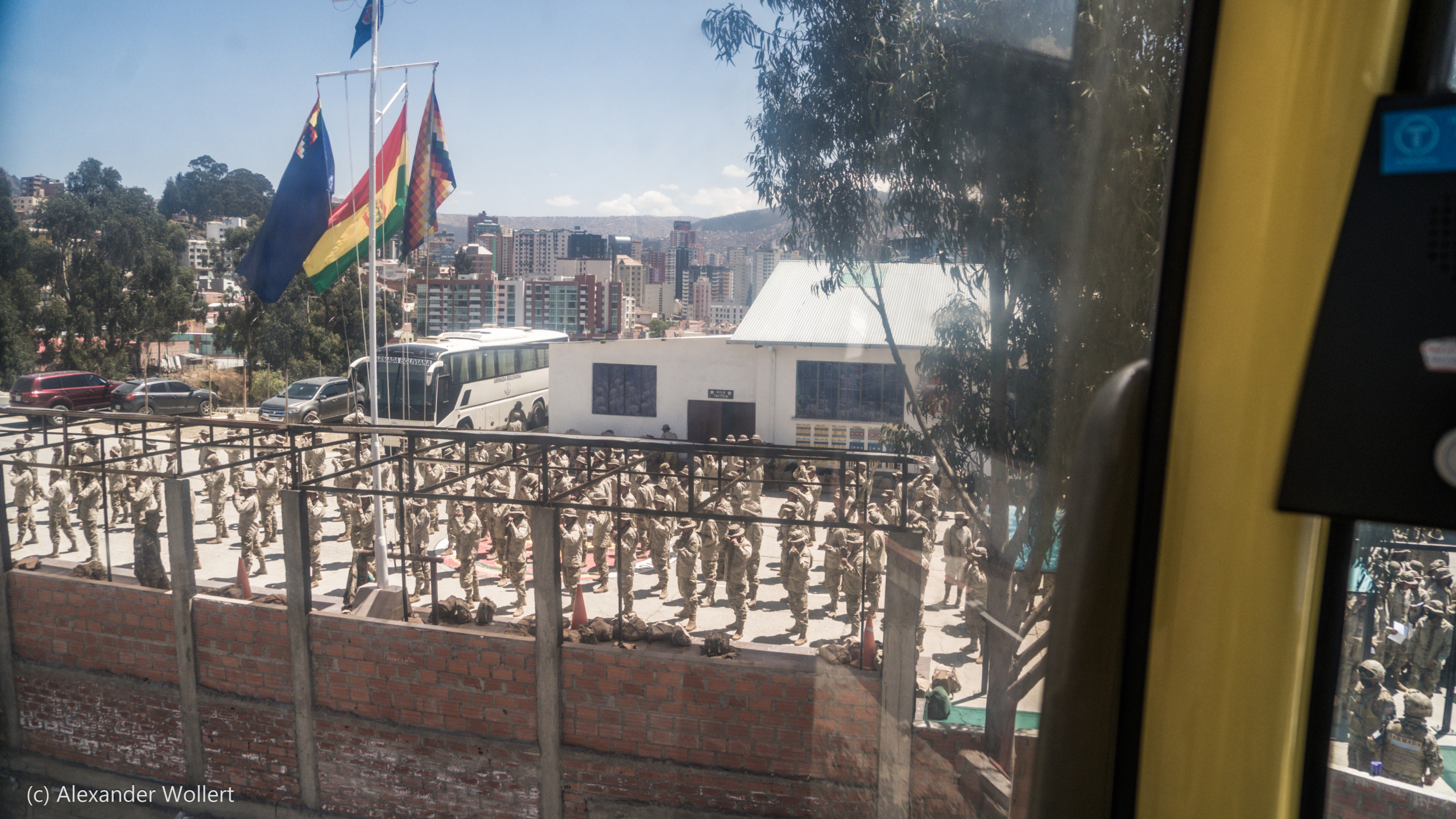
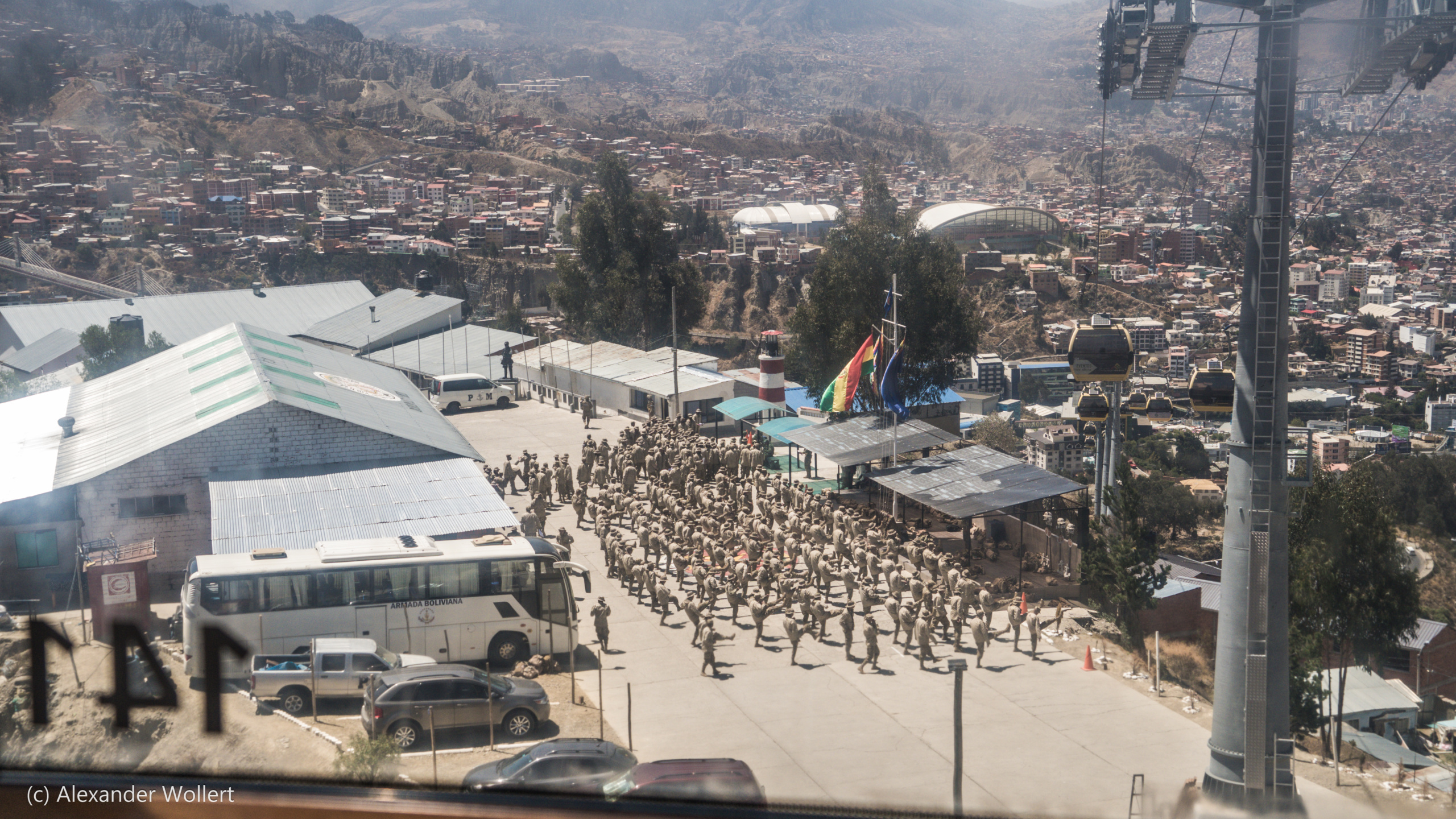

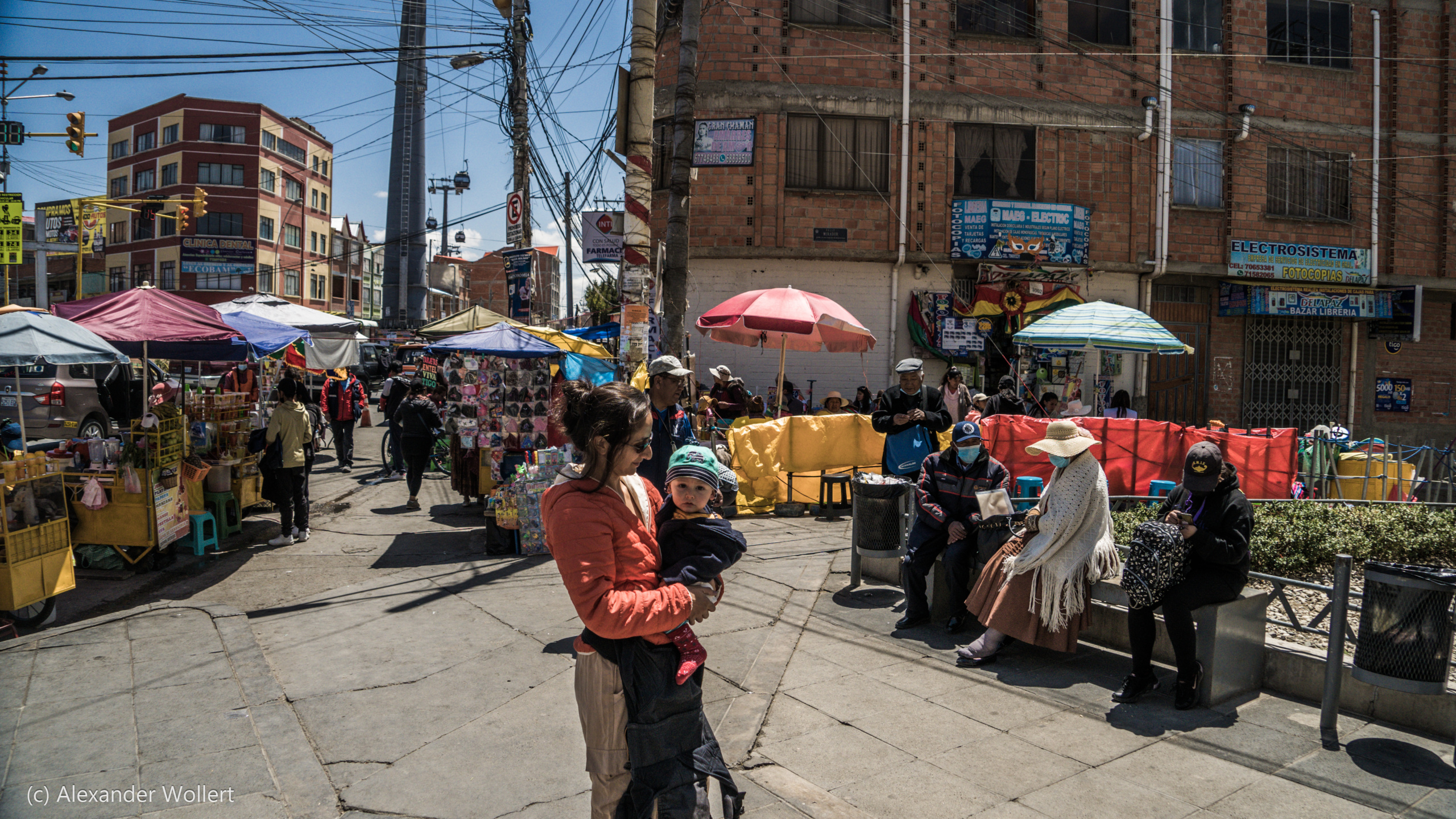
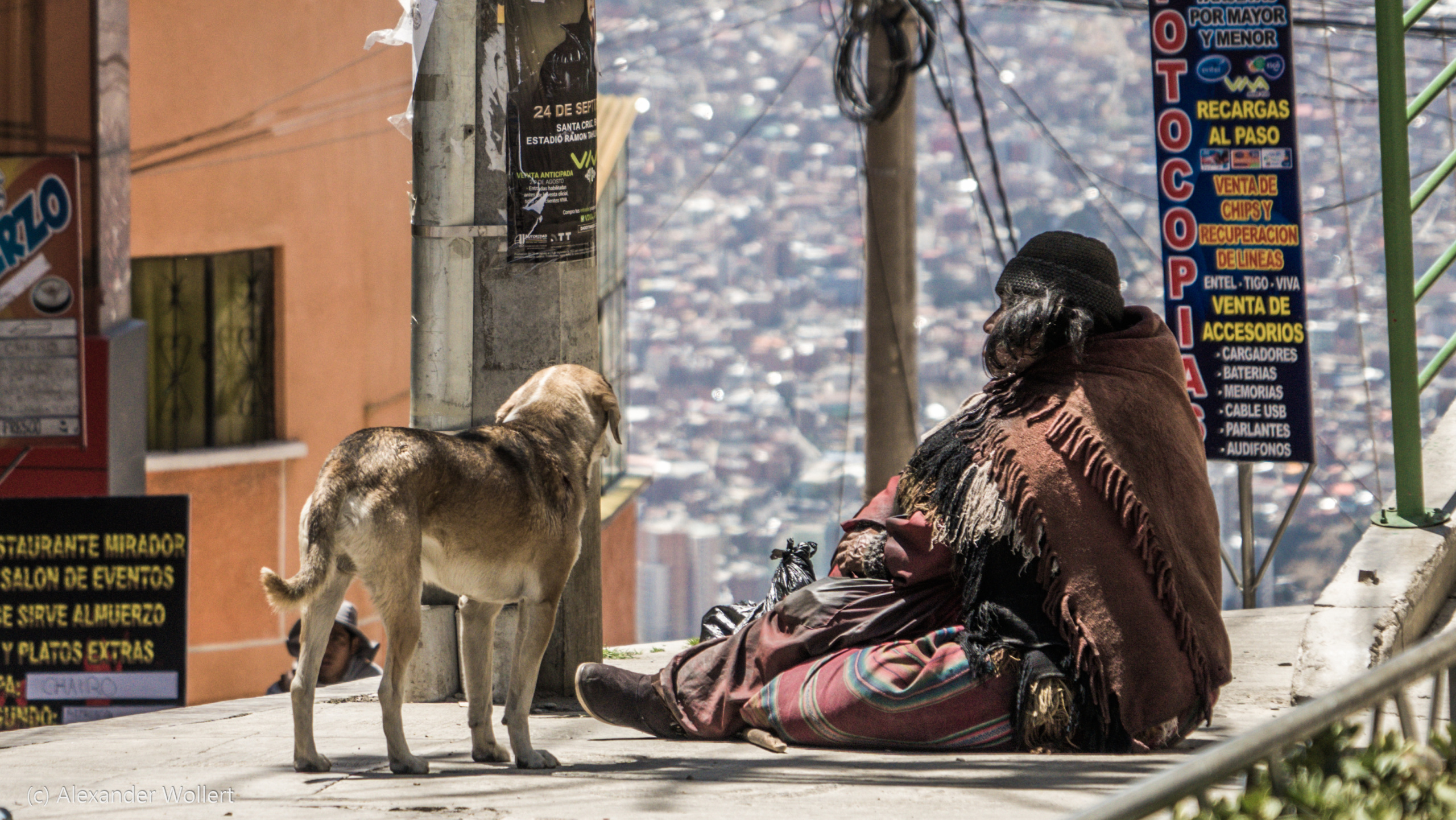



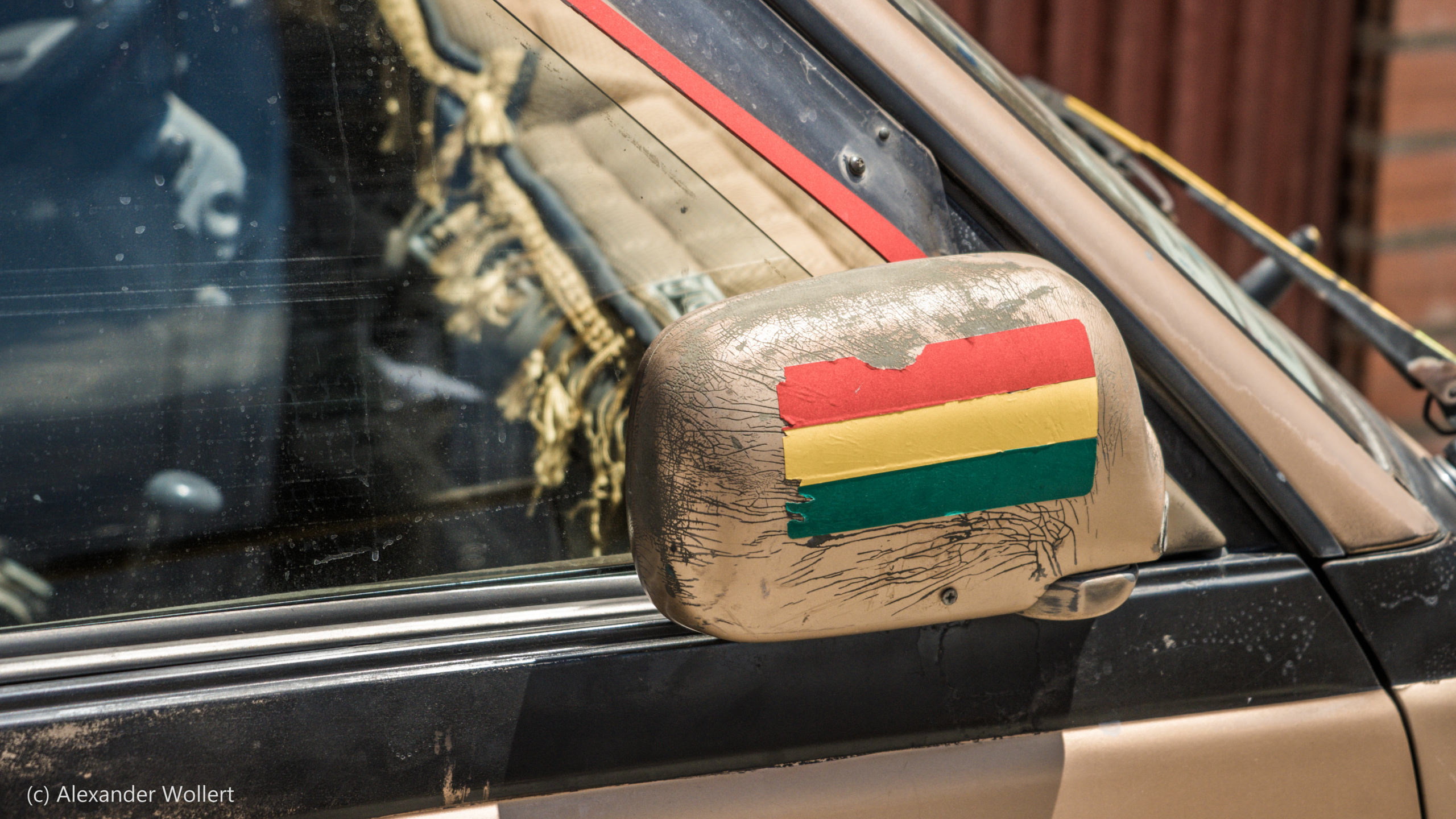
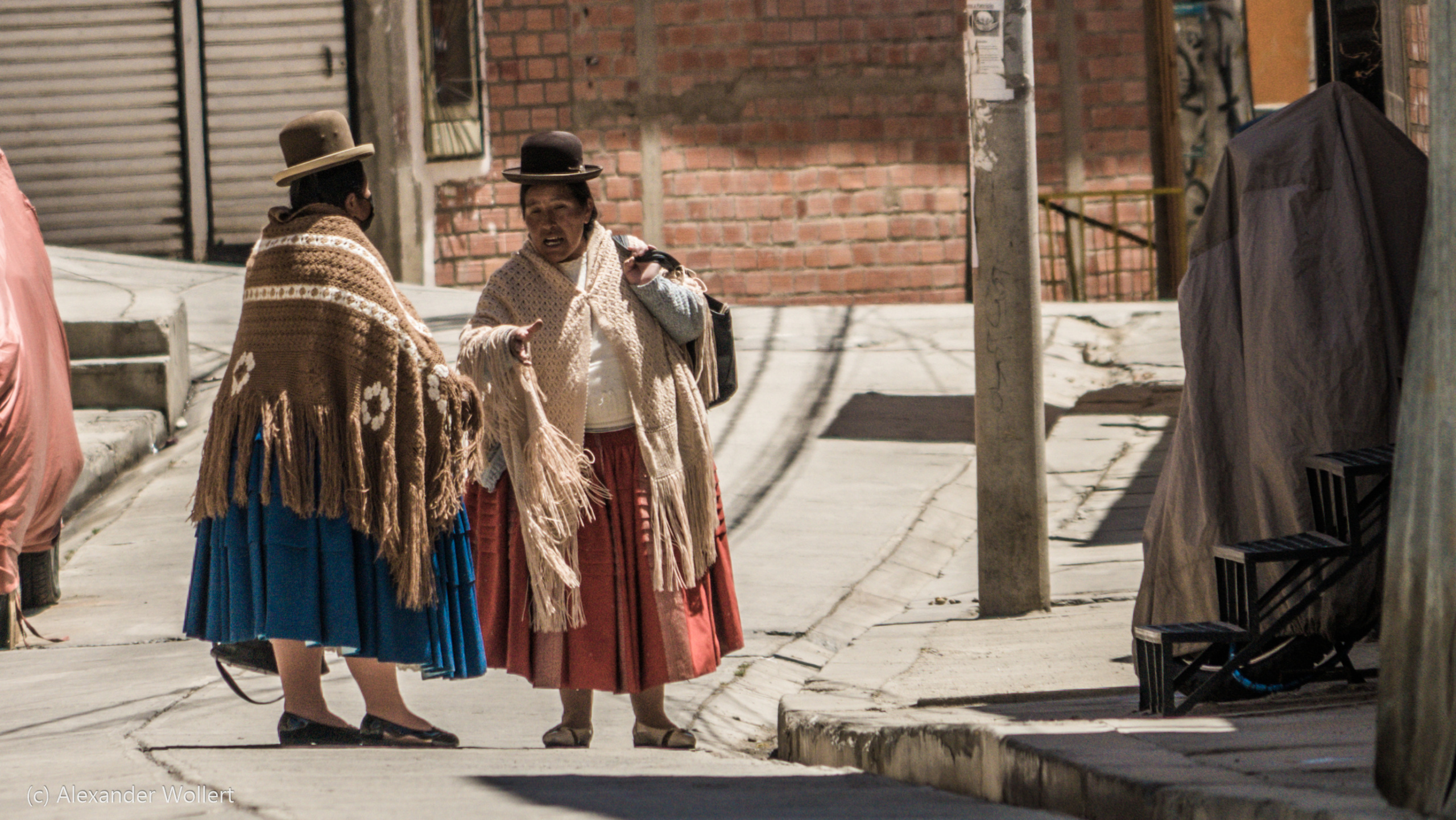
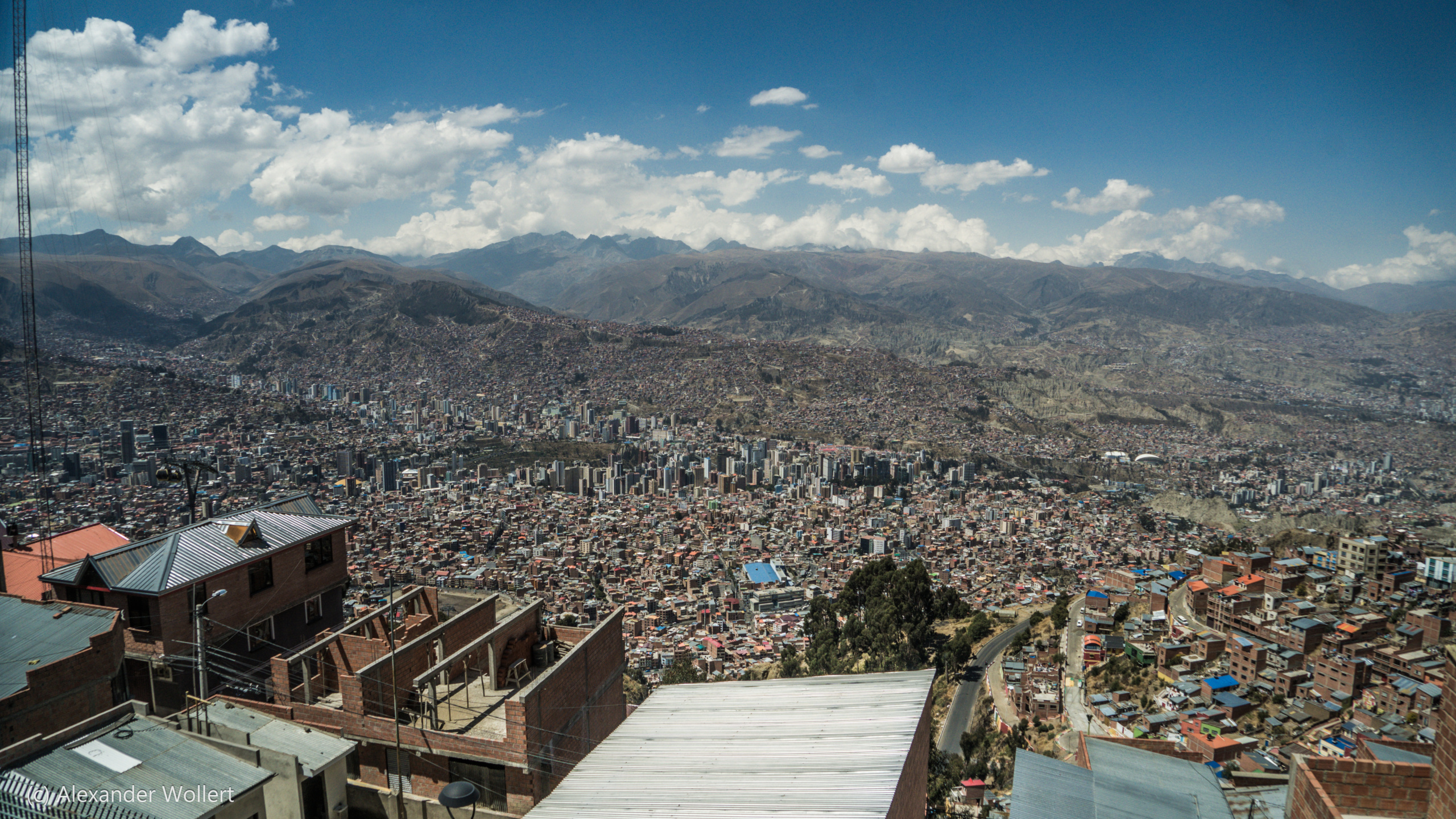
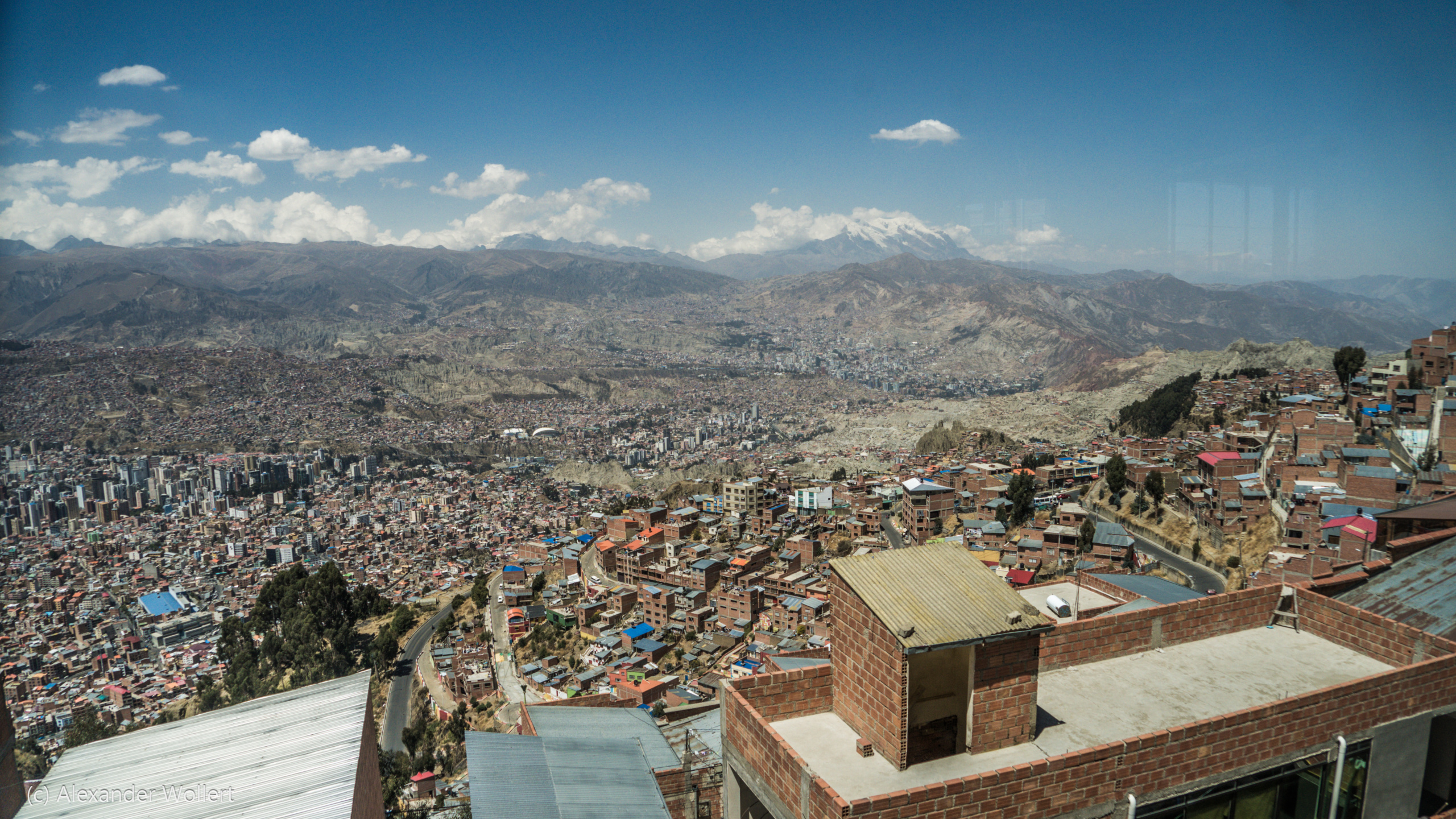
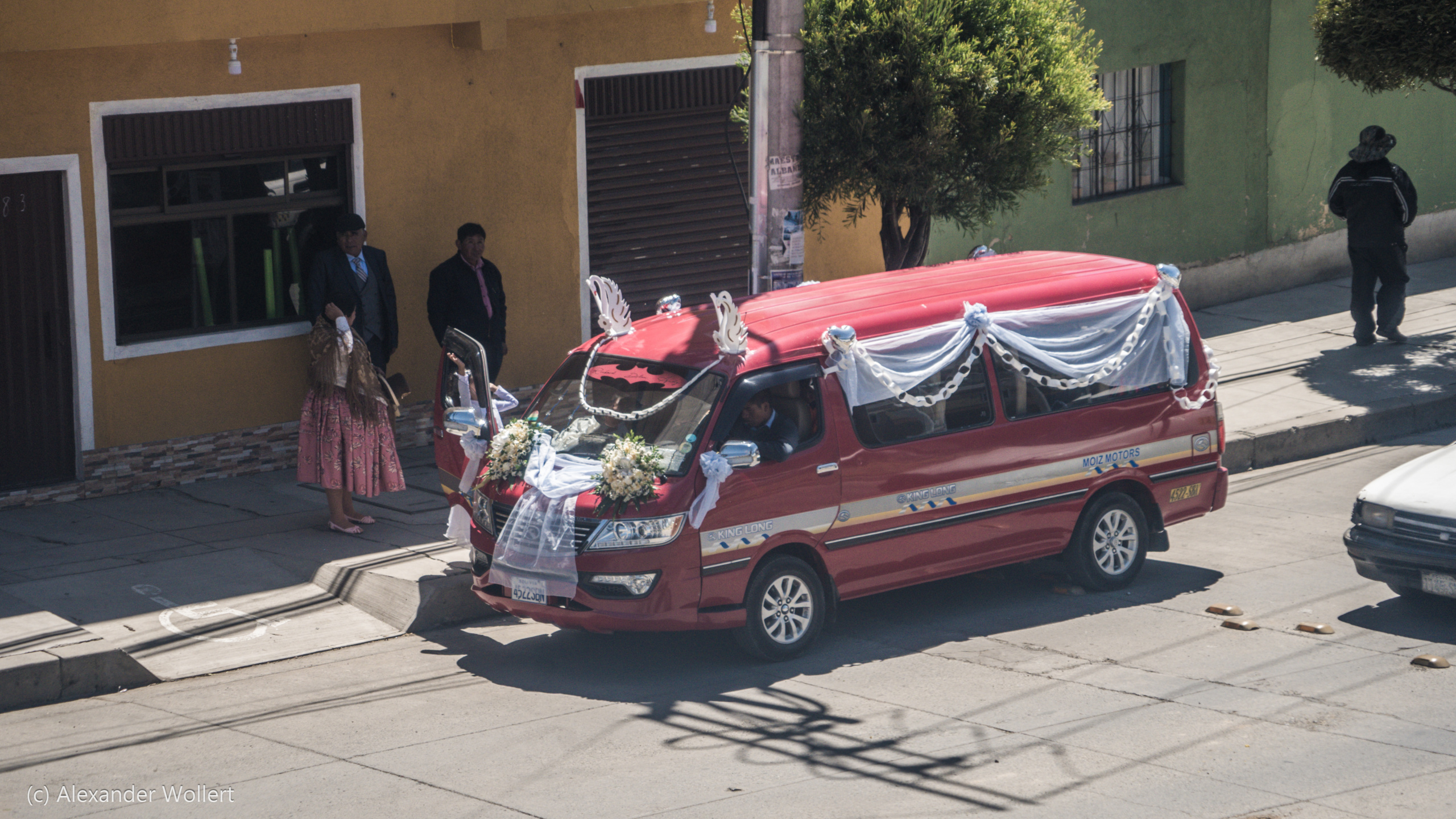



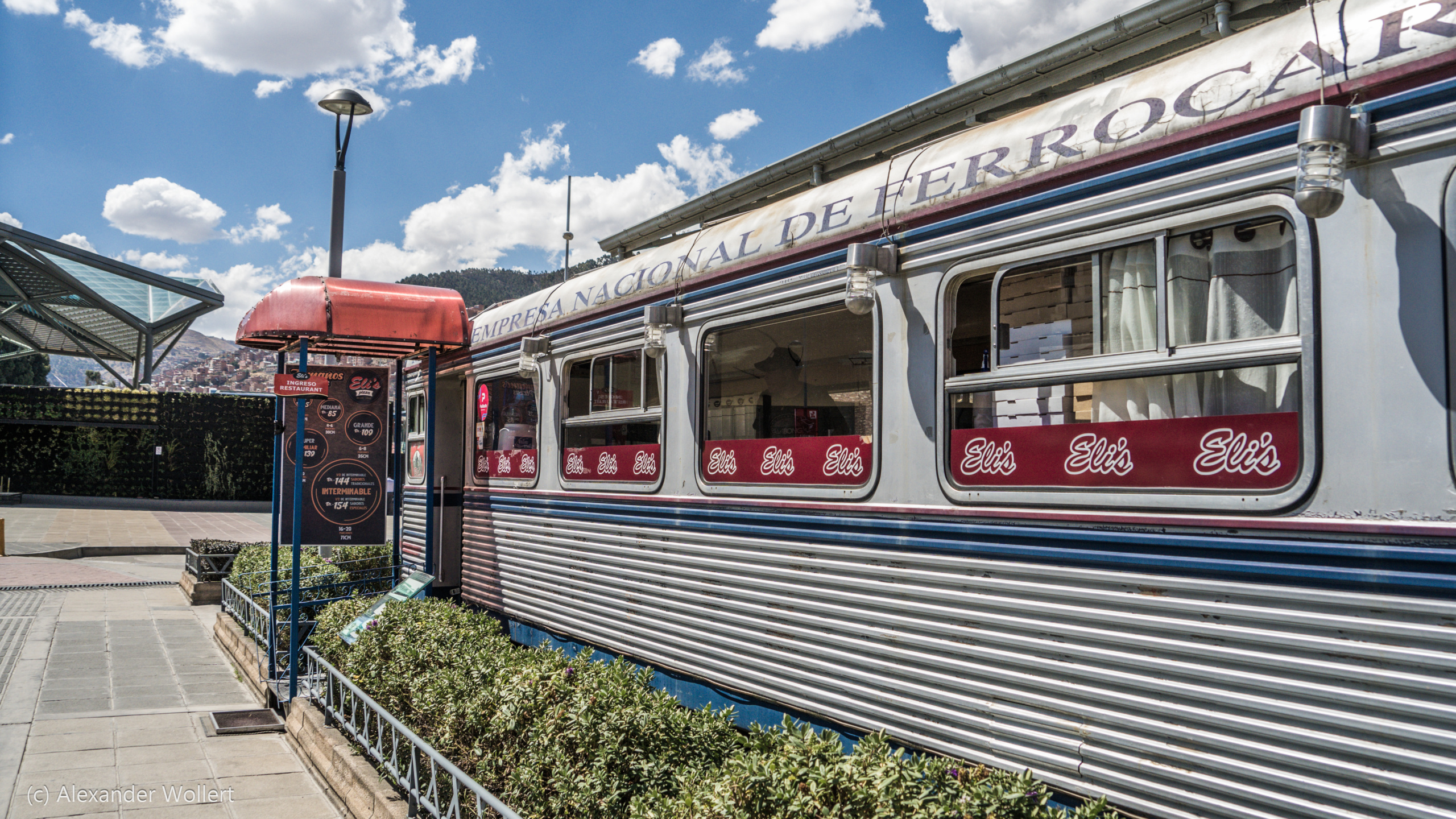
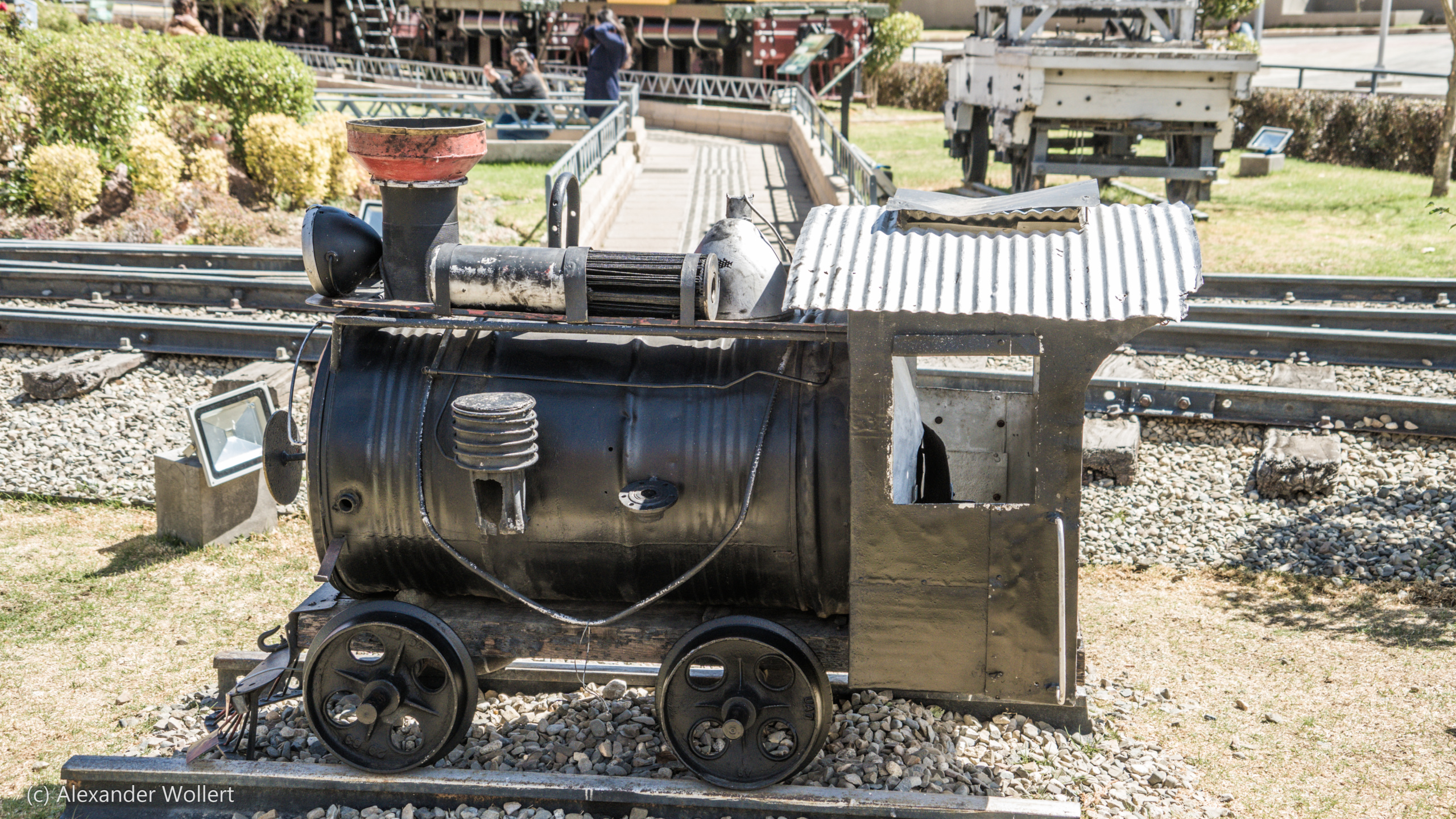
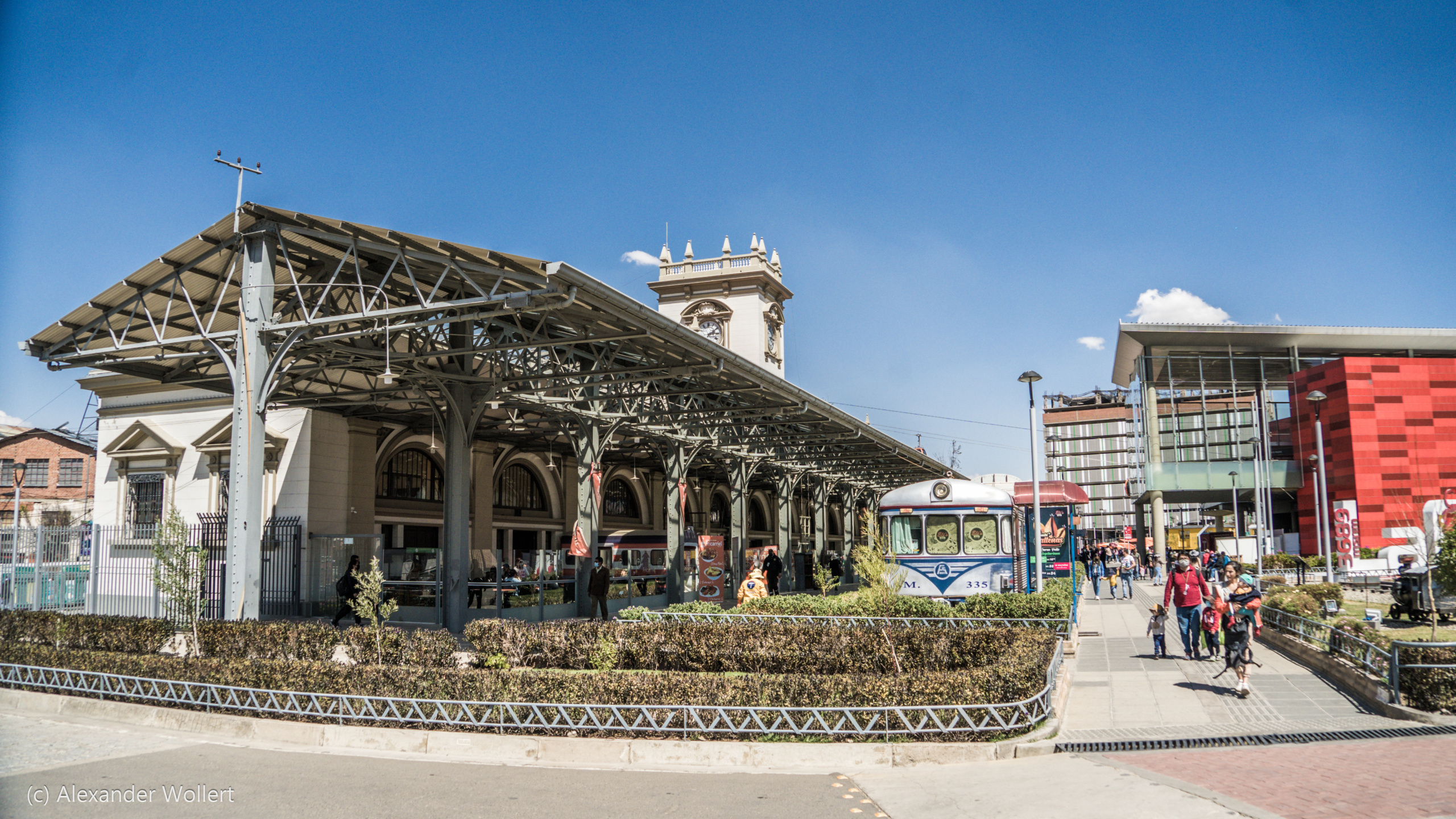
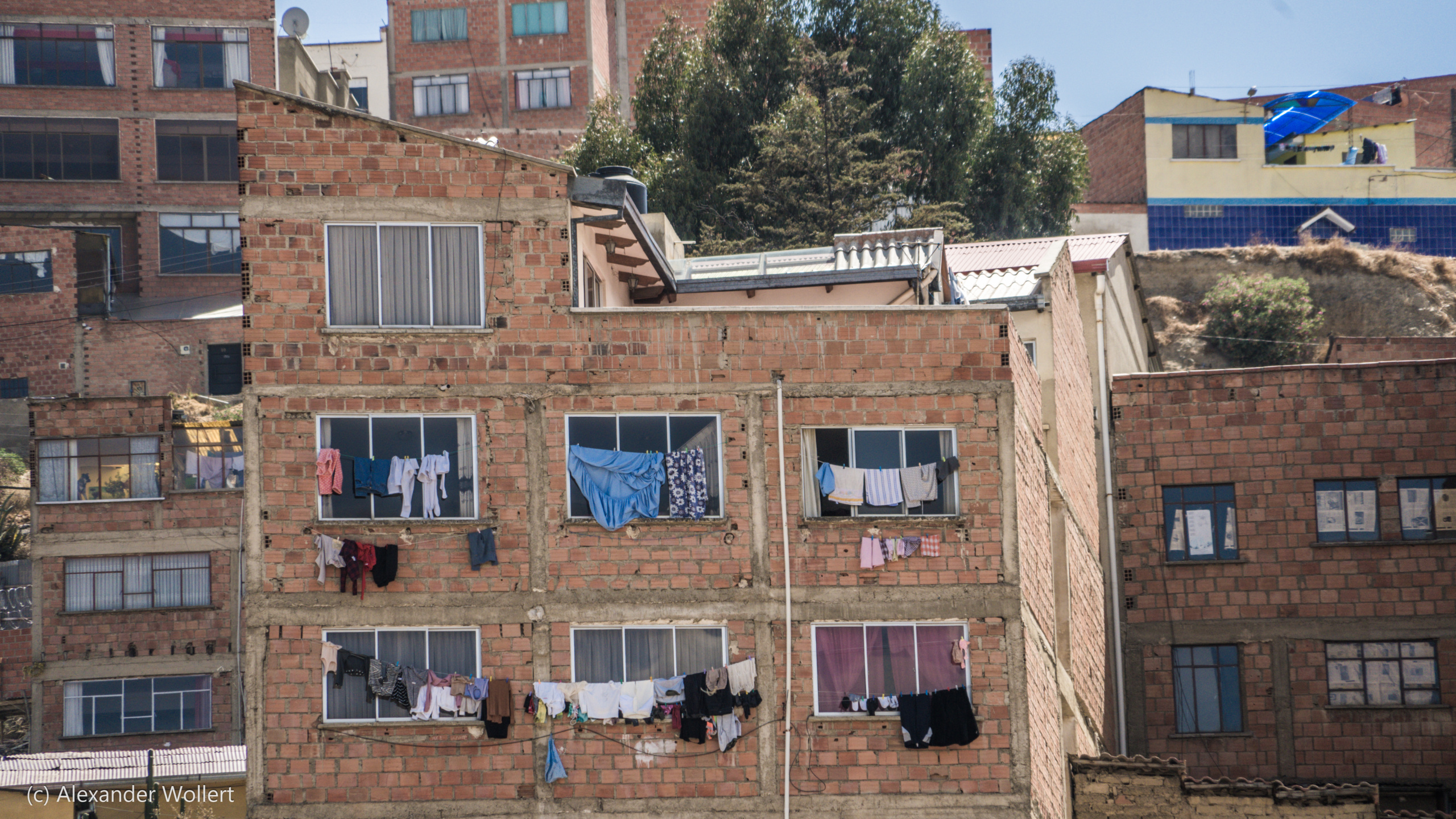
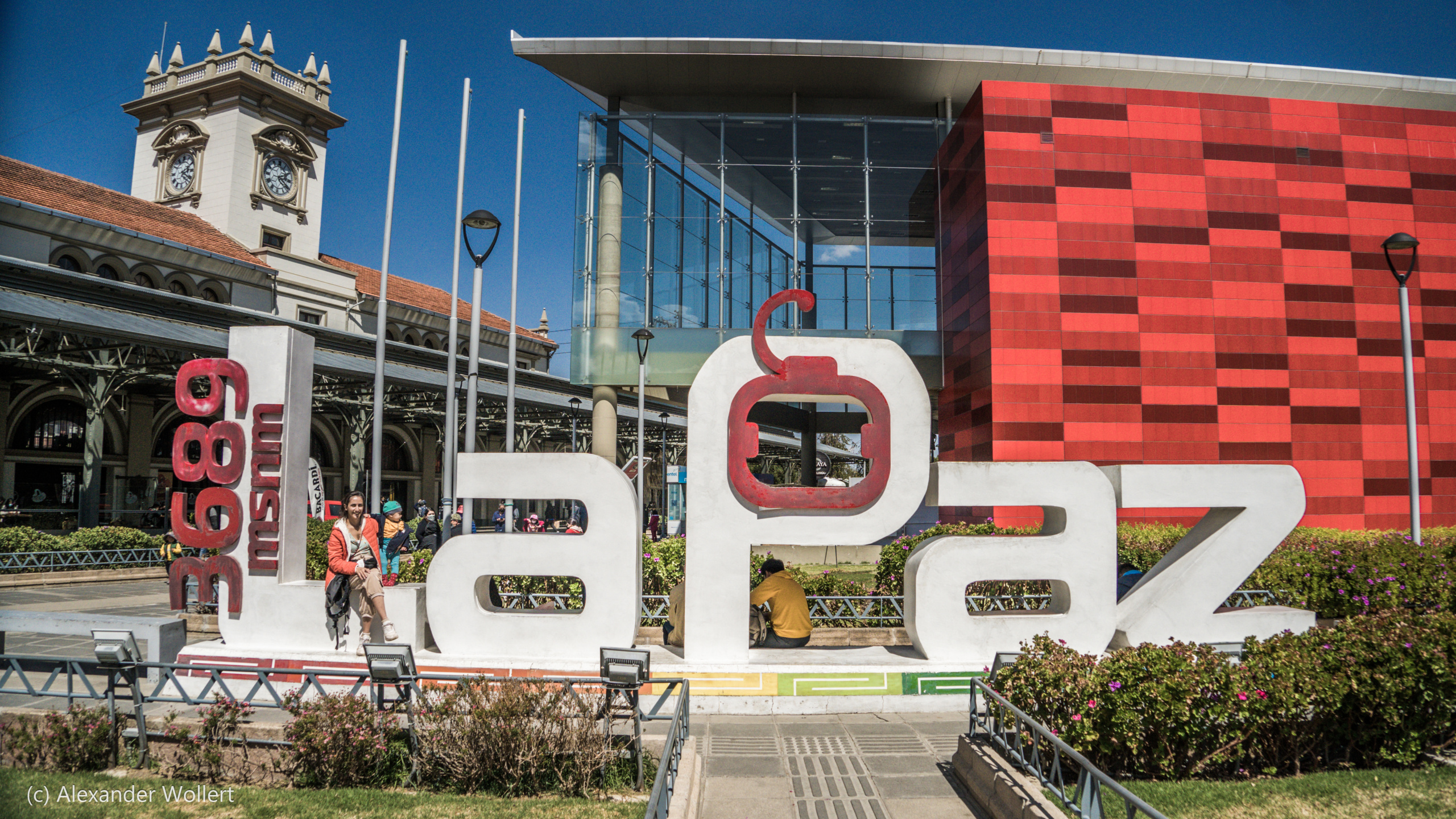
While Santa Cruz seemed very artificial to us and there was nothing to see but the cathedral, La Paz never ceases to amaze us. The panorama with the surrounding partly populated heights of the Andes is unbelievable. On a clear day, Mount Illimani towers above it like a titan. La Paz has a large old town and while Santa Cruz was laid out on the drawing board, La Paz is a bit chaotic in all areas.
You need a good level of fitness to climb heights in the maze of streets to get to your destination. There is also no Uber and you have to make do with traditional taxis. Unless you take the cable car. We also climb the heights to get to El Alto and look over the city from over 4000 meters above sea level.


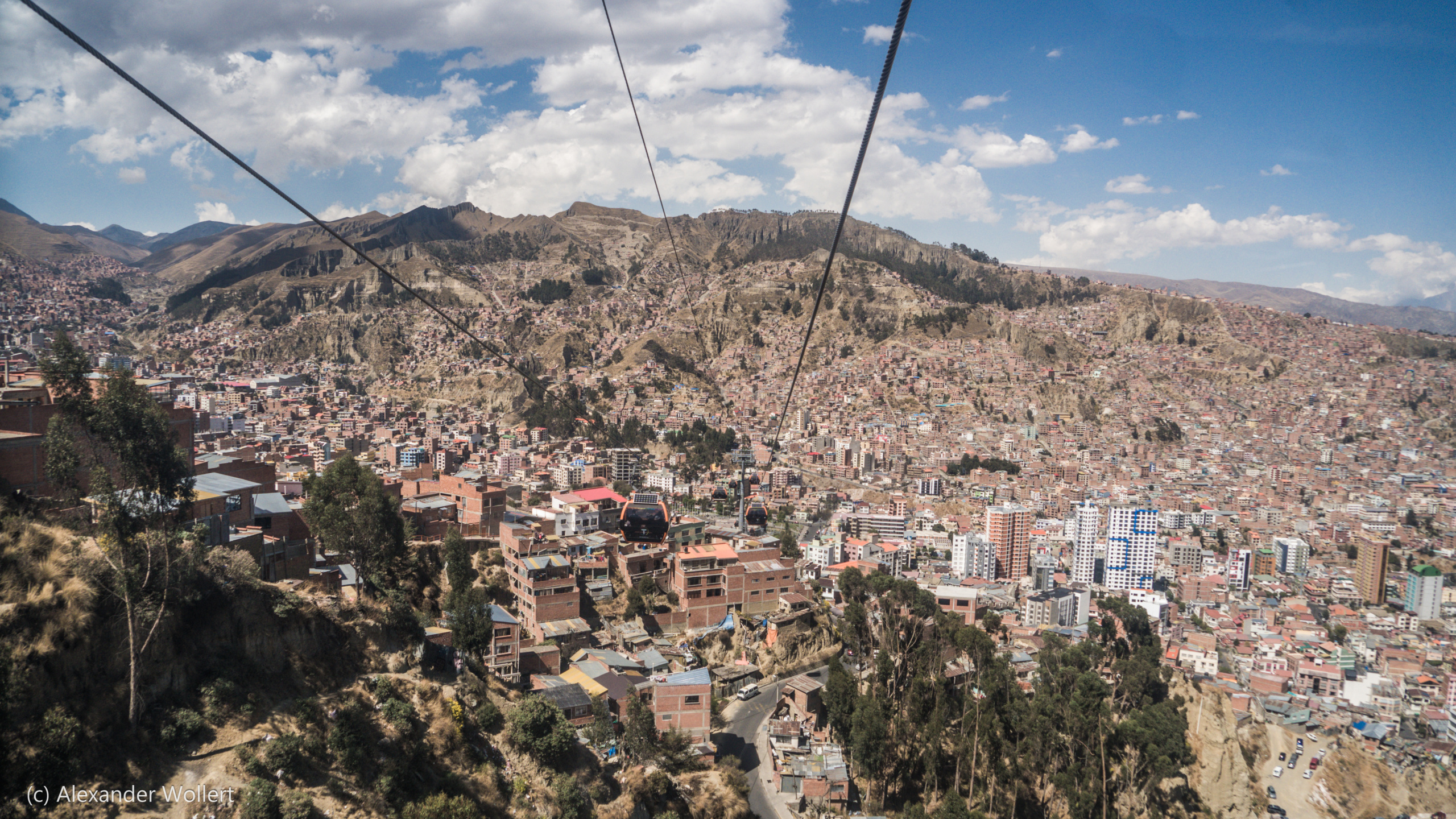
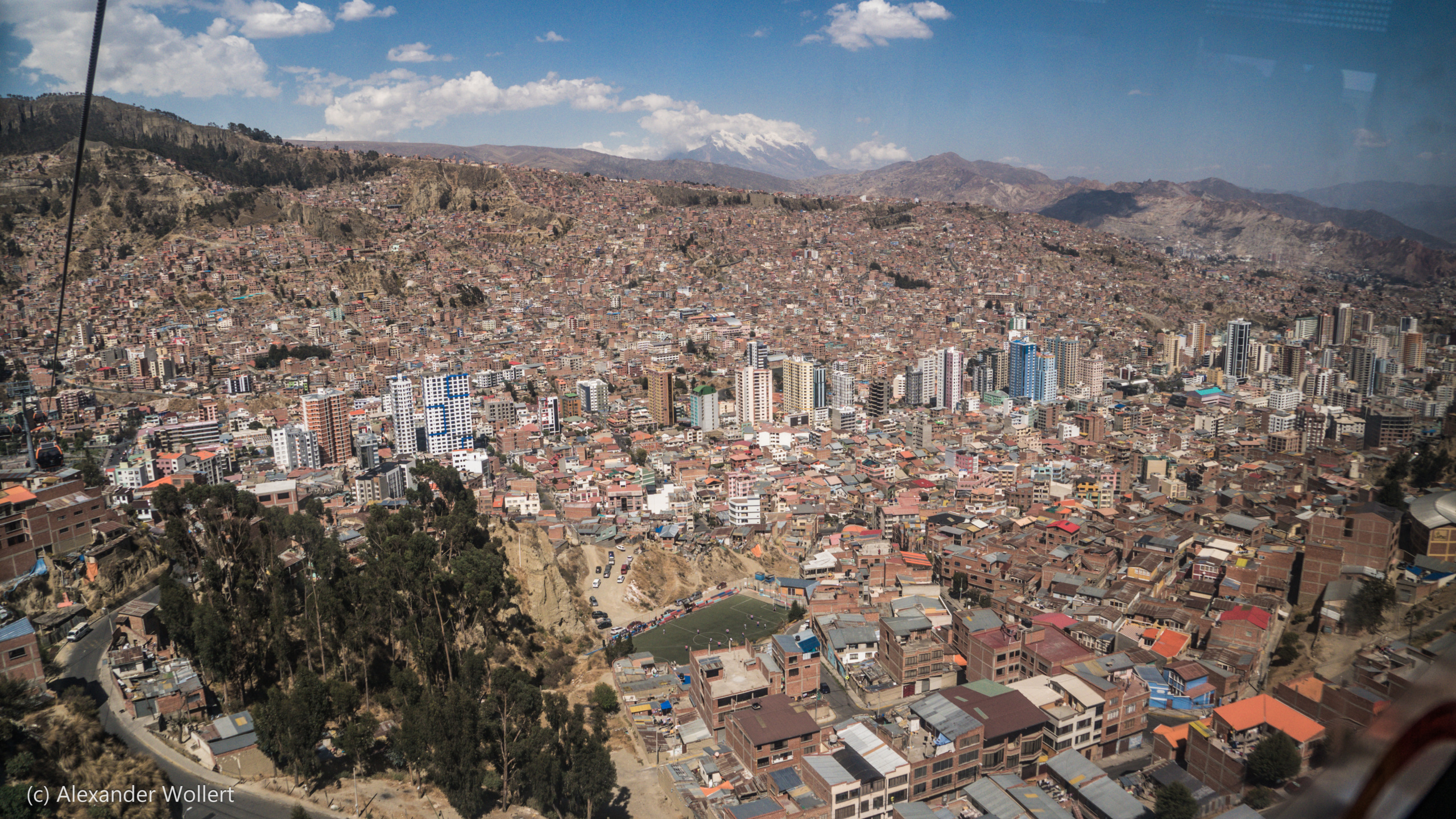
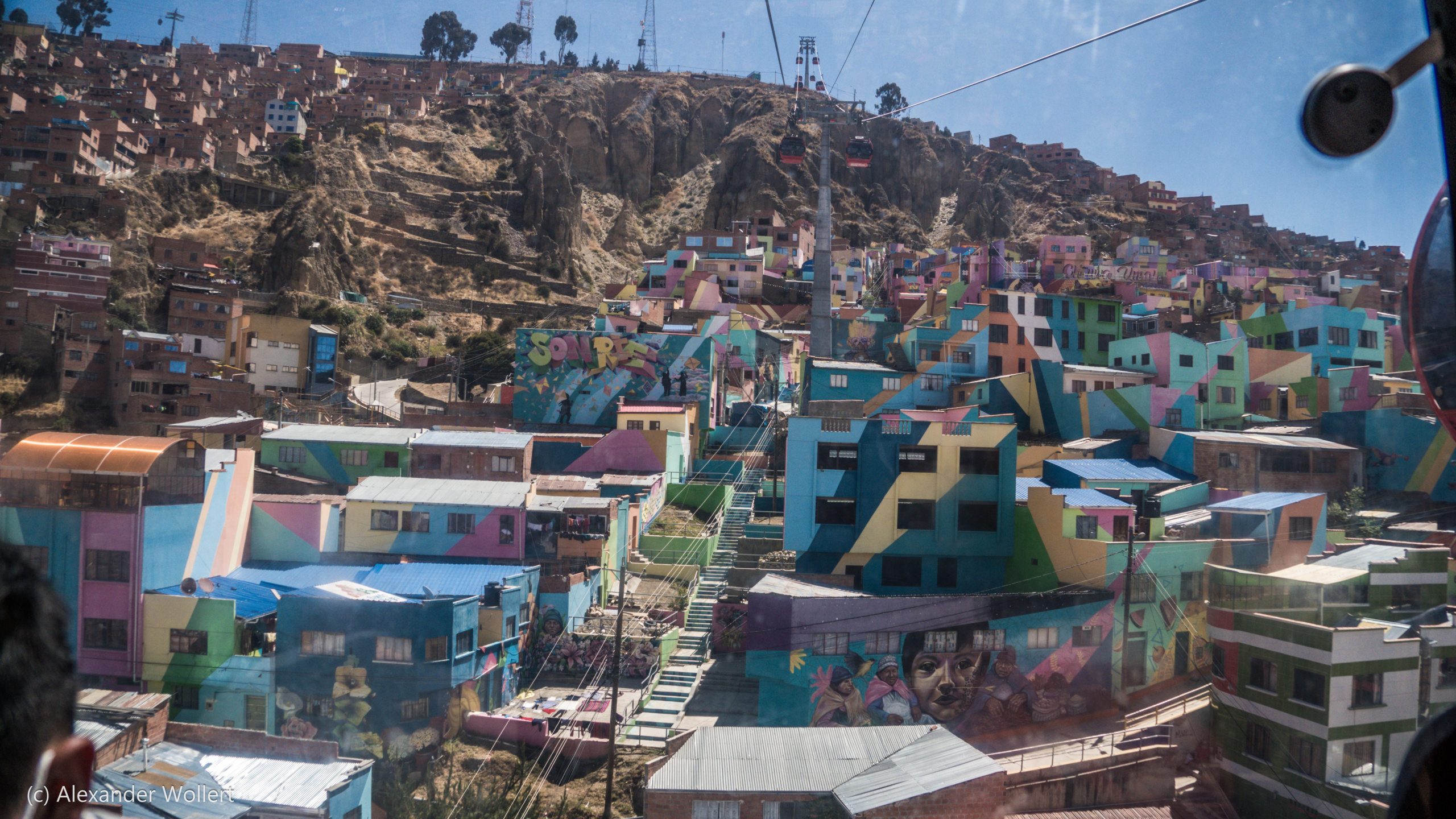
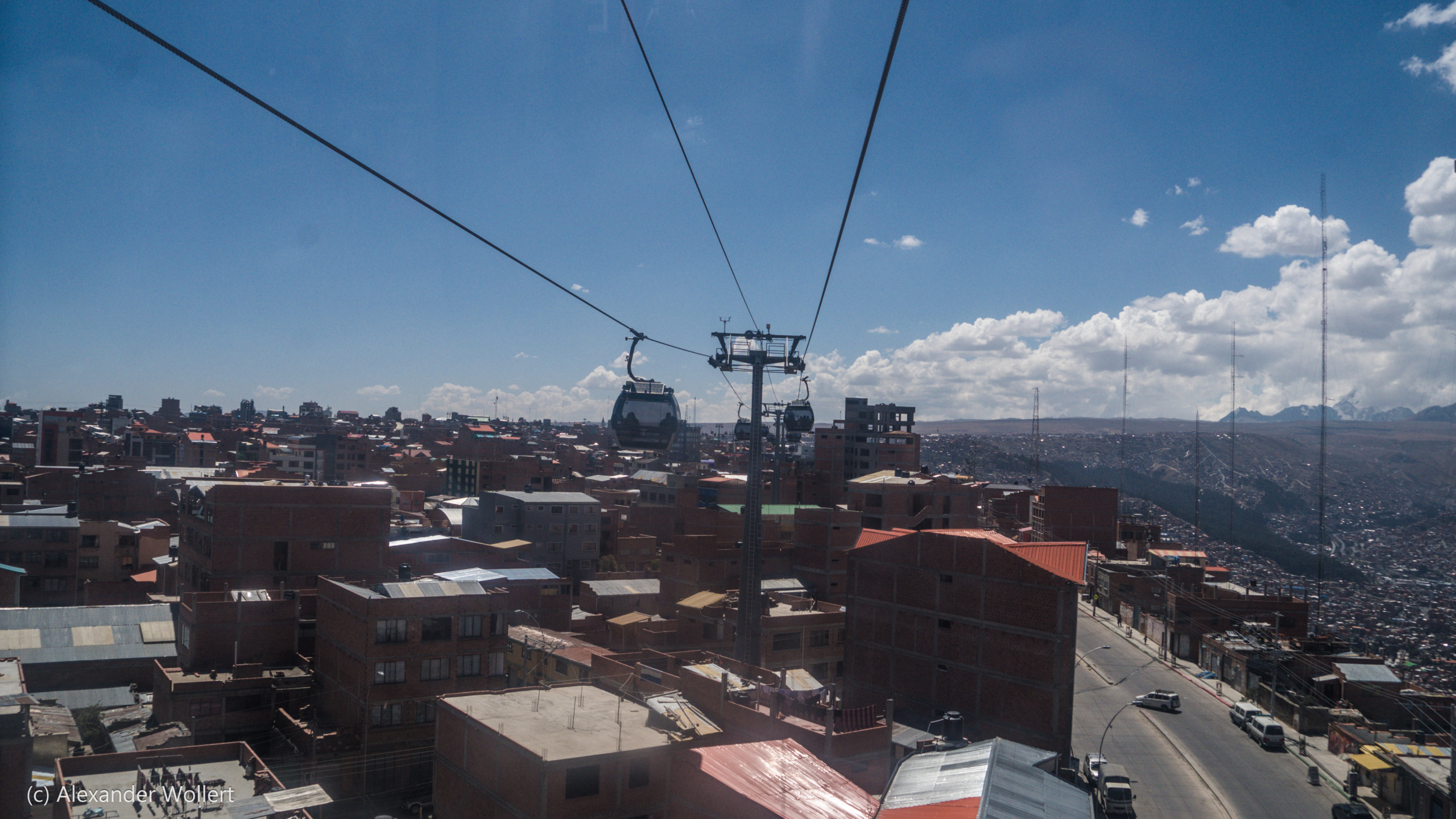

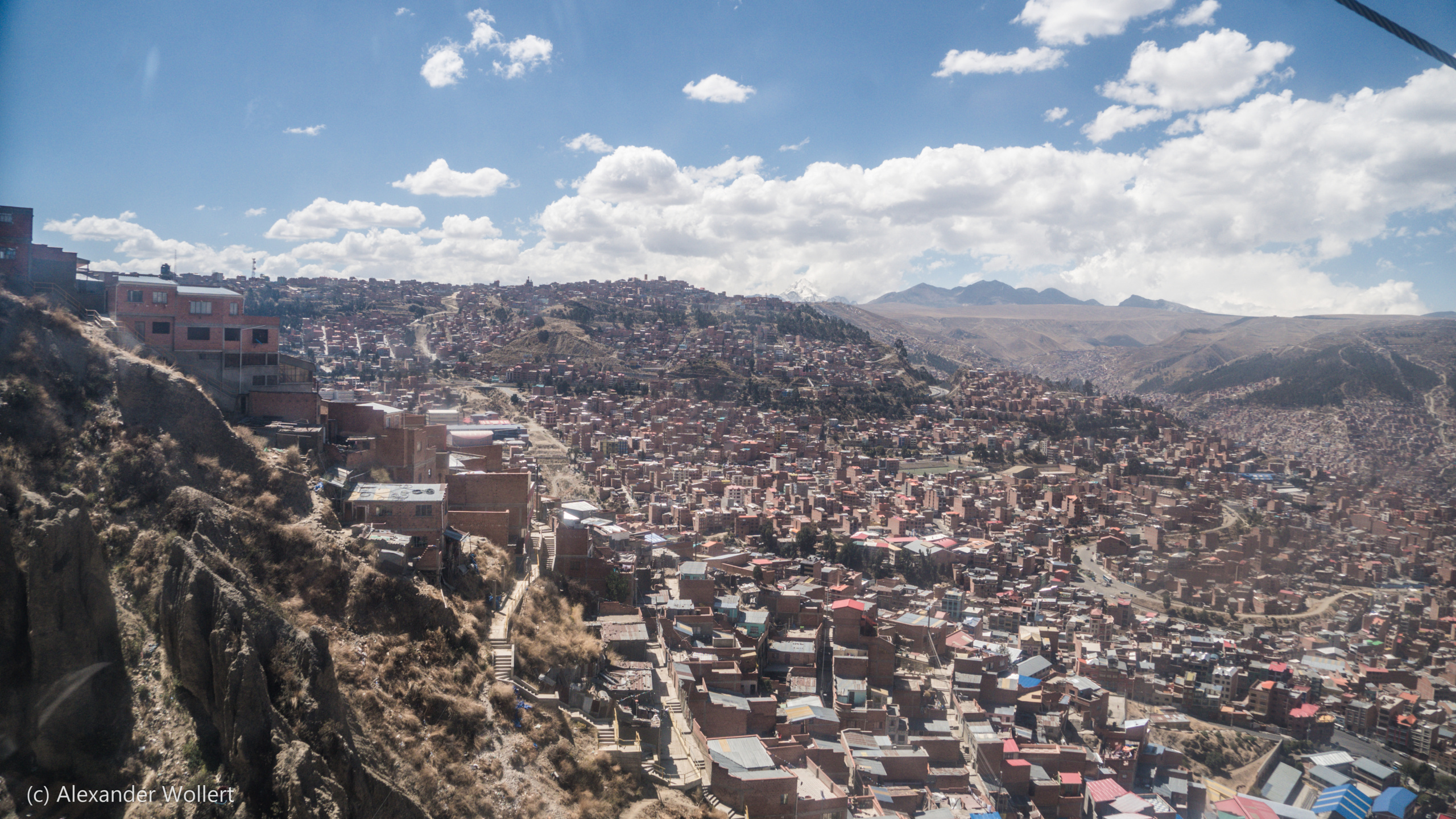
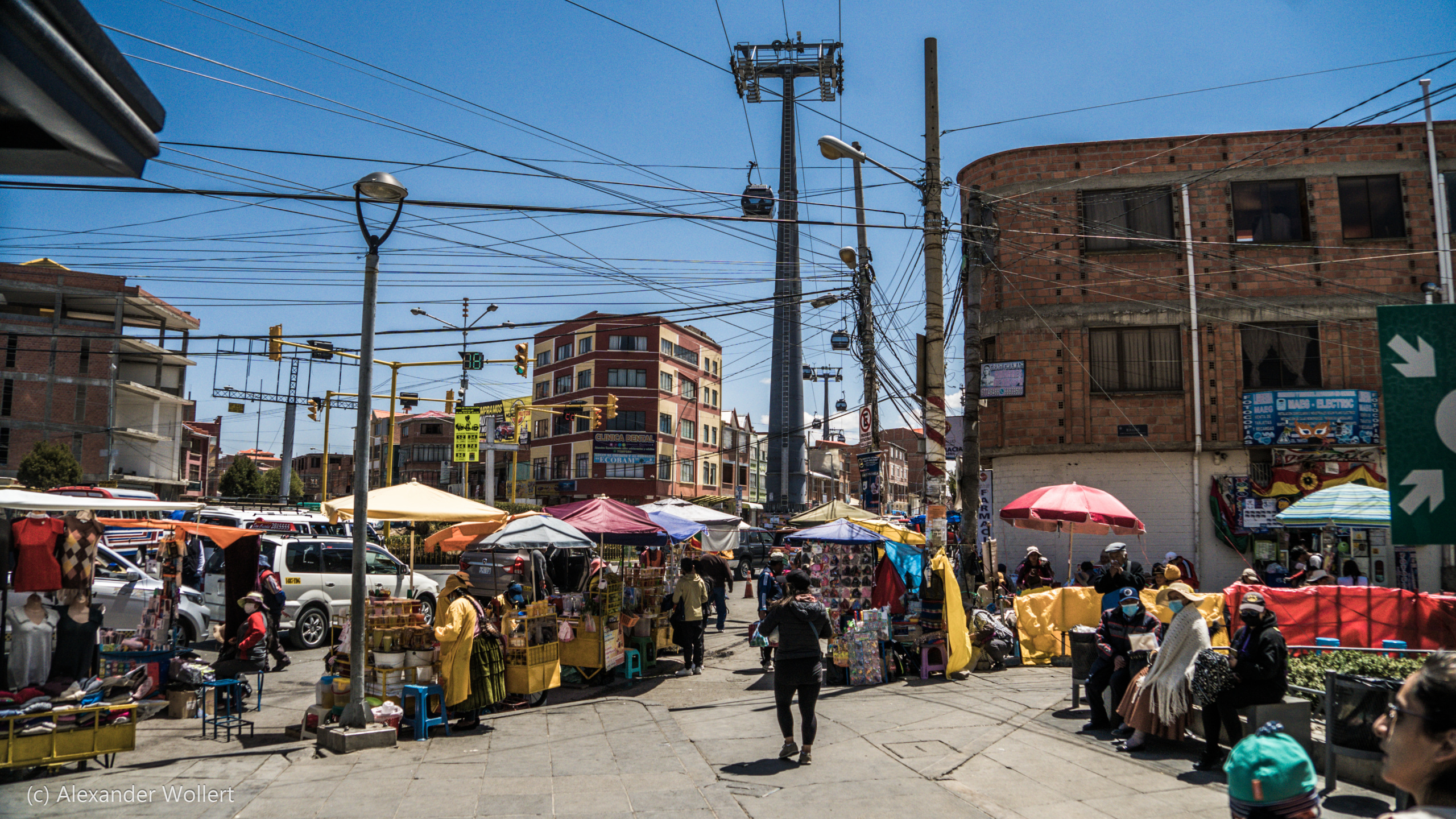
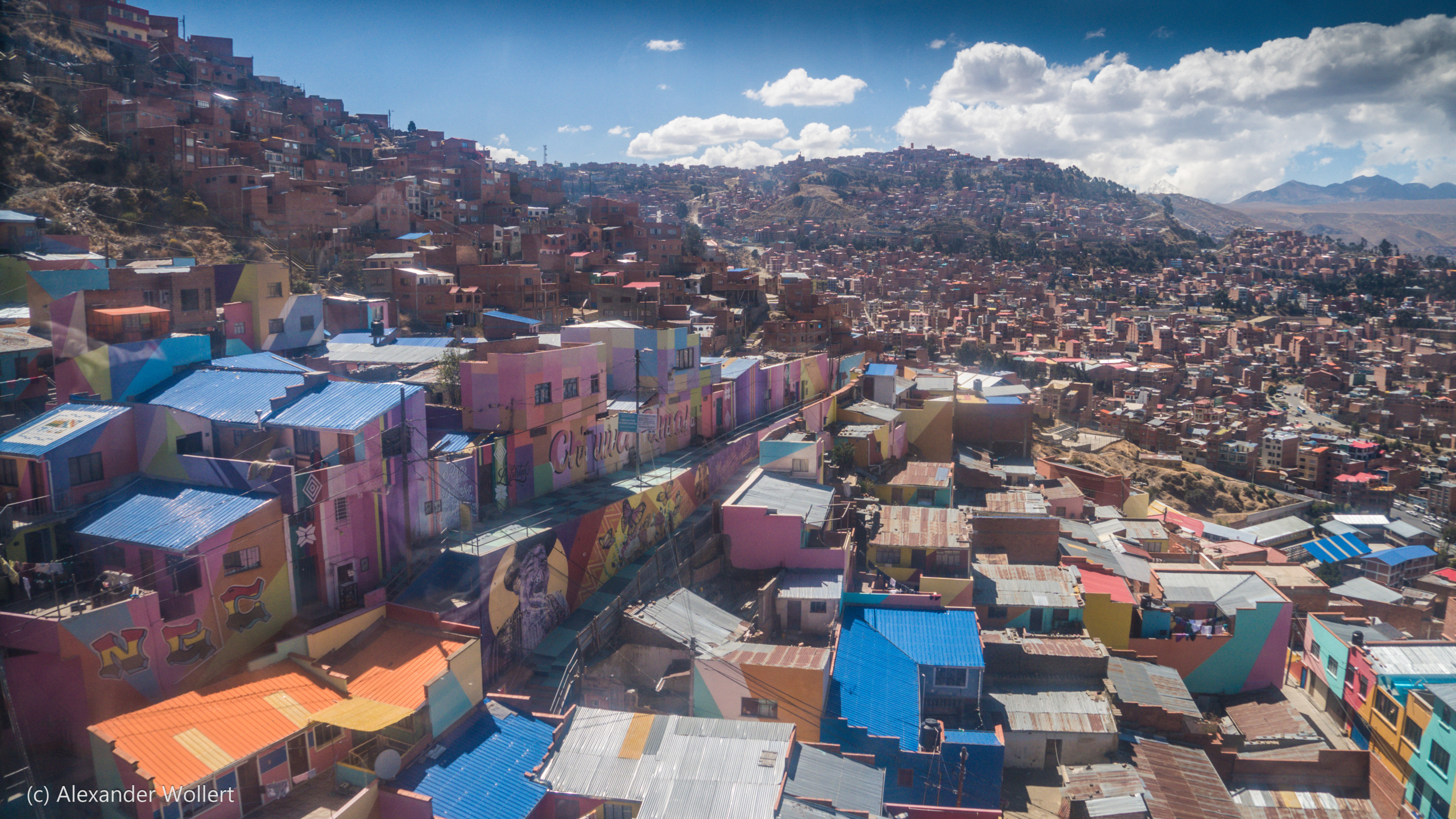
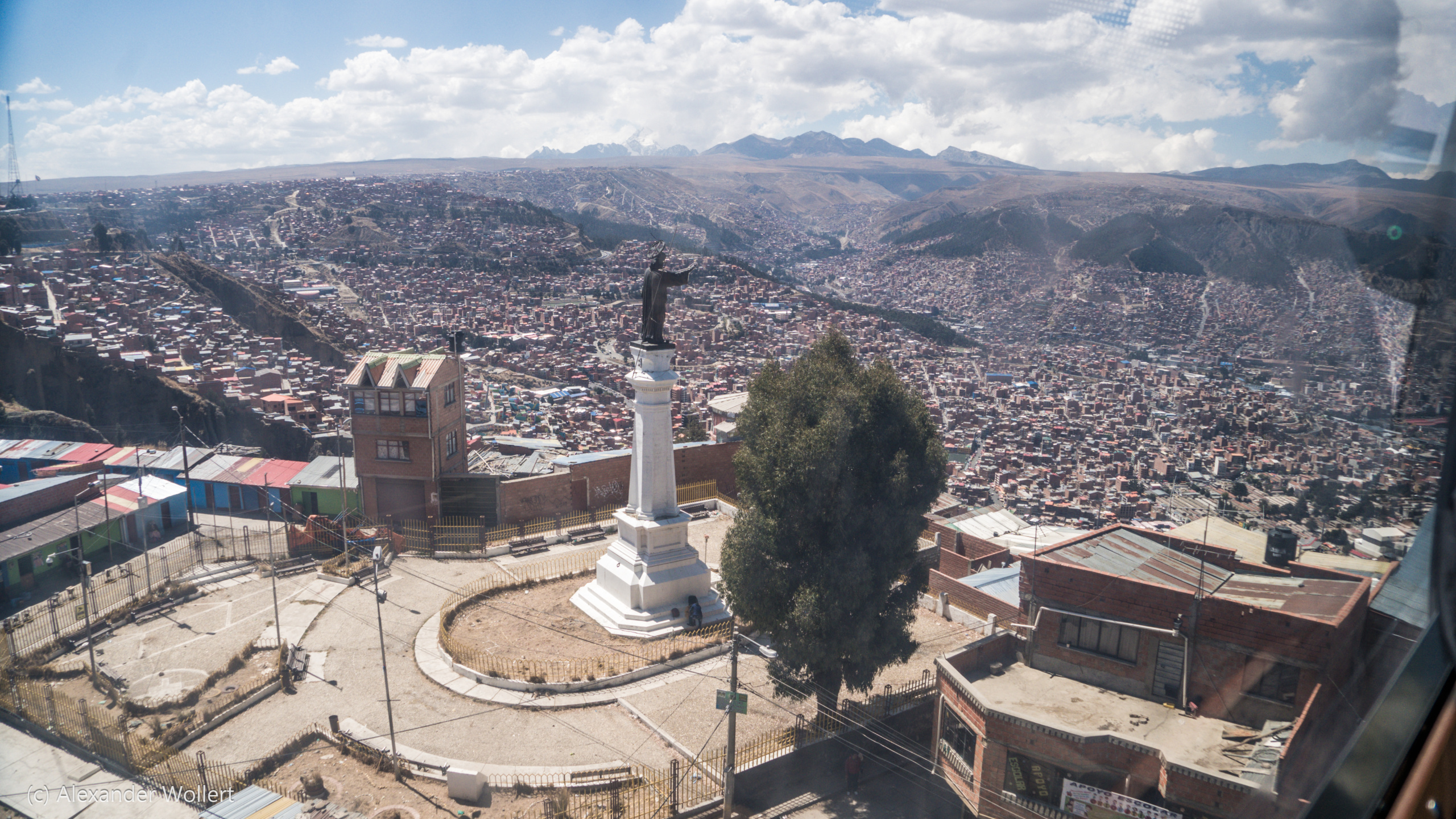


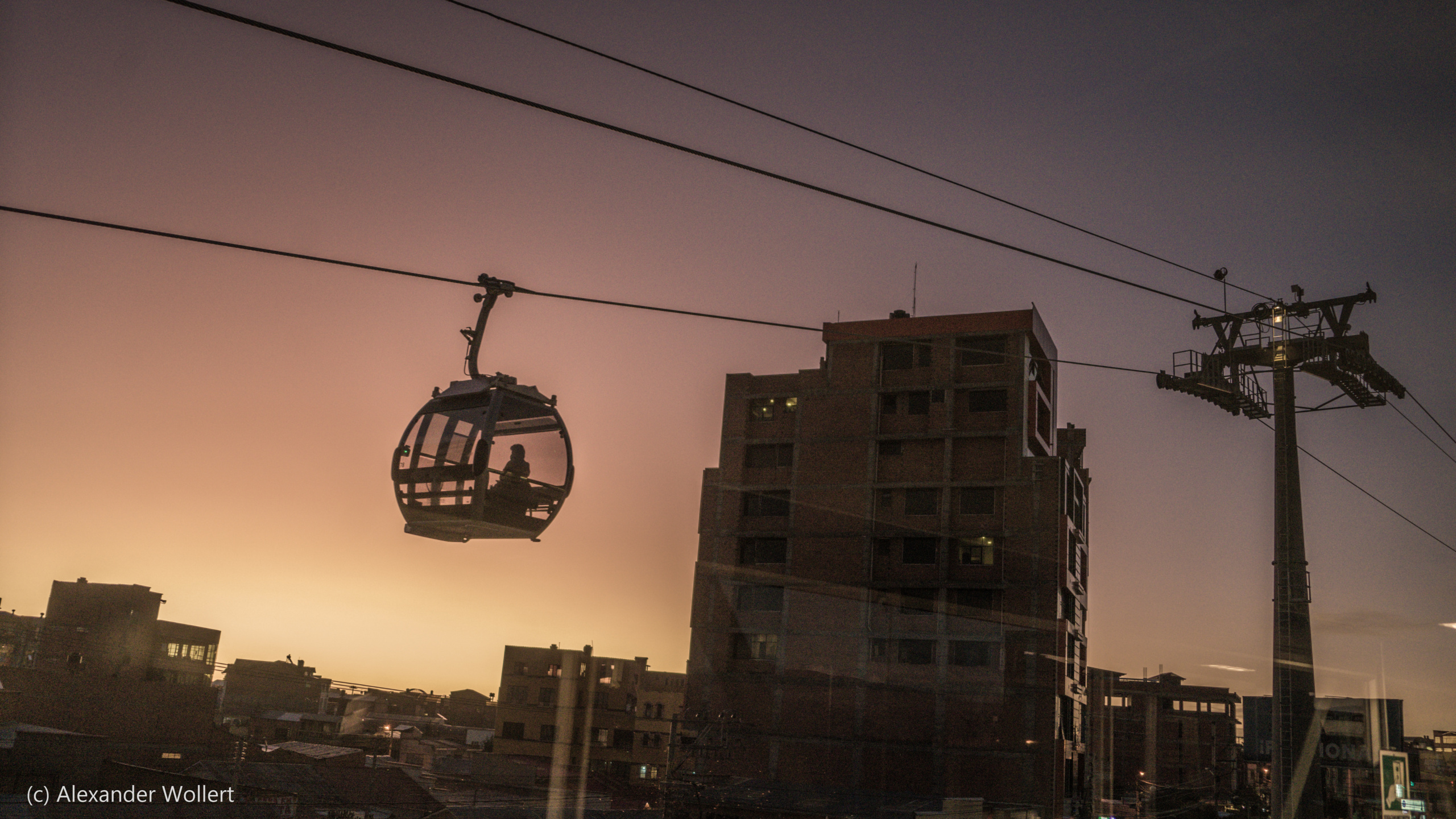
YOU NEED GOOD CONDITION FOR THIS CITY

Bolivia is a top producer of a particularly delicate product: coca. It is common to see men or women with chubby cheeks who appear to have stuffed themselves with the leaves of the plant. It is produced all over the country, but especially in the Yungas area, which we passed through on our way to La Paz. In the country, coca is used extensively for everything, be it tea, lemonade, to chew between meals or even as cocaine. At least I test the tea and it’s fine.
The coca business is booming and the country’s producers are powerful. The government wants to limit that power, but the coca industry is fighting back.
There are weekly riots by people in the neighborhoods leading to Yungas. Felix, the mechanic, explains to me that this coca cartel is winning the power struggle and has even taken control of the police.
On one of my test drives to La Cumbre, I got caught in the middle of one of these demonstrations and was forced to take a very steep detour.
We explore all sides of La Paz until our car is finally ready. Then we have to climb the height of El Alto to get to Lake Titicaca. But even here the car is overheating again and when we finally make it to the 4070 meters we end up in the middle of the chaos of El Alto. The streets were used by people as places for market stalls and it is from here that everyone seems to take their minibuses to the surrounding towns. This city is traffic hell. Only after hours of blood, sweat, oil and petrol do we emerge from the hustle and bustle and reach the open Altiplano, the wide plain between the peaks of the western and eastern Andes at an altitude of 4000 meters.
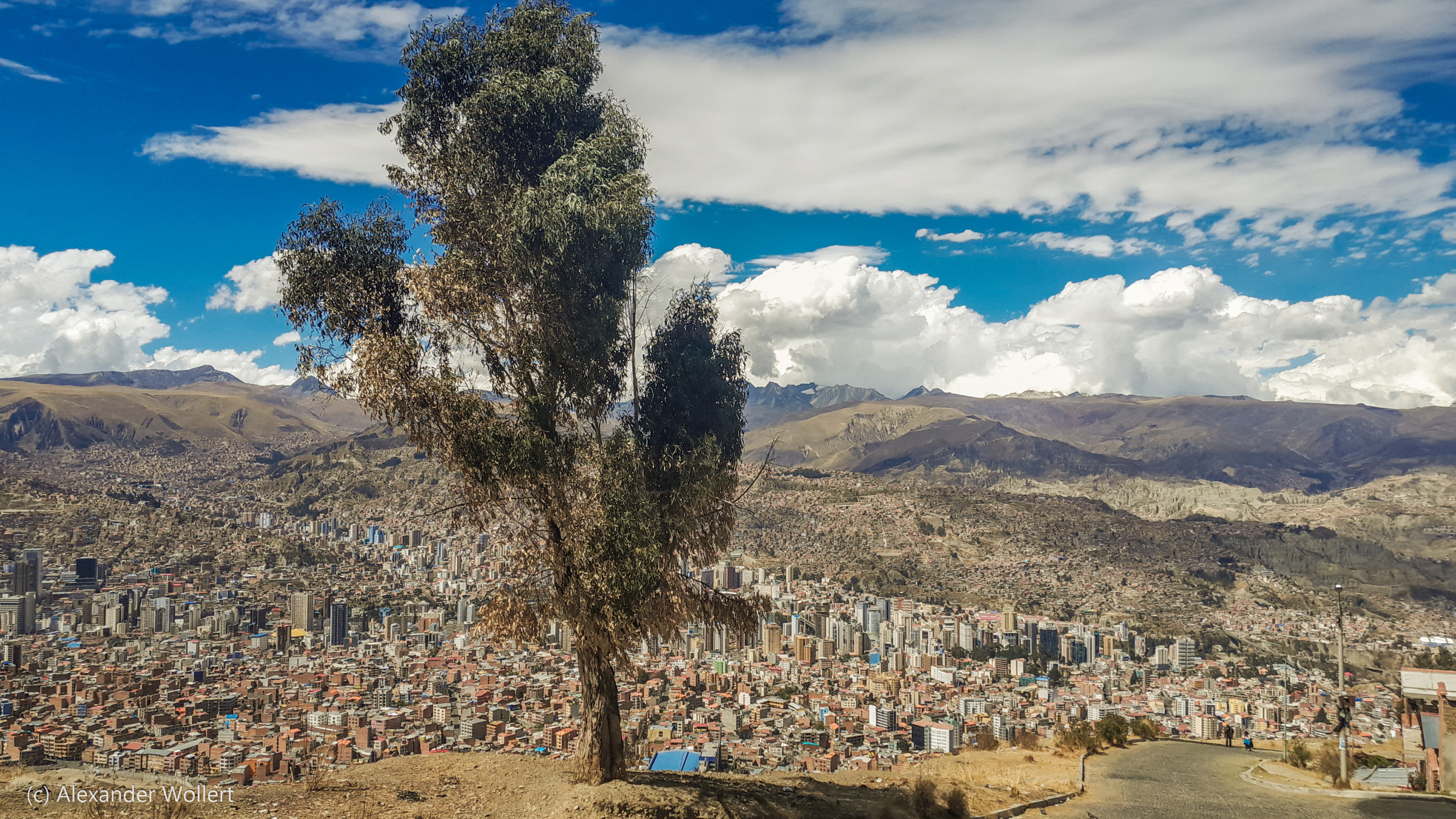


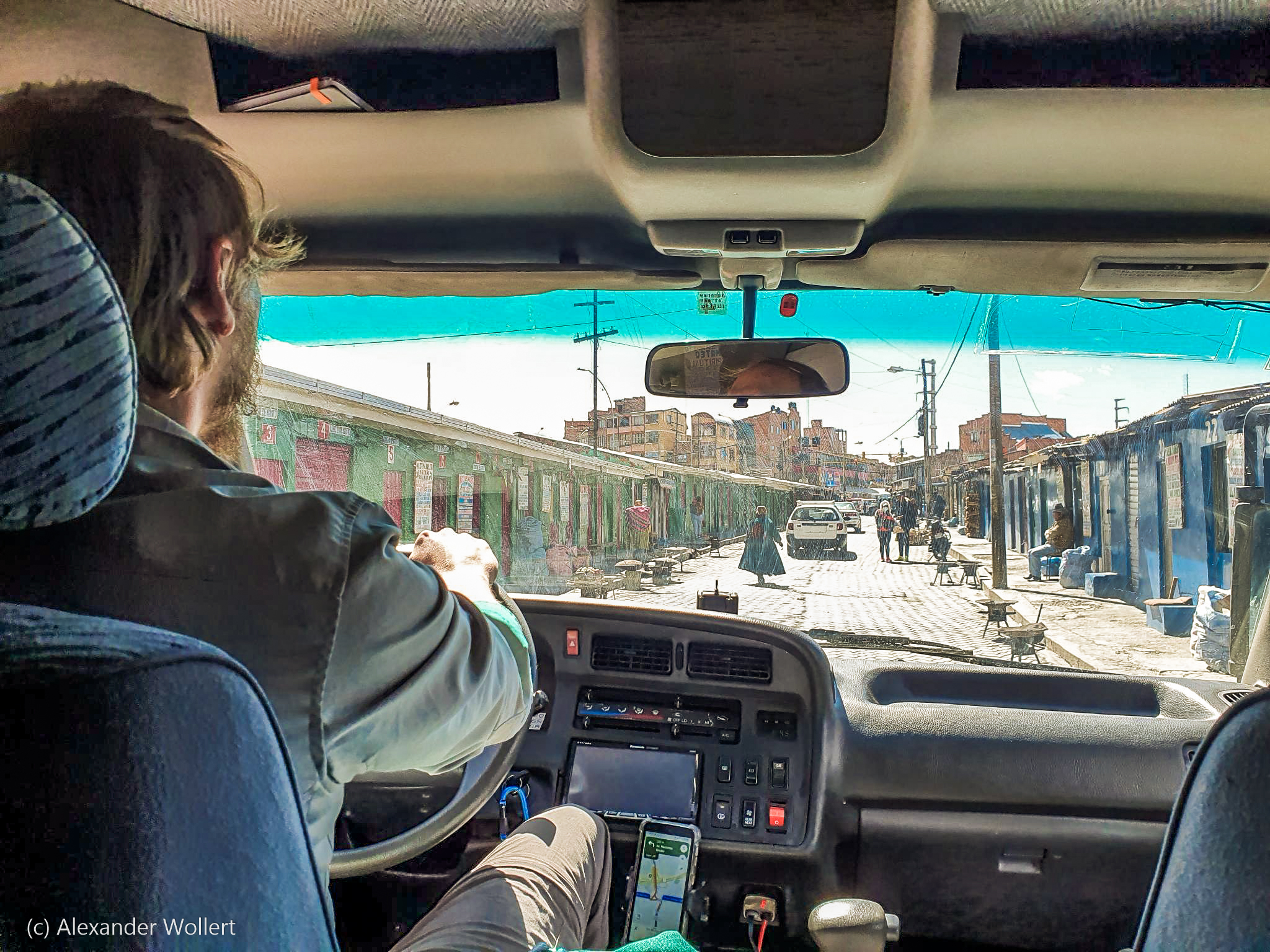
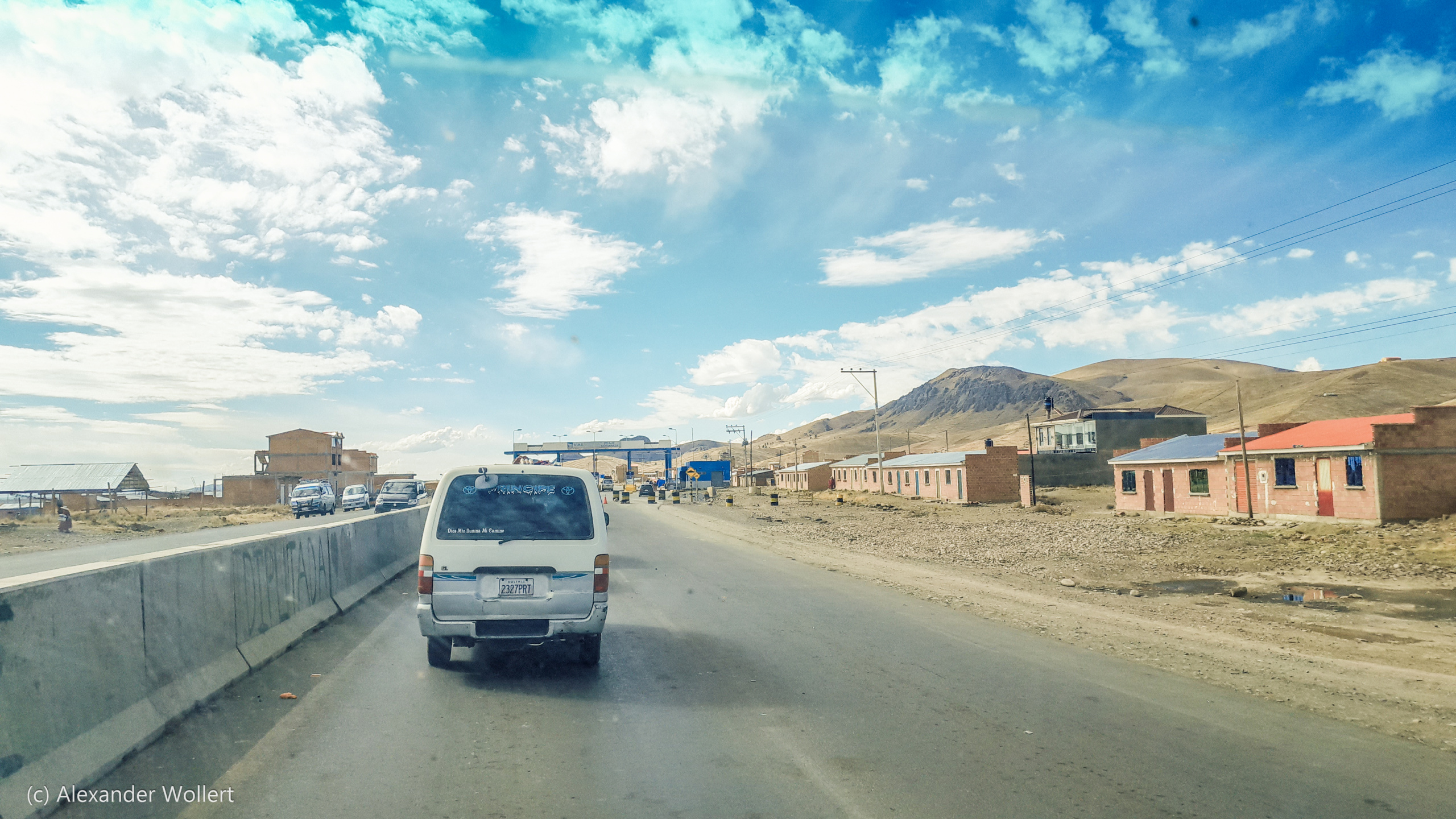
After our breakdown at 4703 meters we have plenty of time to get to know La Paz. This city fascinates and shows us many of its faces. We see the contrasts of modernity and tradition on every corner. Through the teleféricos we can easily get to any part of the city and see the full extent of it and its mountains above the clouds.
On the streets we see business people next to traditionally dressed women, the cholitas that give La Paz its special personal character. These tradition-conscious women are also business-savvy, running kiosks for newspapers and fruit, but also magical paraphernalia for everyday spells. And they can fight!
The streets of La Paz are lined with high-rise glass buildings and crumbling old buildings. However, you can find incredibly beautiful street art in all neighborhoods. The artist quarter with its market is characterized by special graffiti. But the city’s huge cemetery, the Cementario General de La Paz, is not only a place of rest for the dead, but a small town in its own right, in which the deceased are commemorated with sadly beautiful murals.
As we leave the city, our car struggles again with the steep incline and altitude. Finally we reach the legendary Lake Titicaca via the Altiplano and stumble upon the traces of Thor Heyerdahl’s Kon Tiki.
